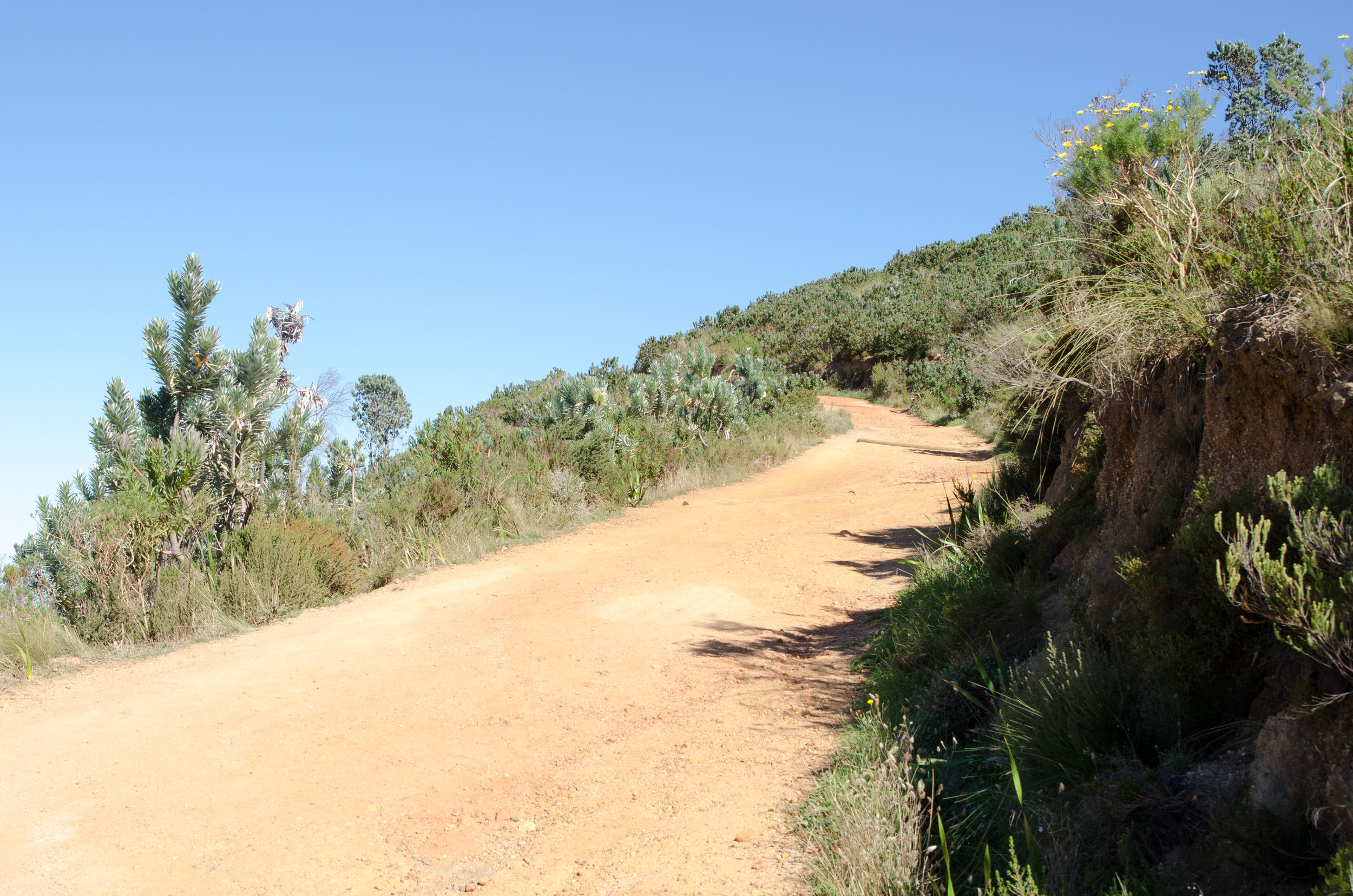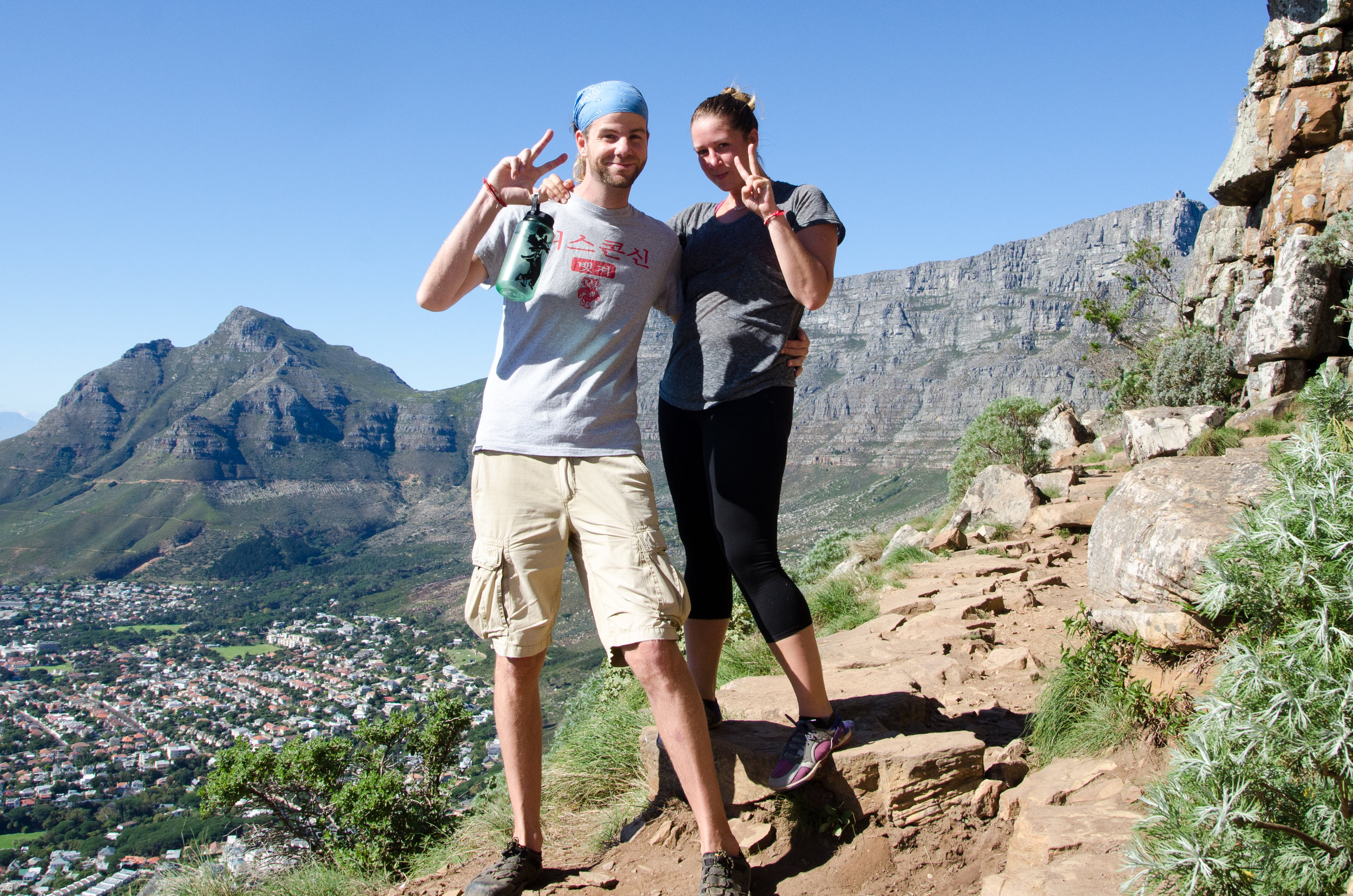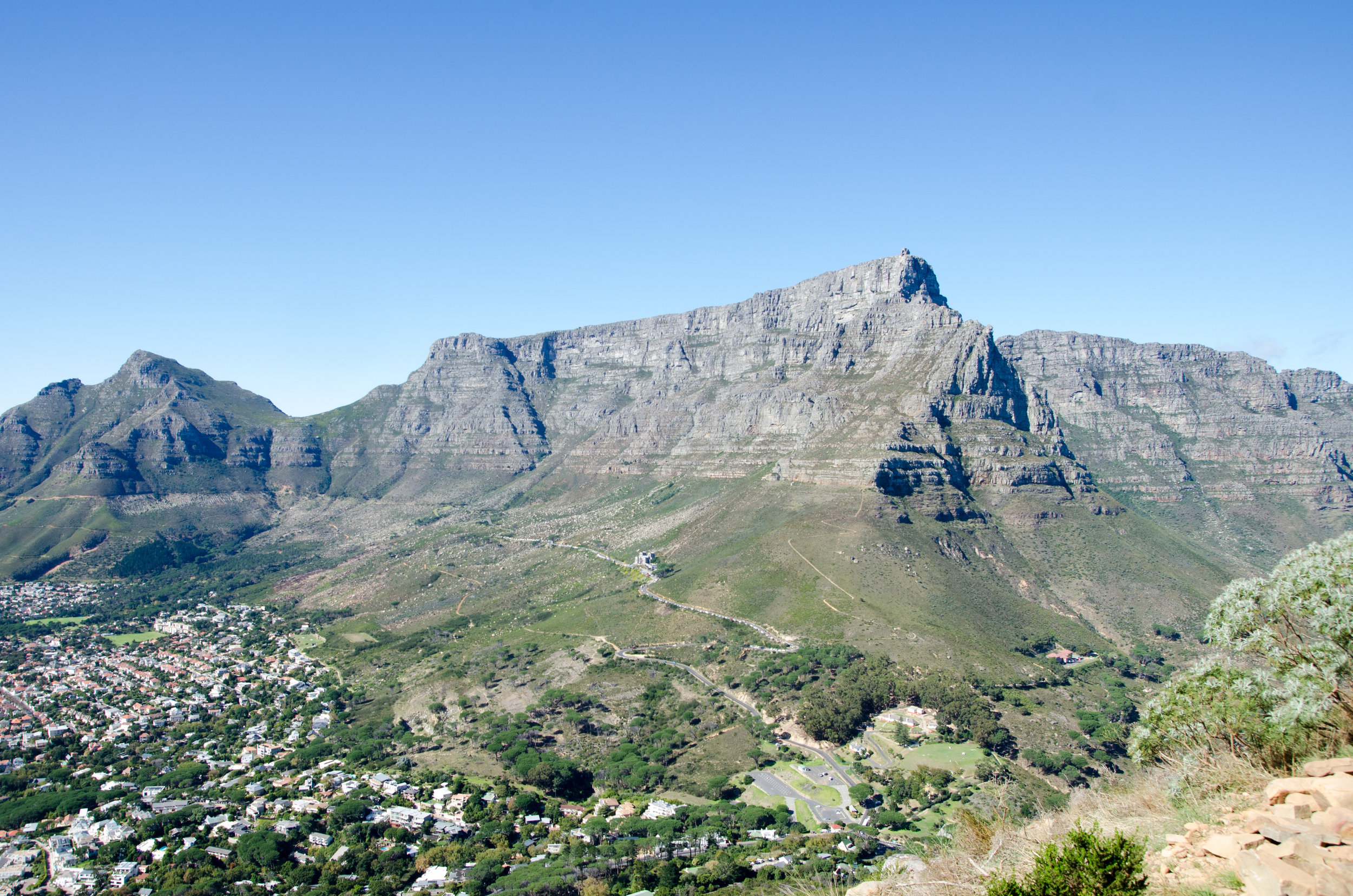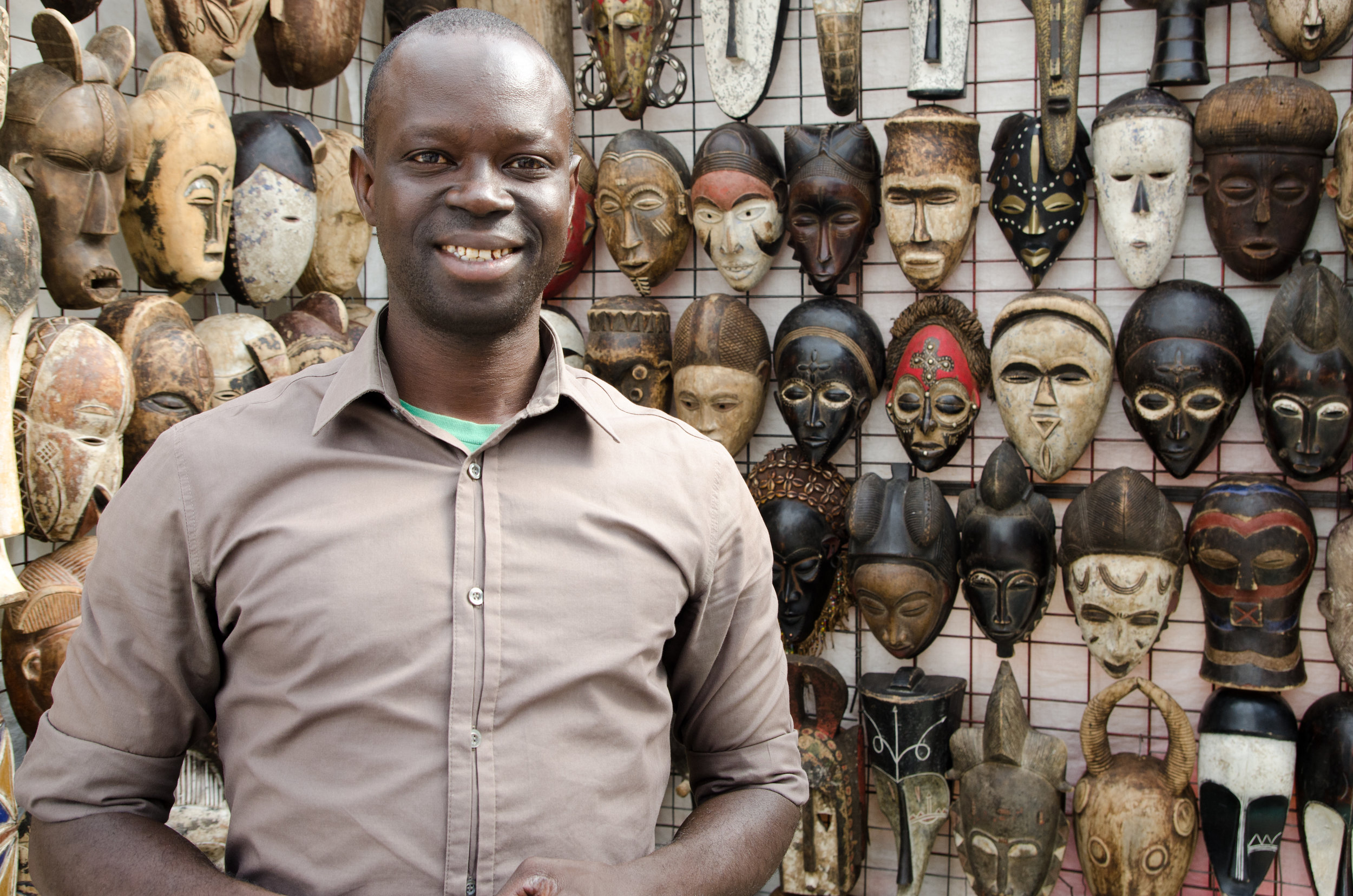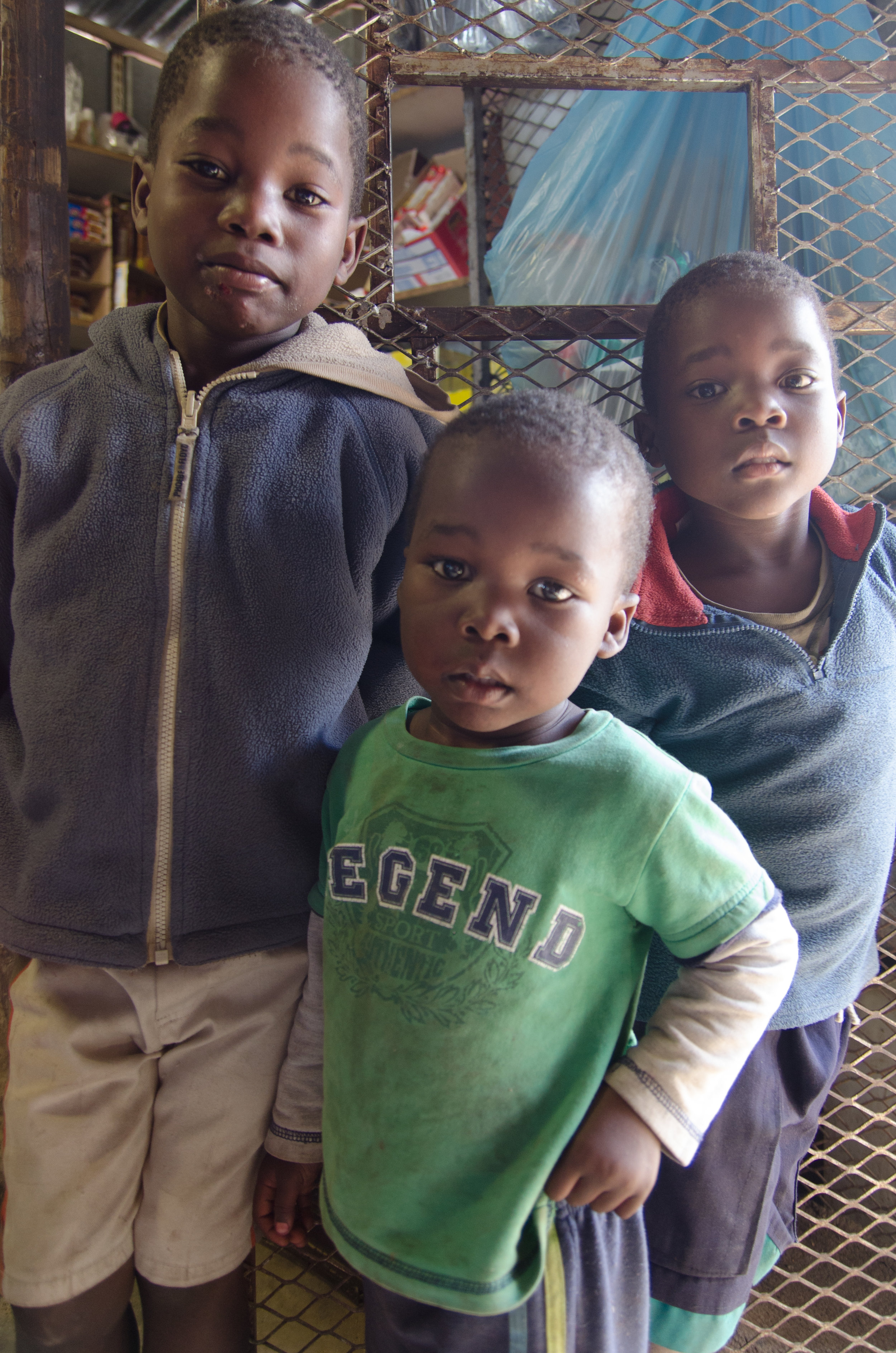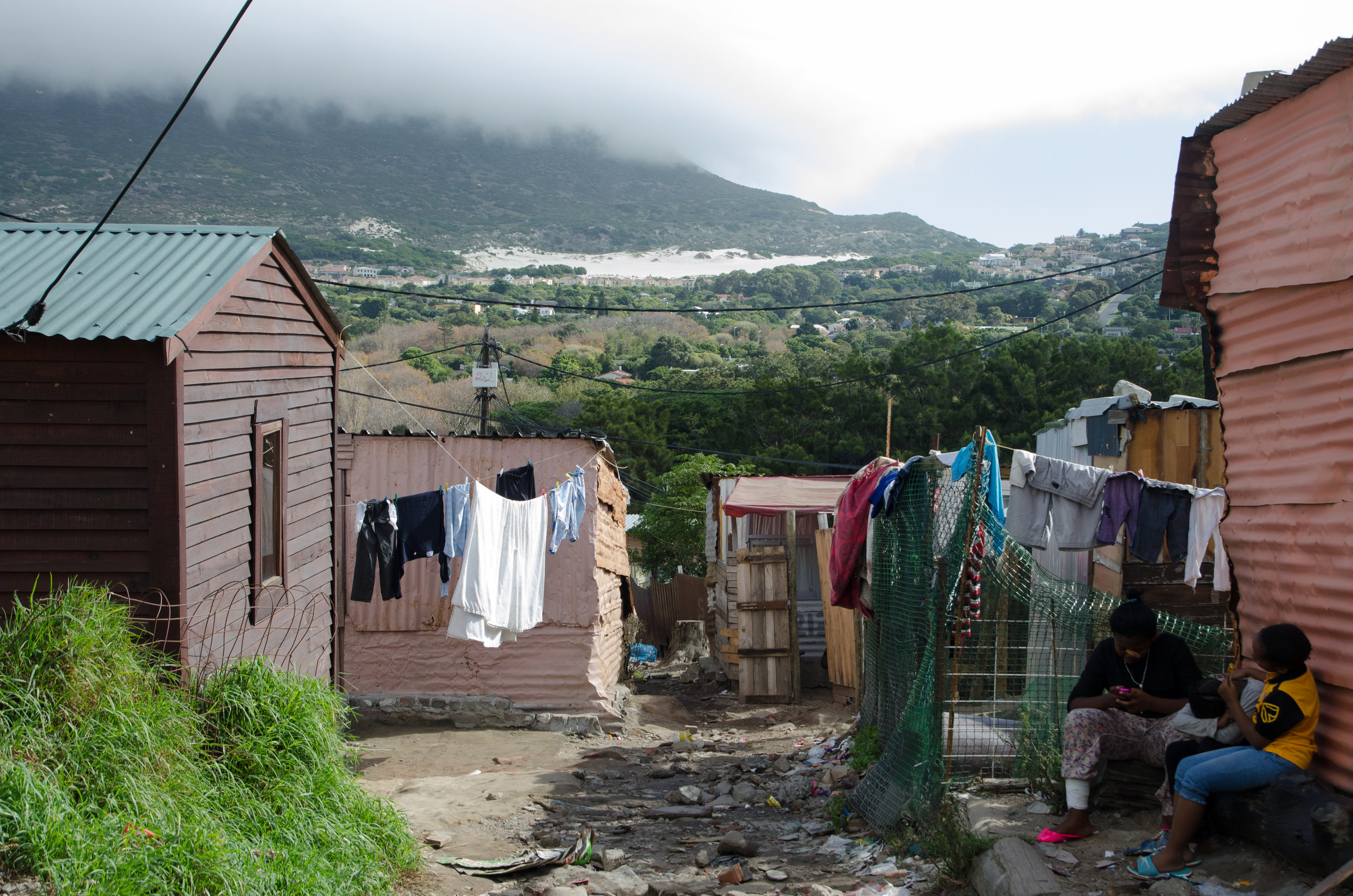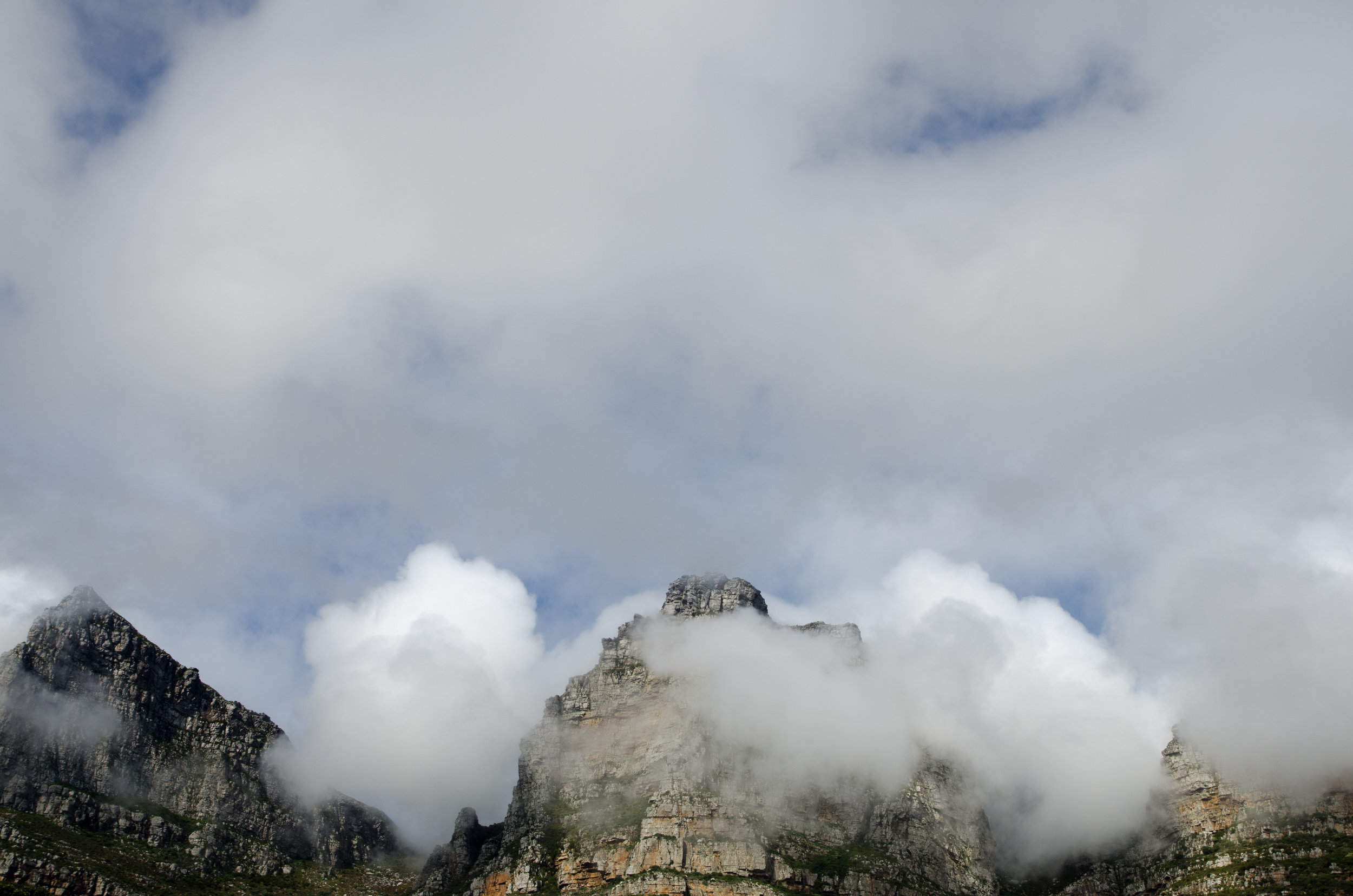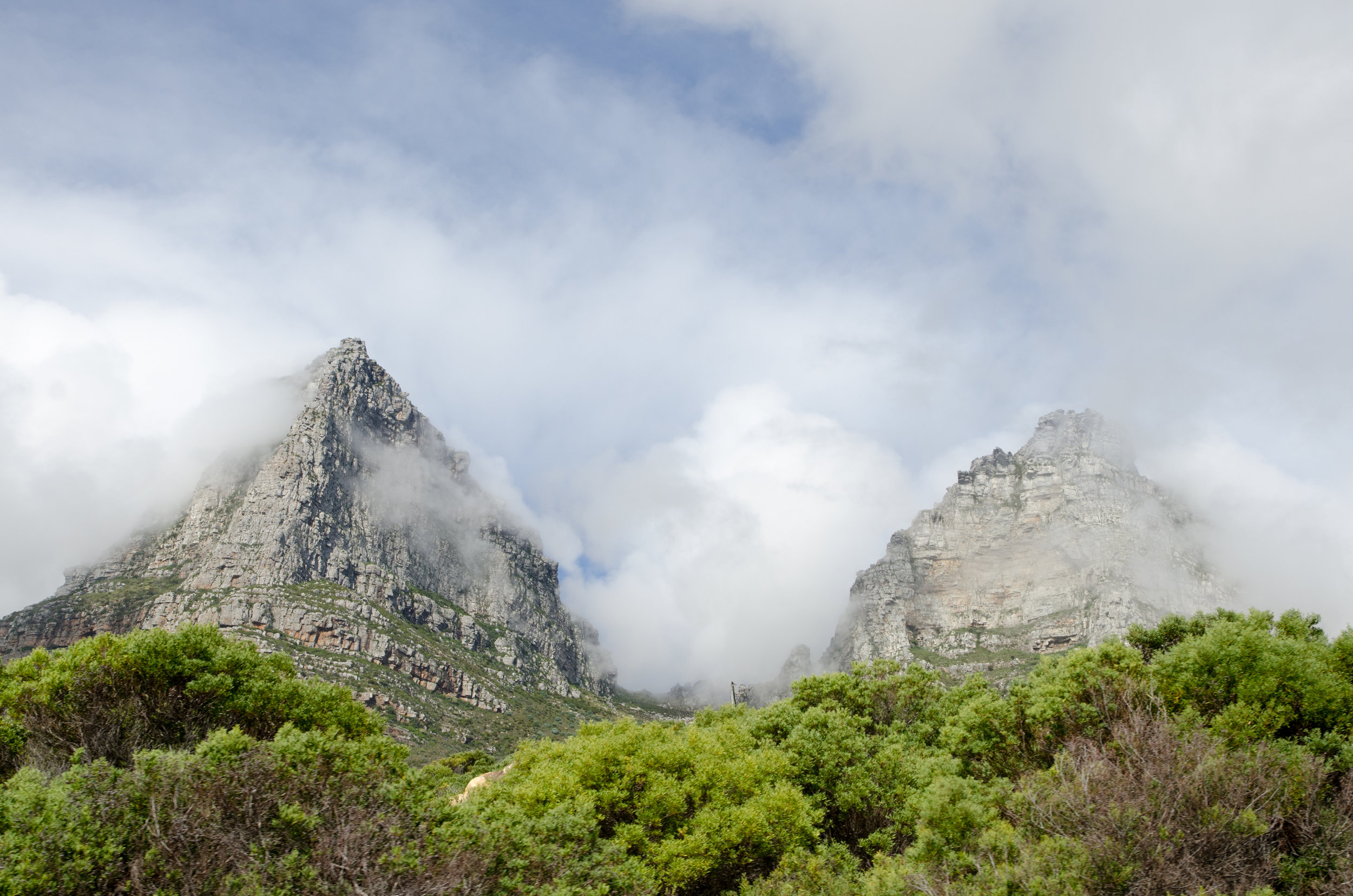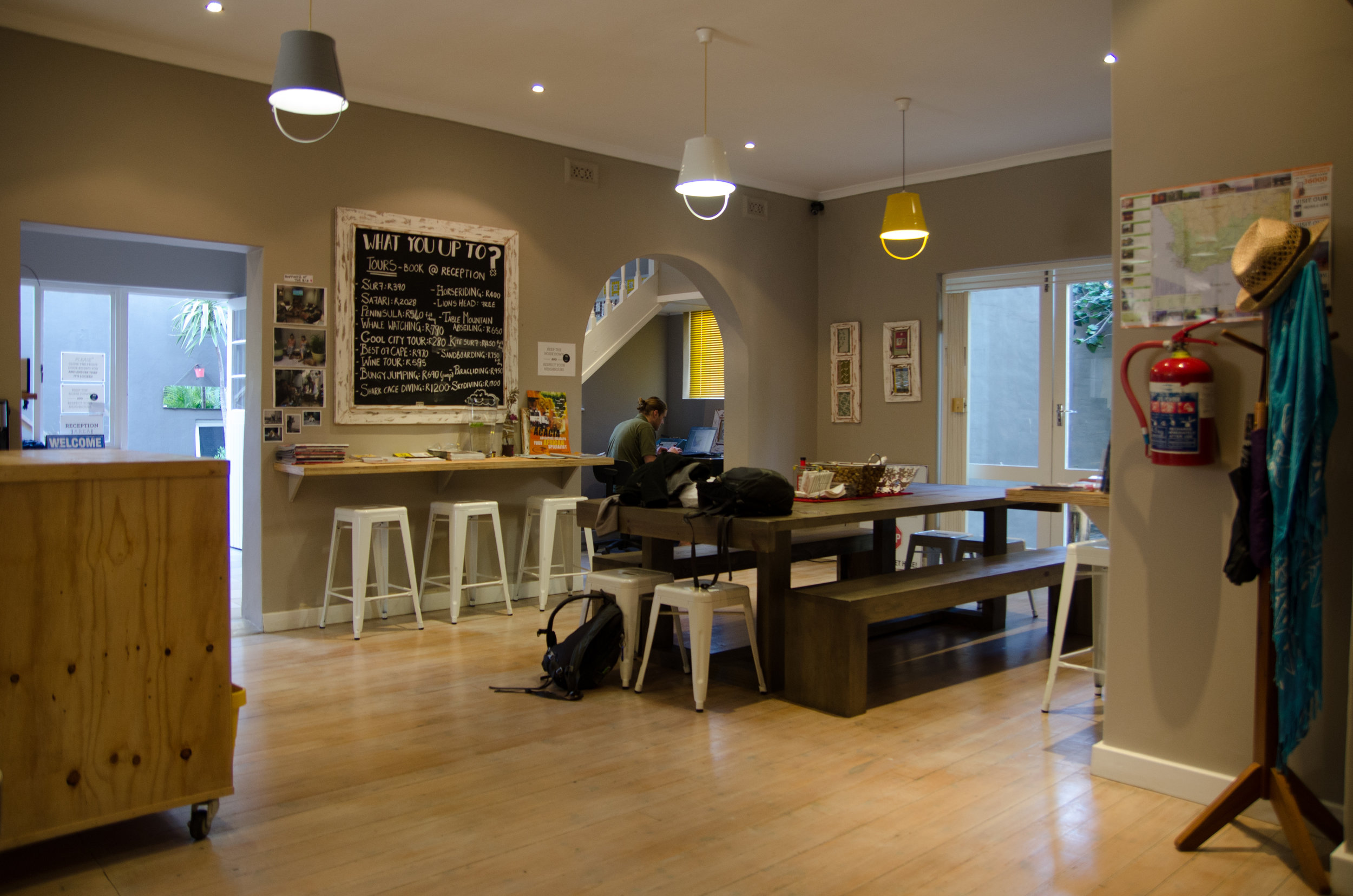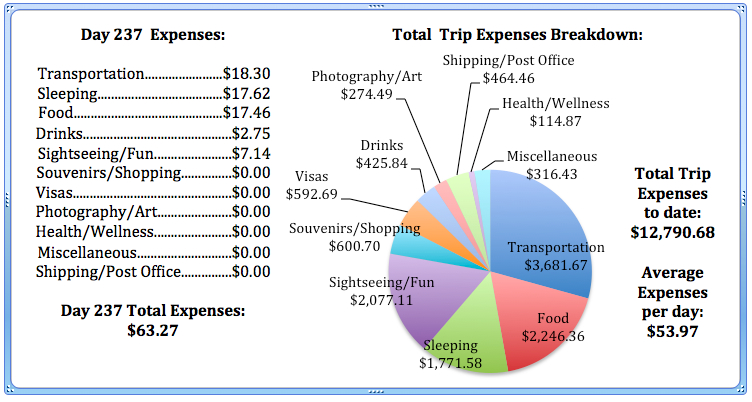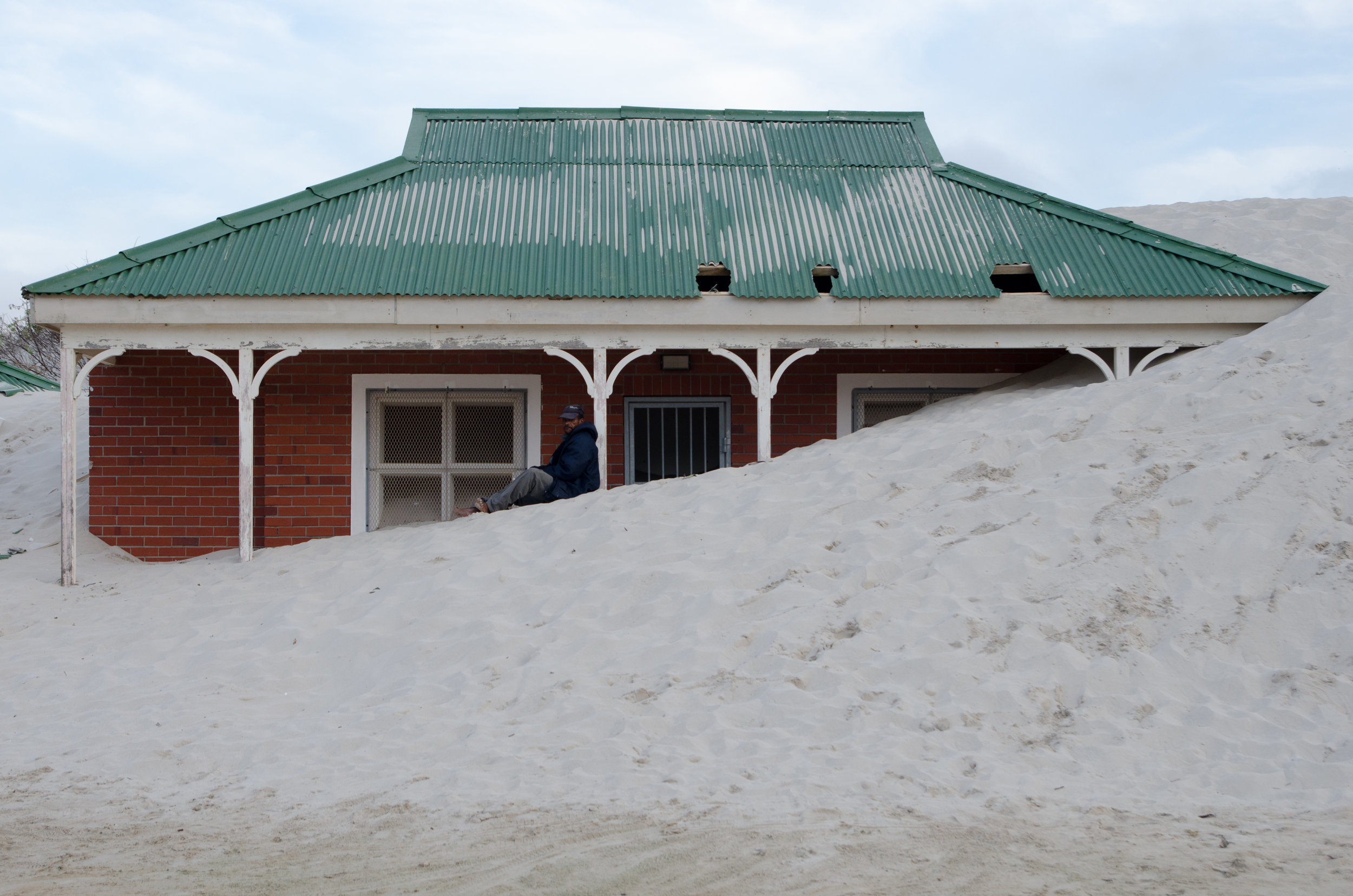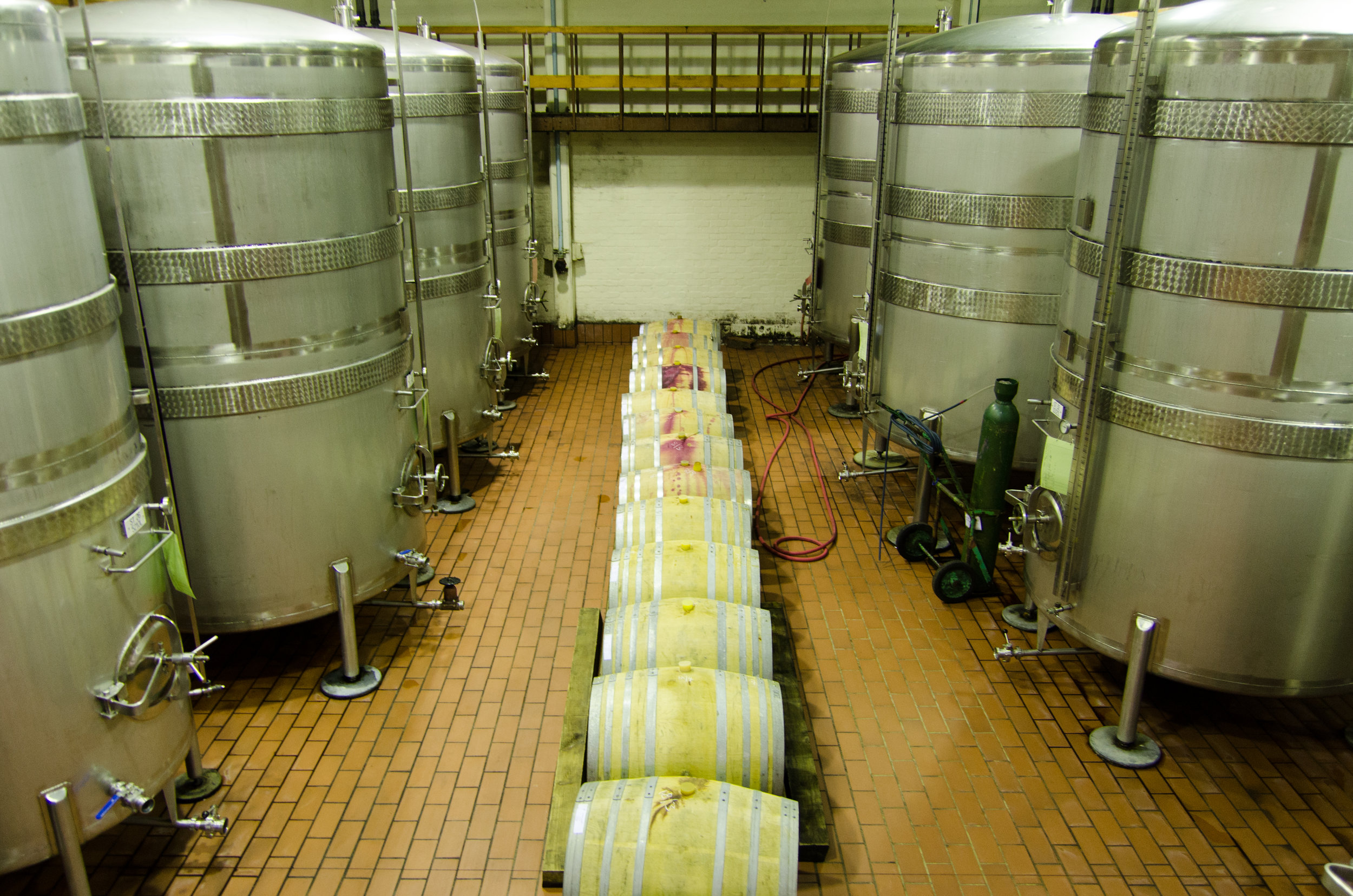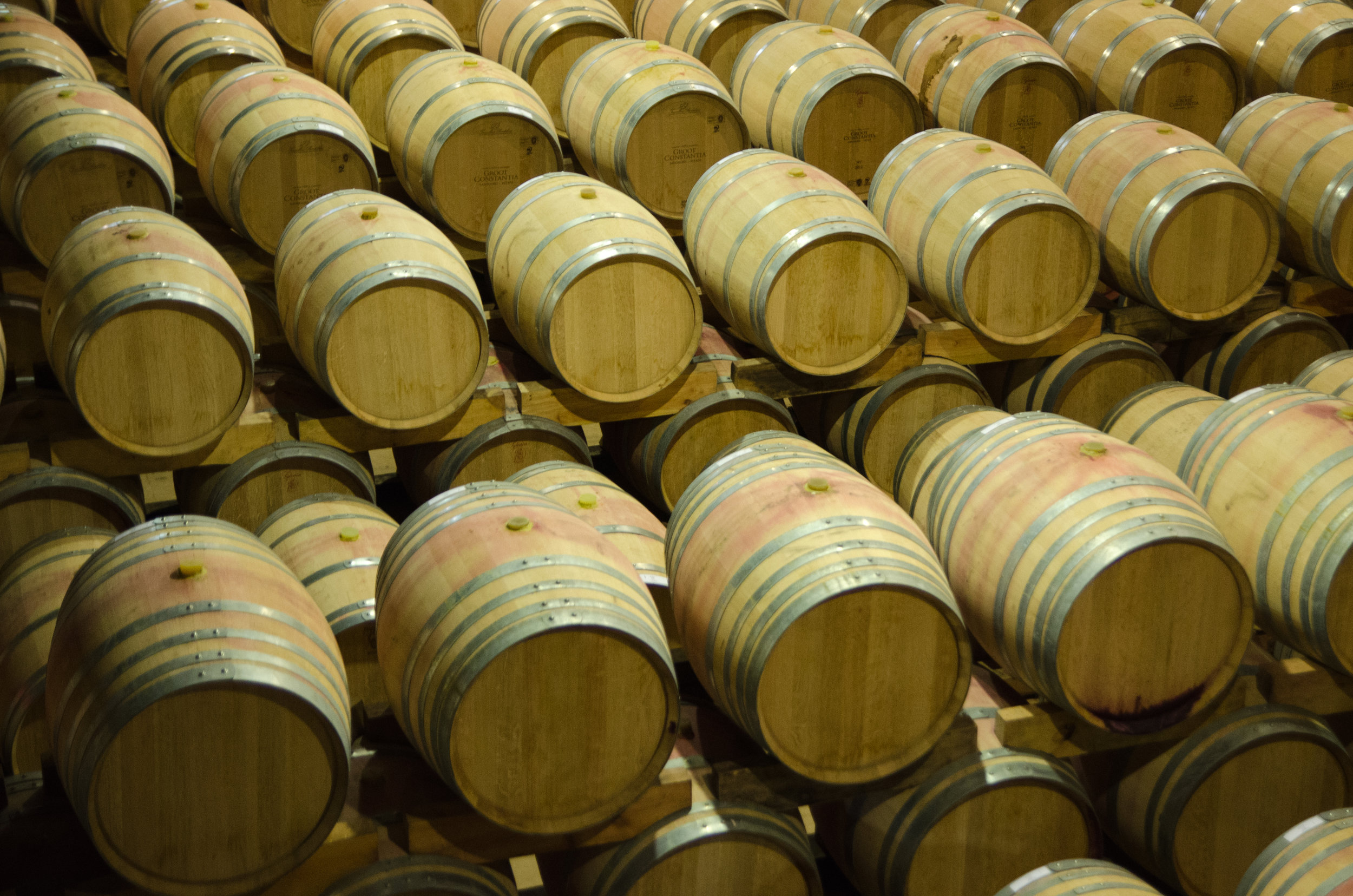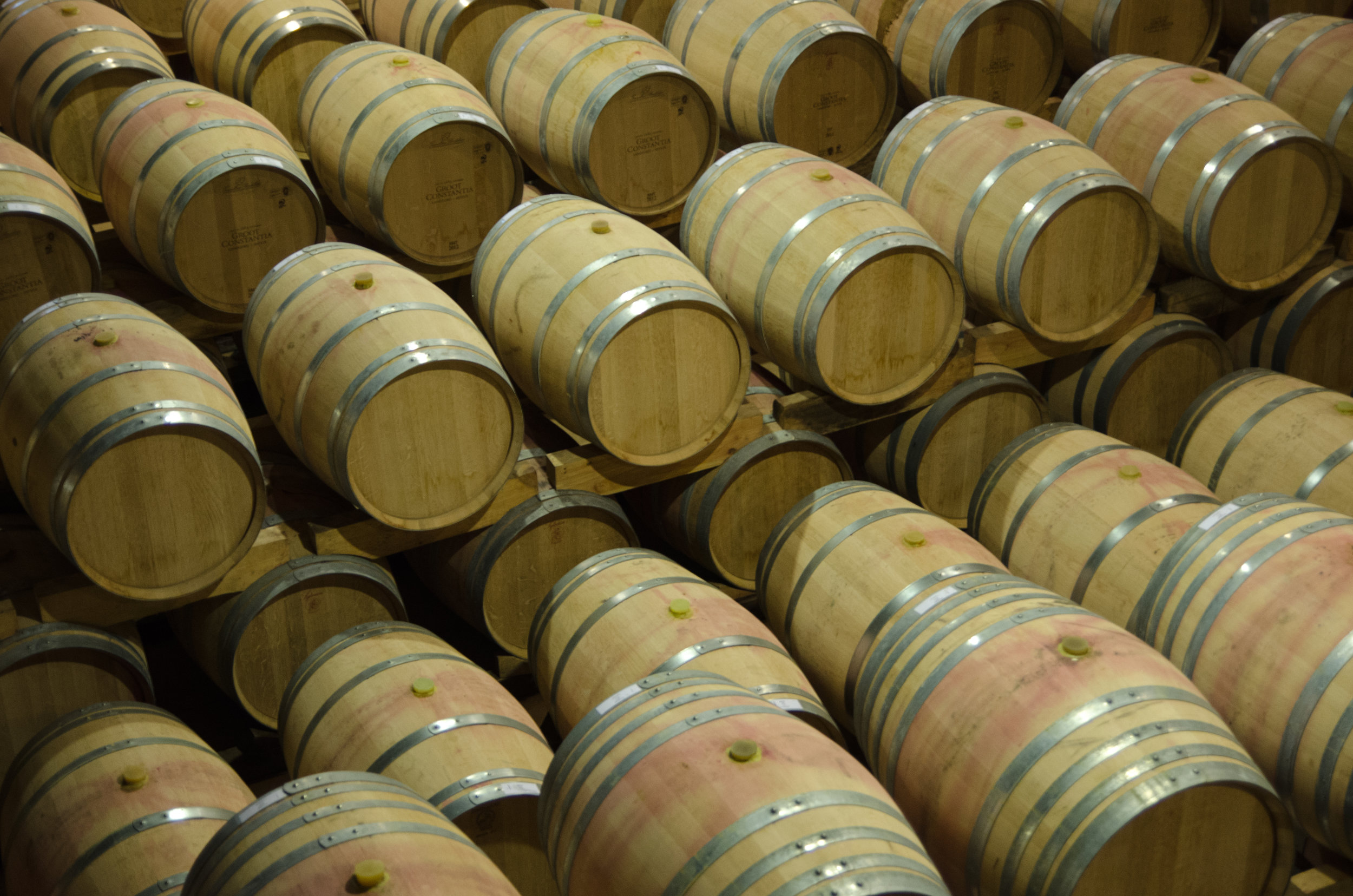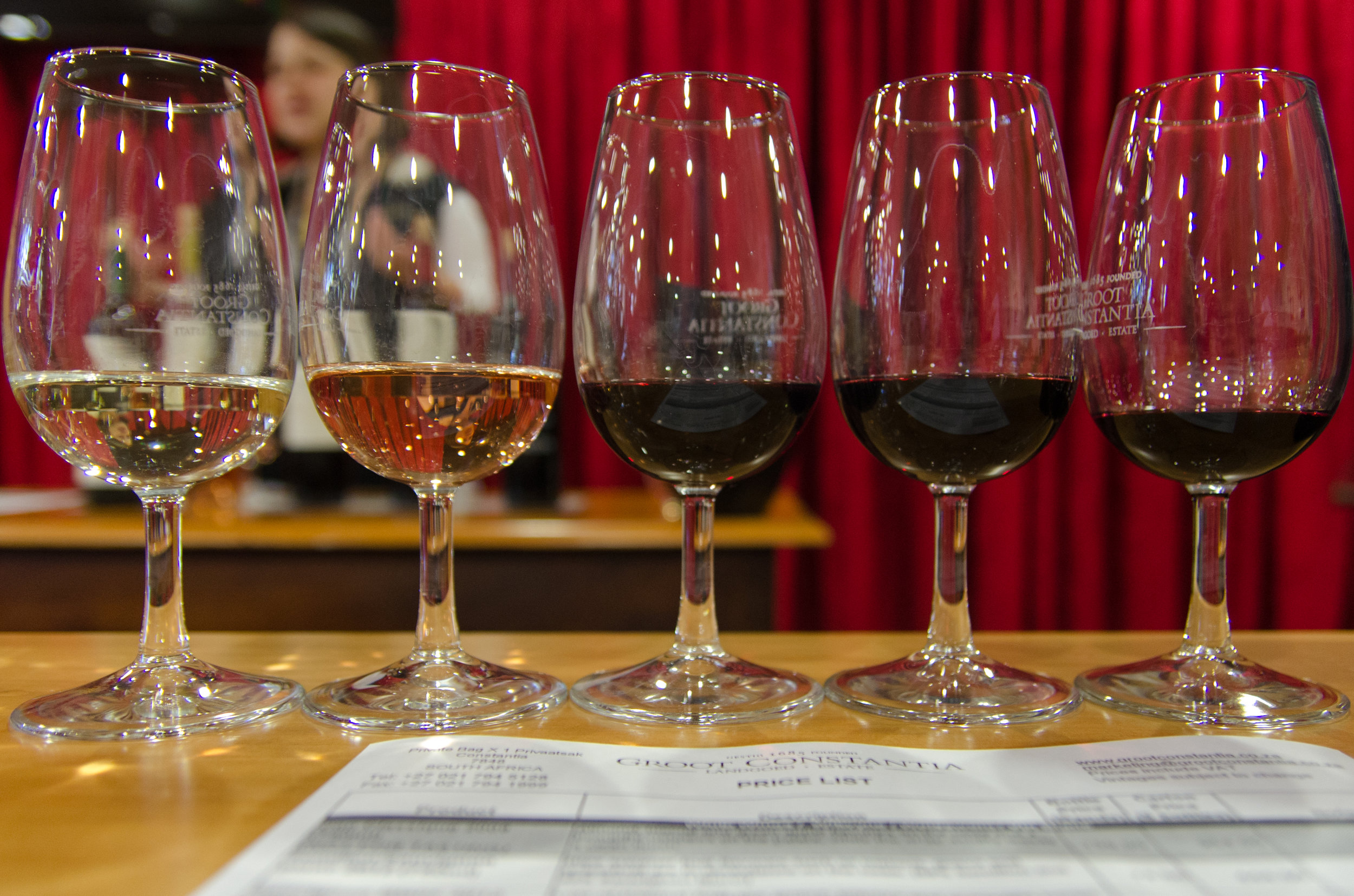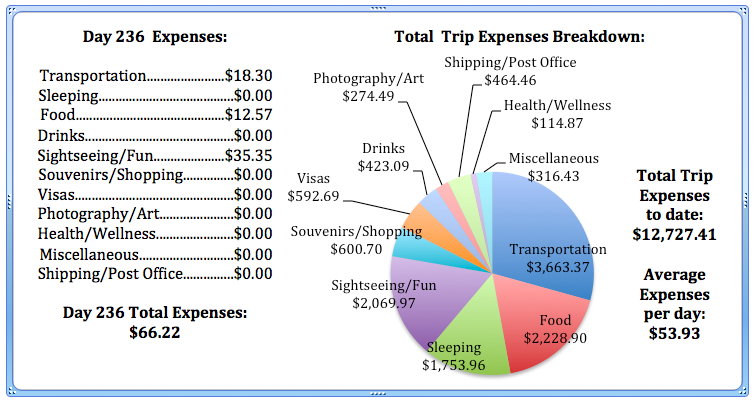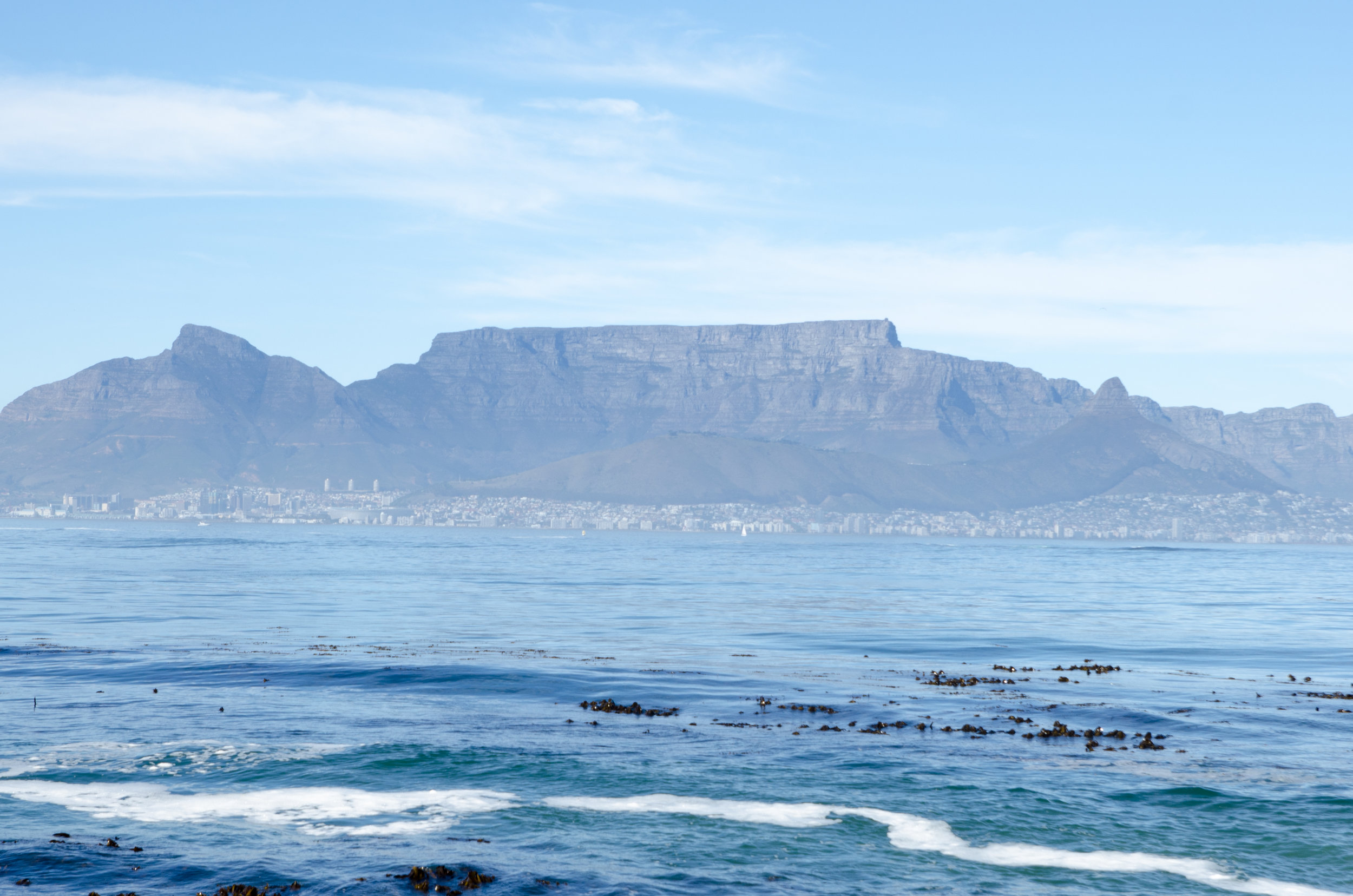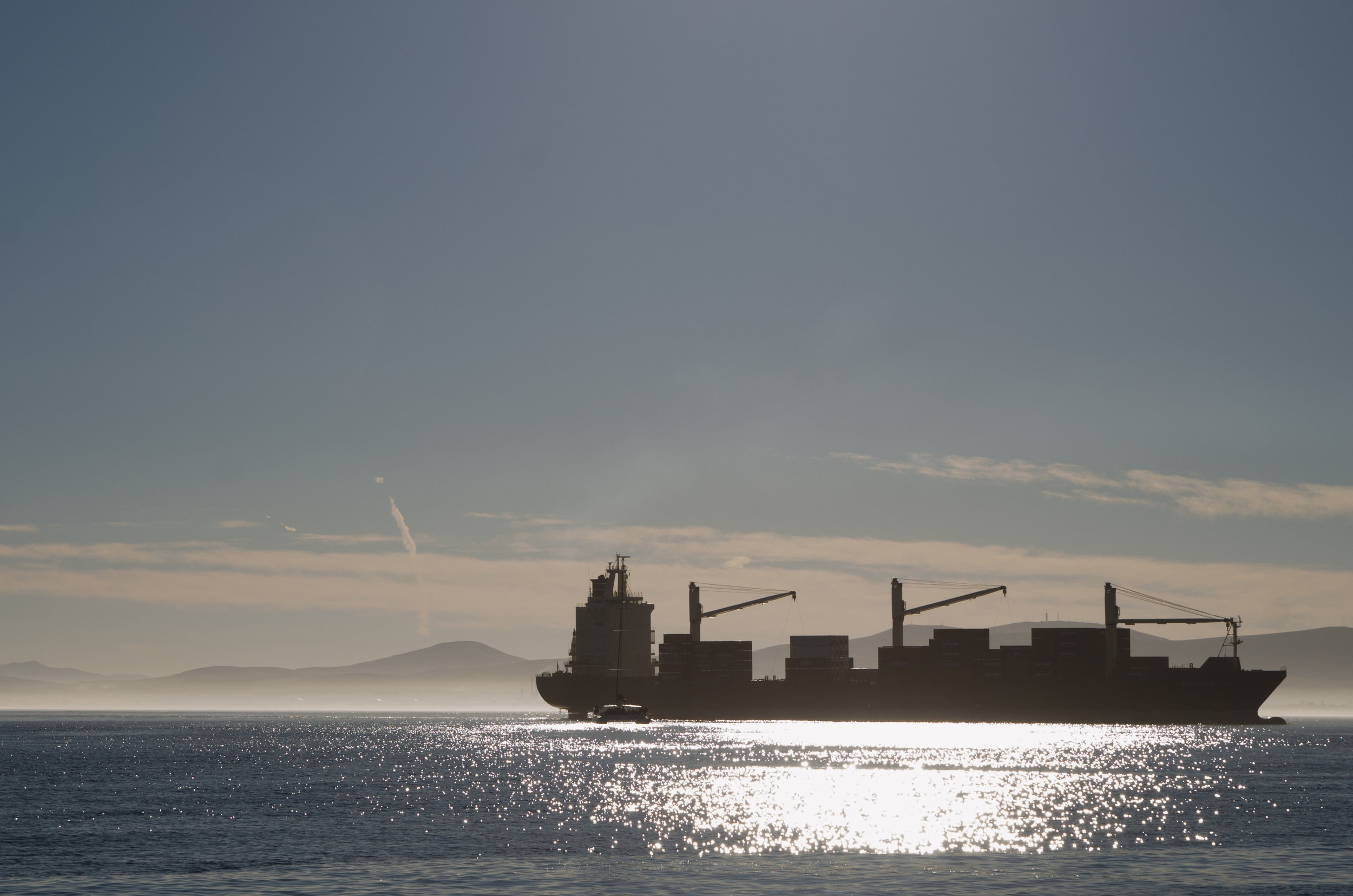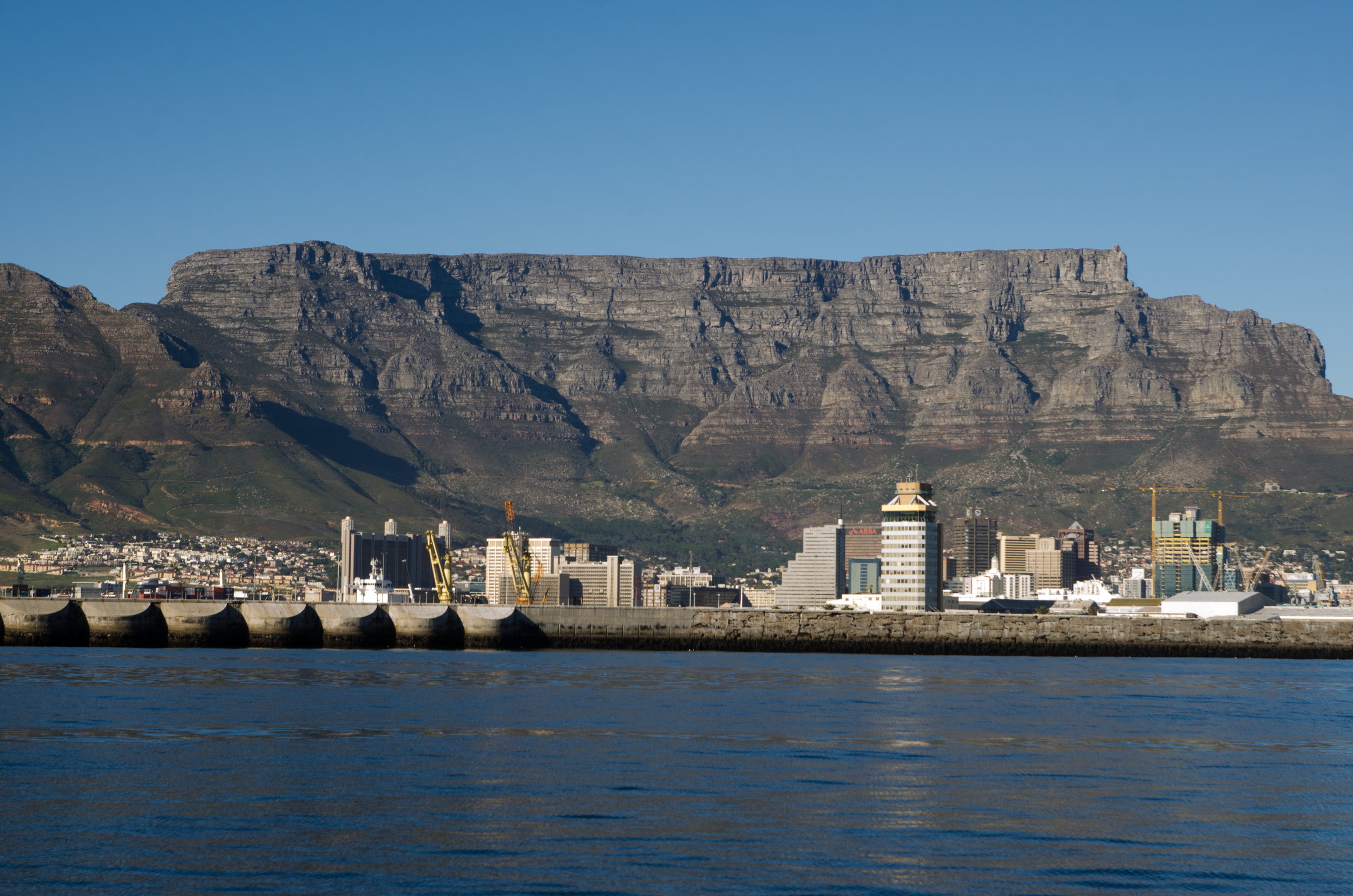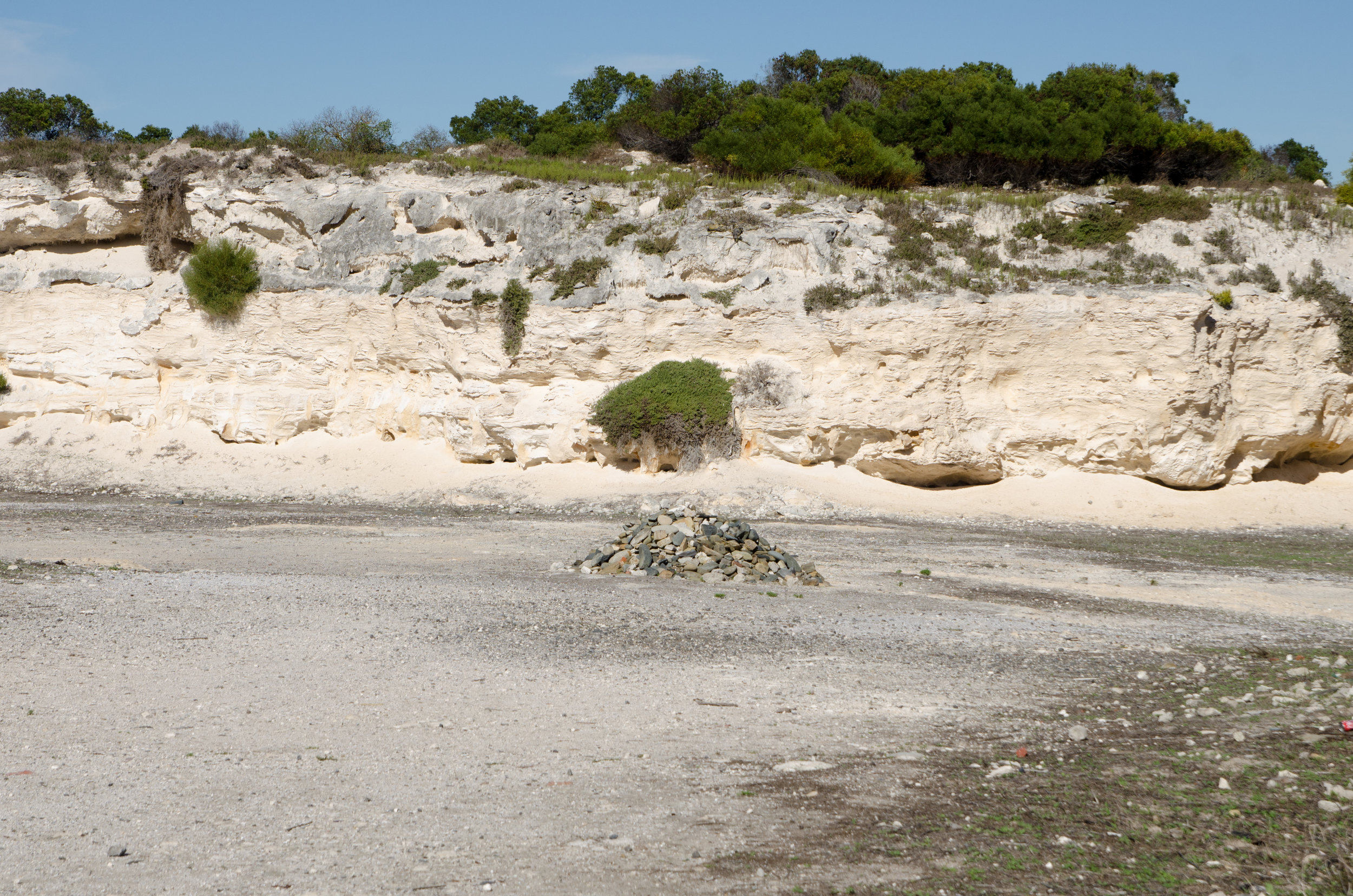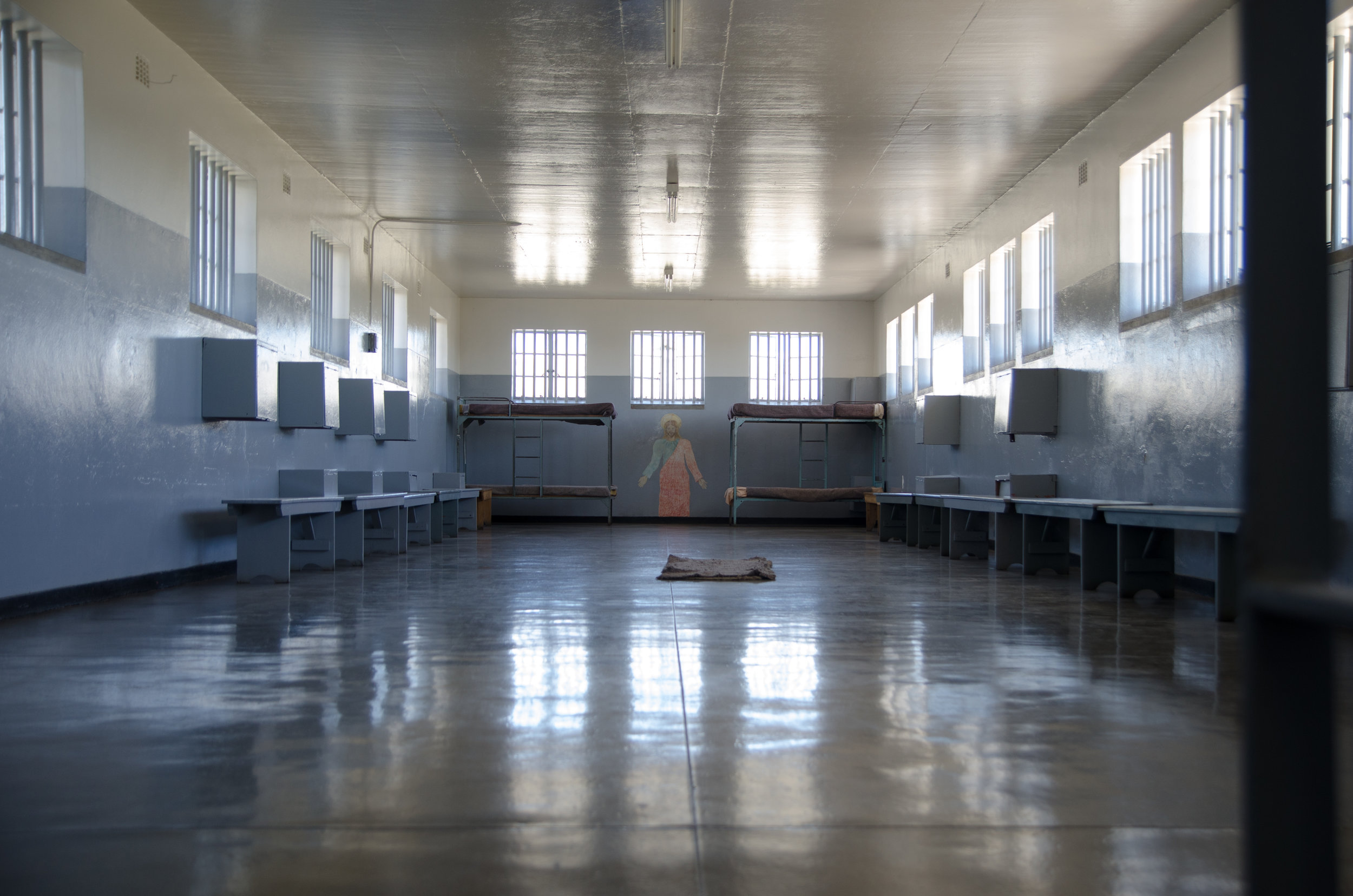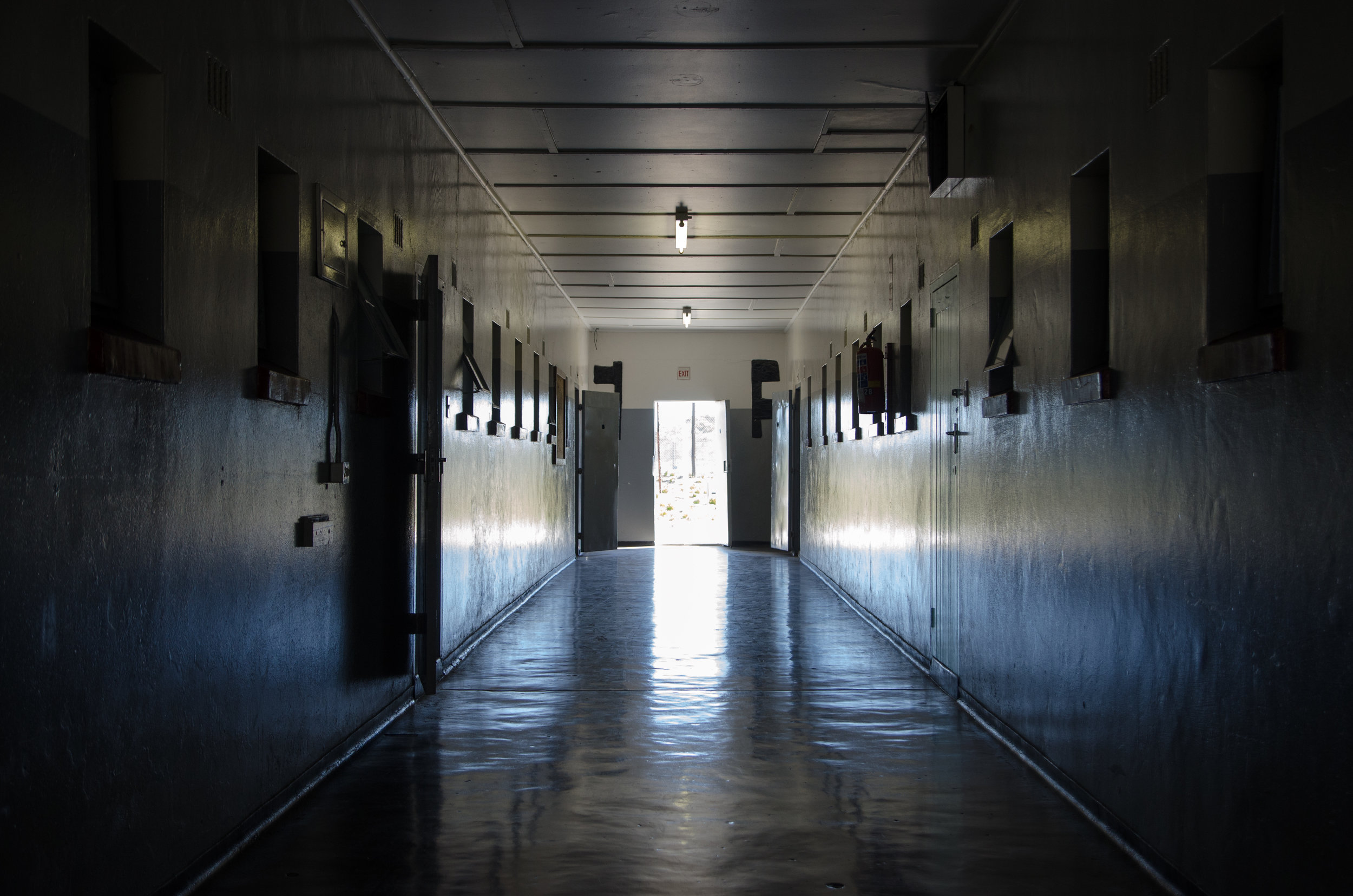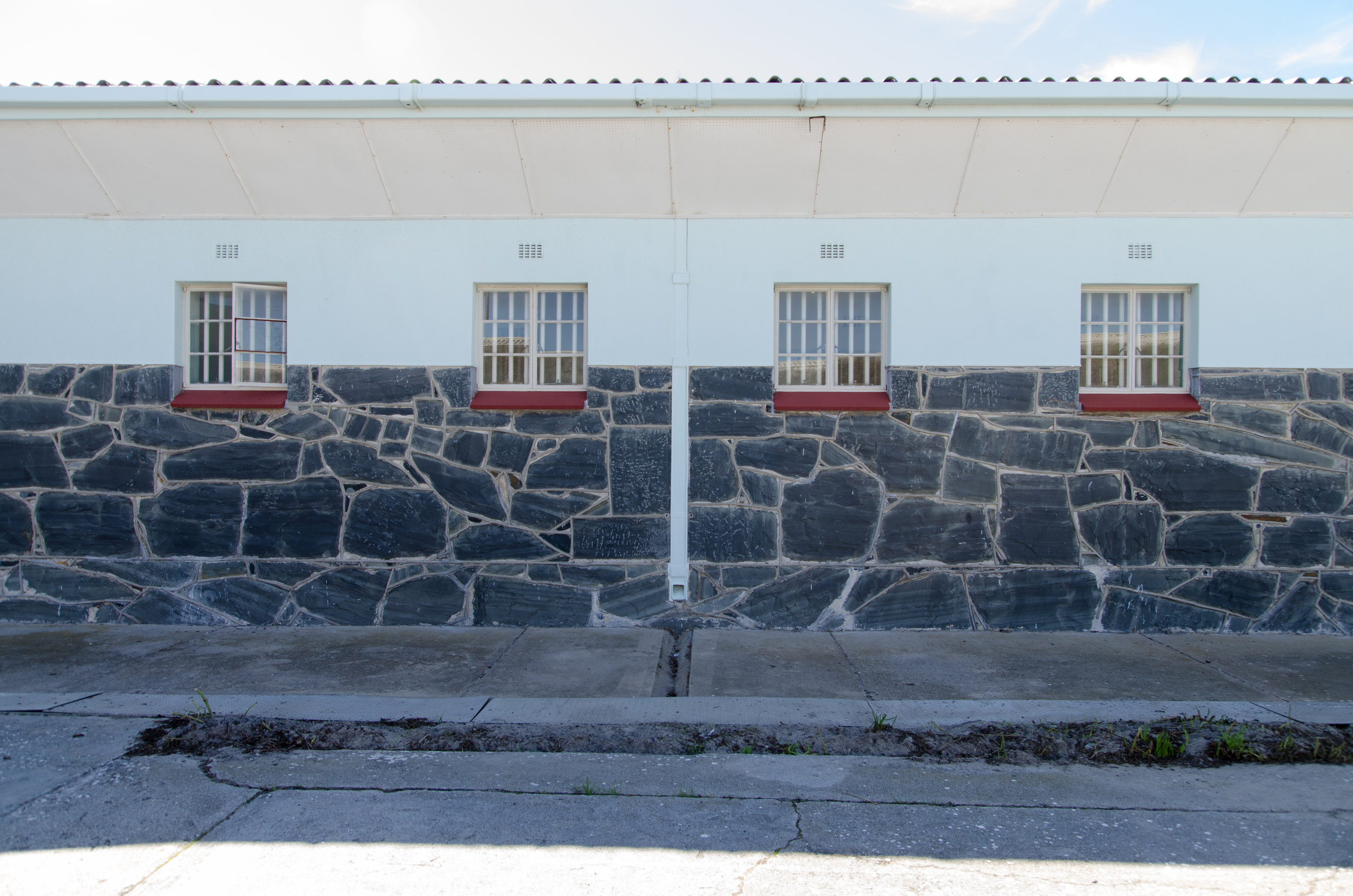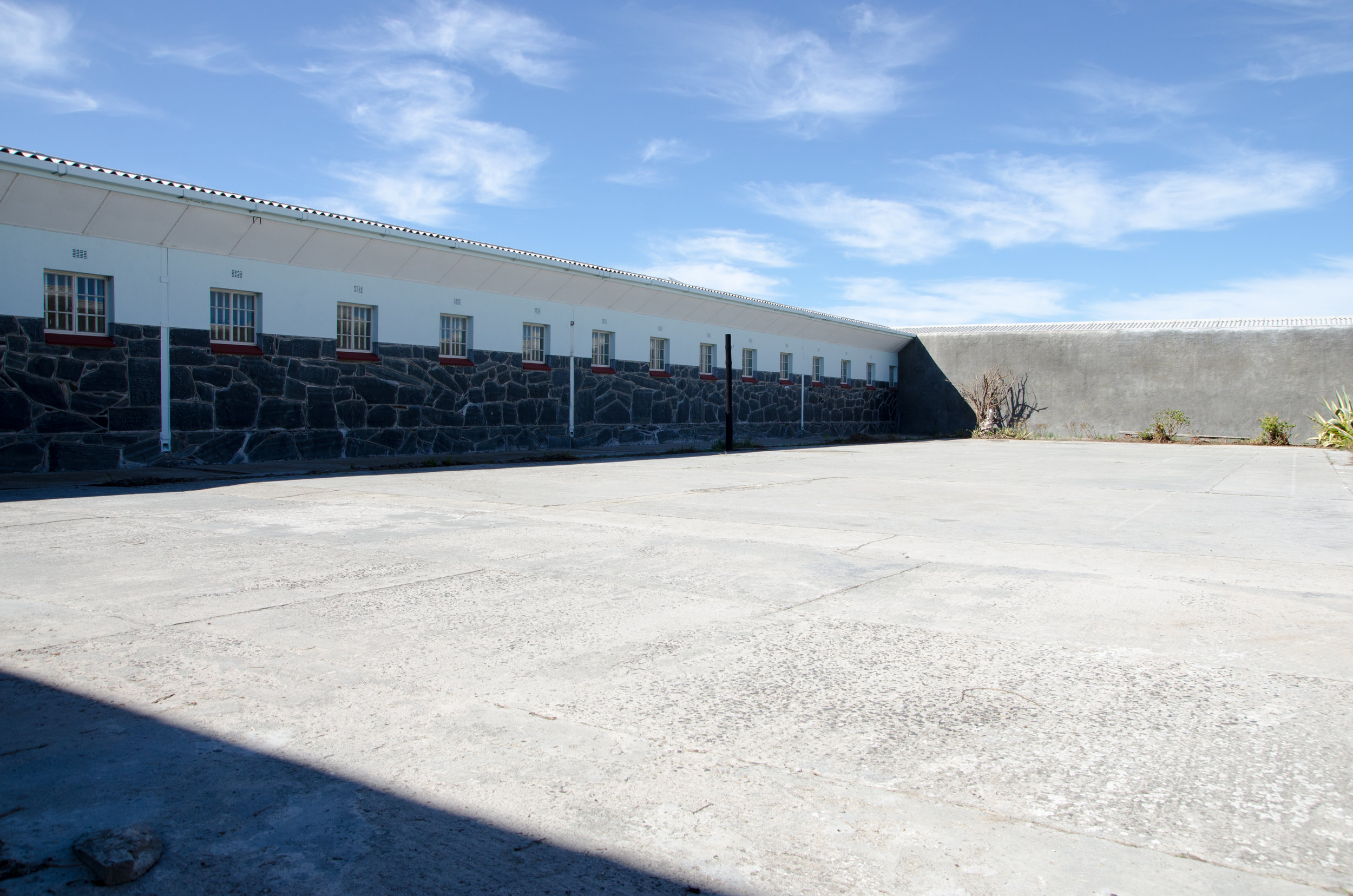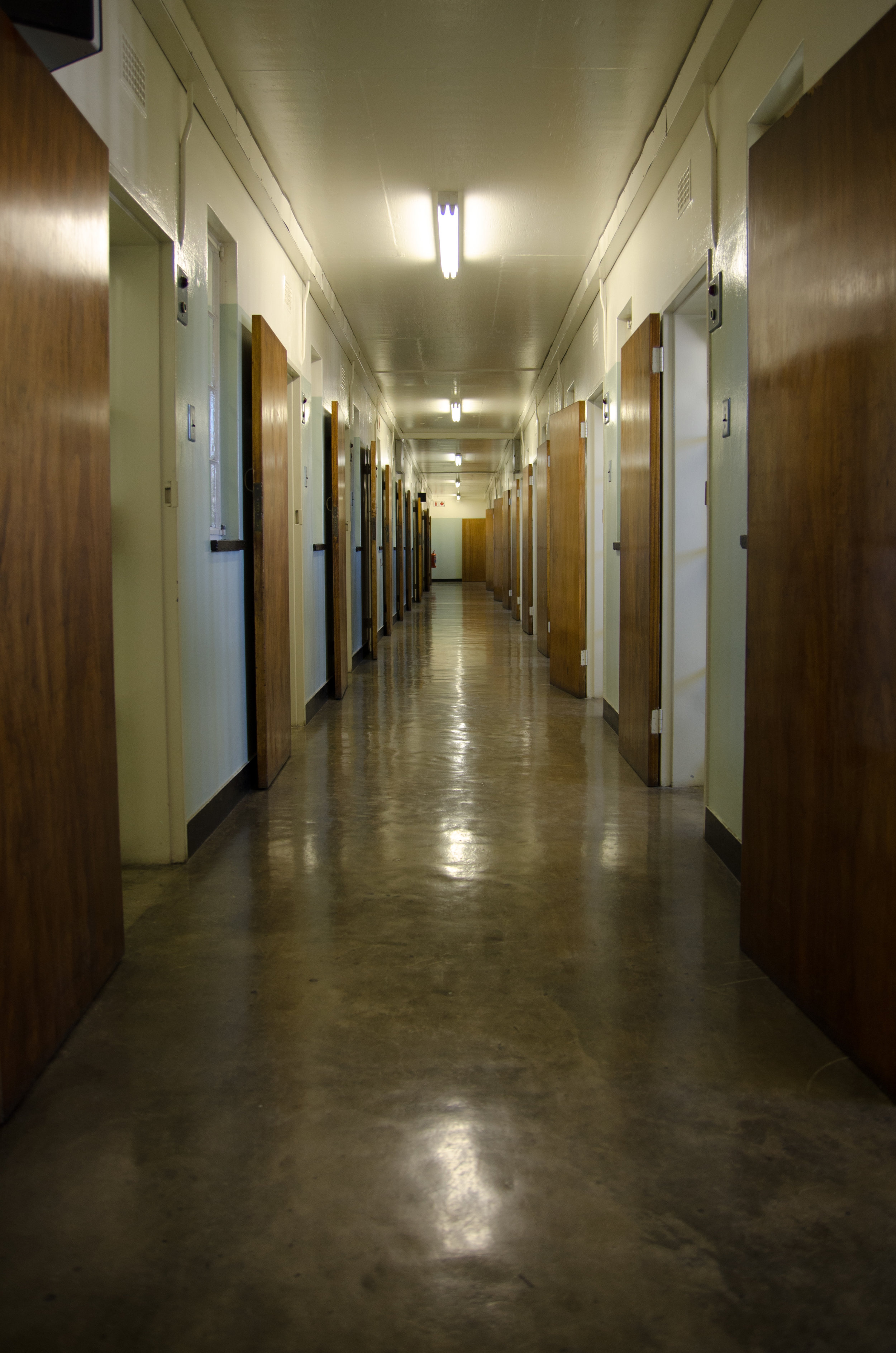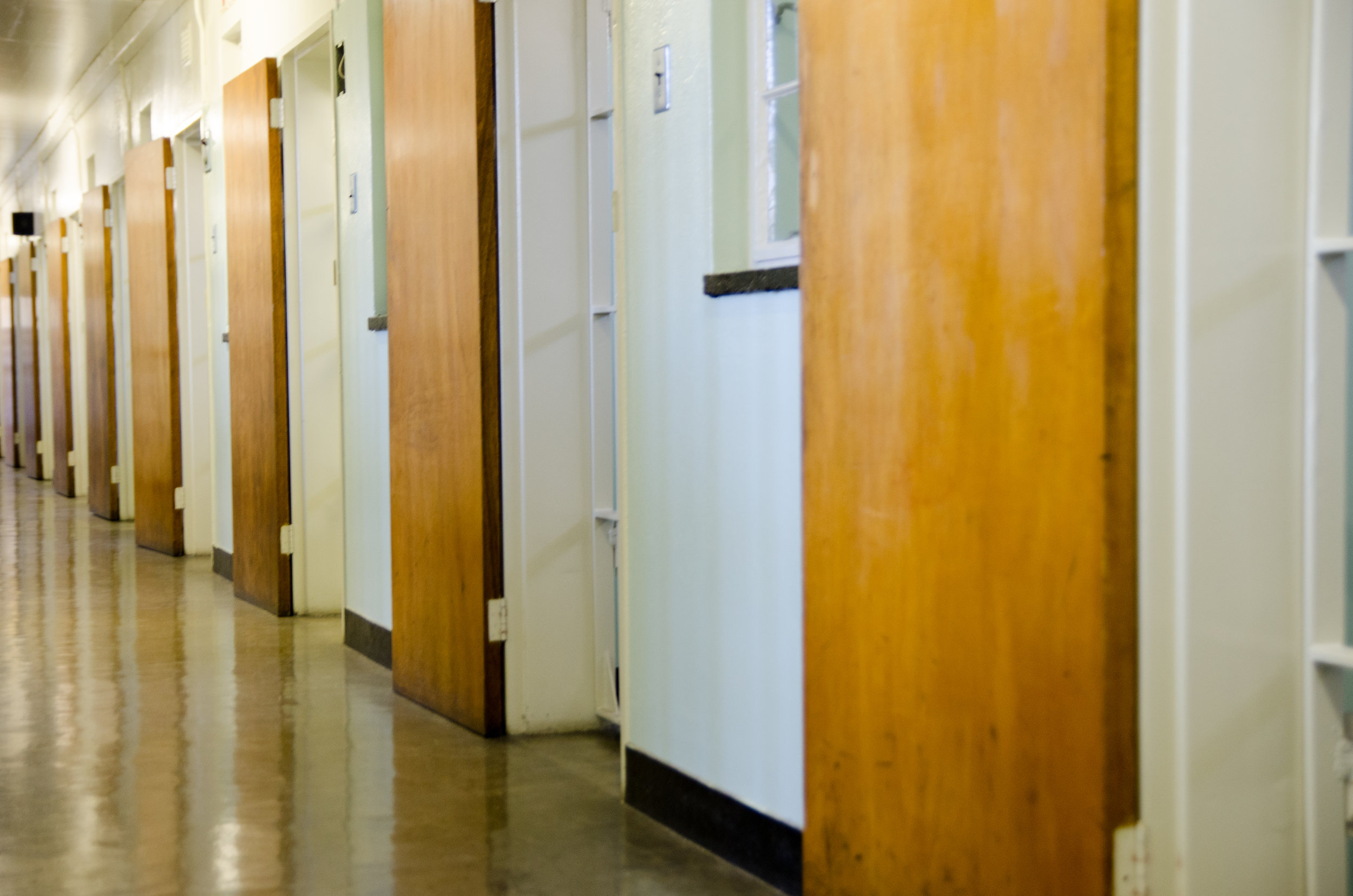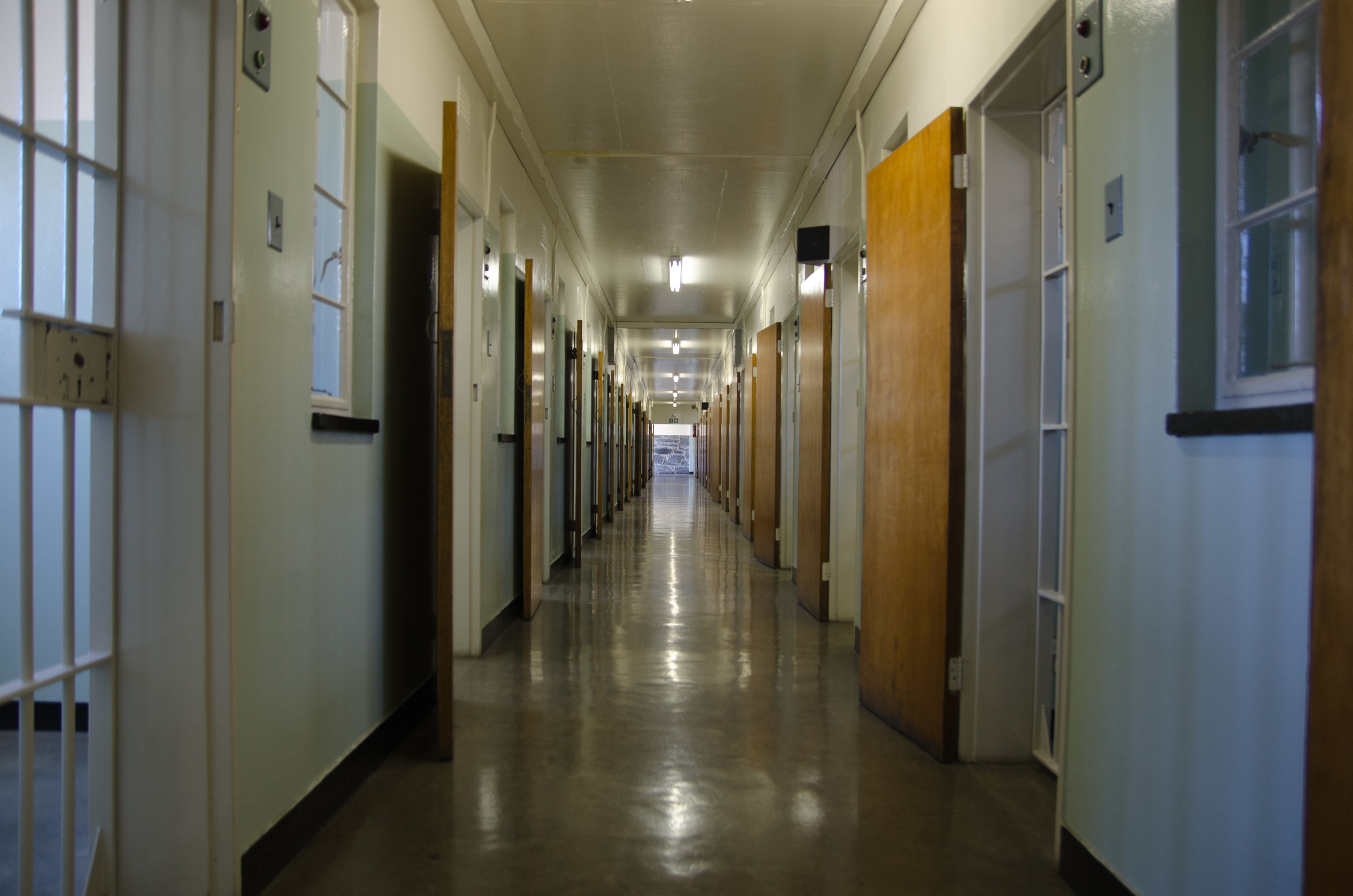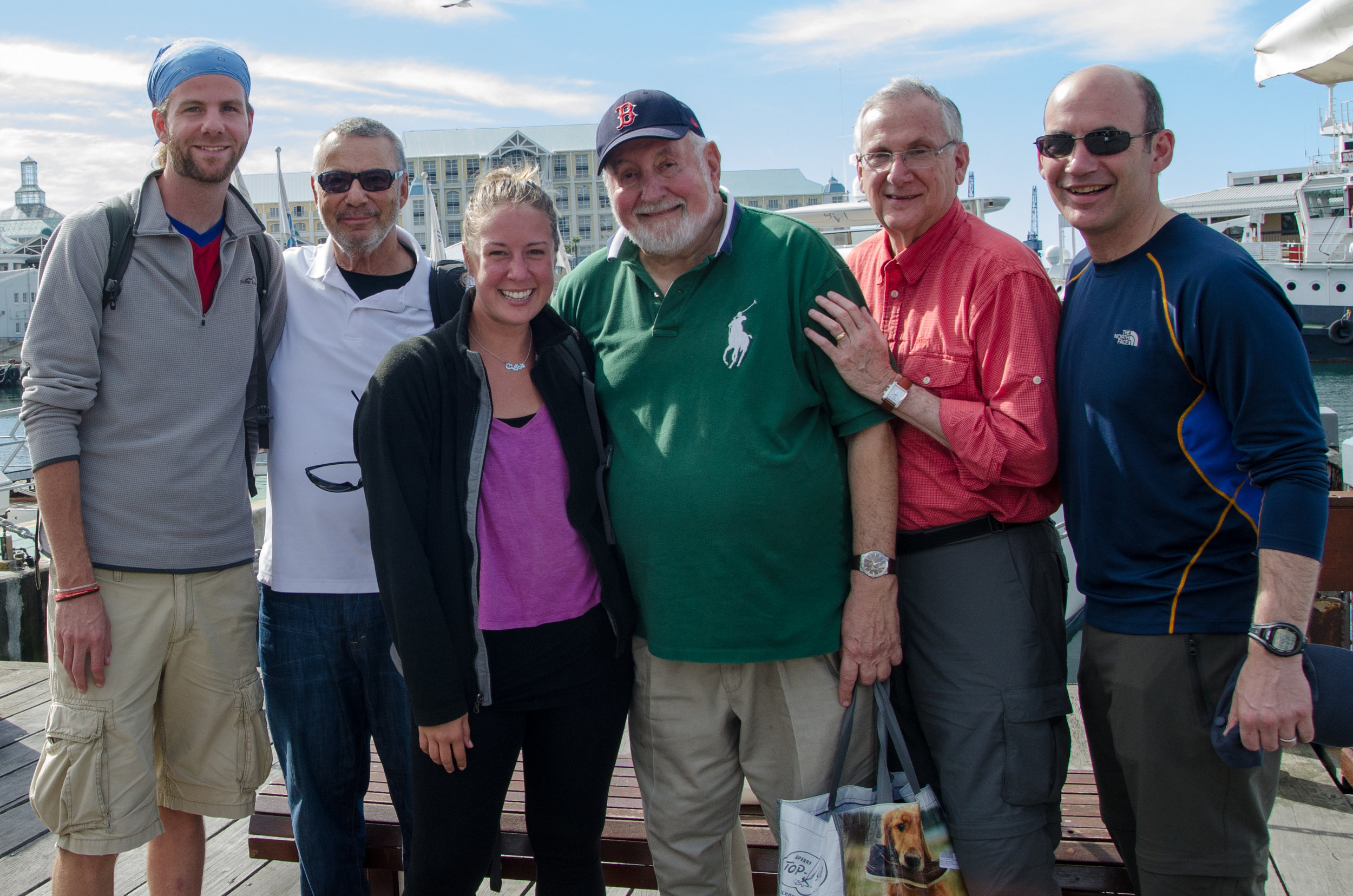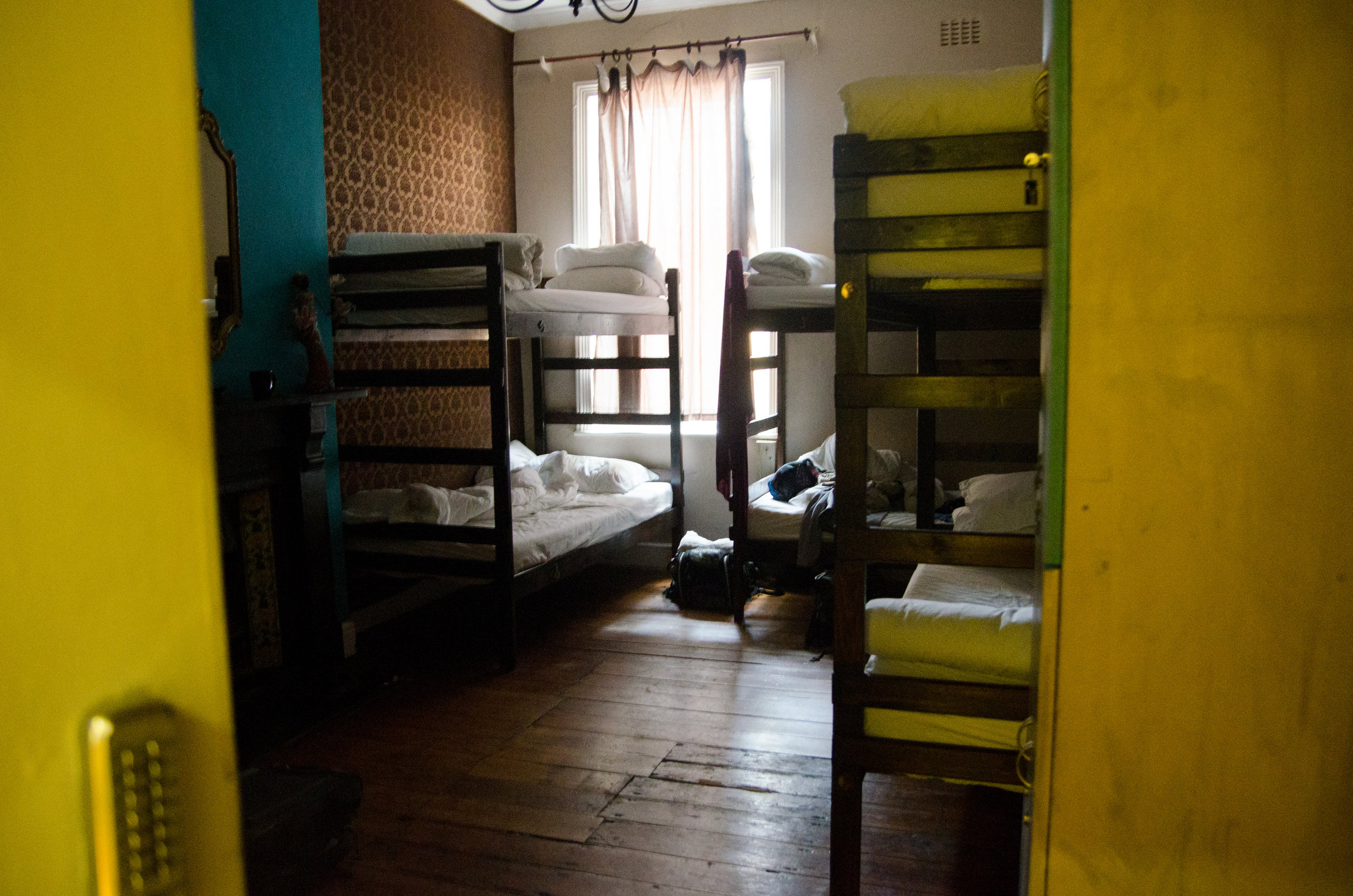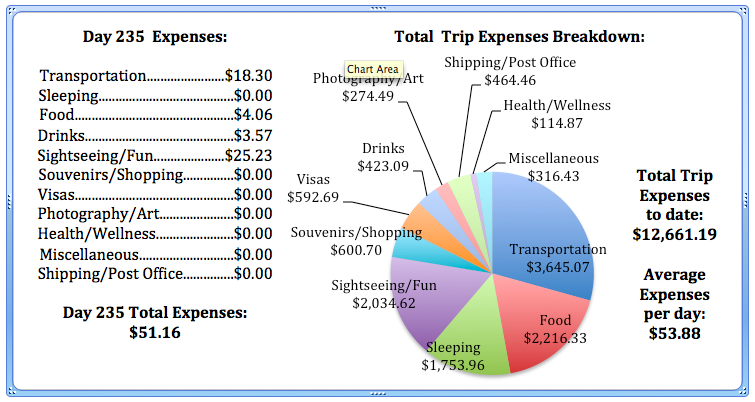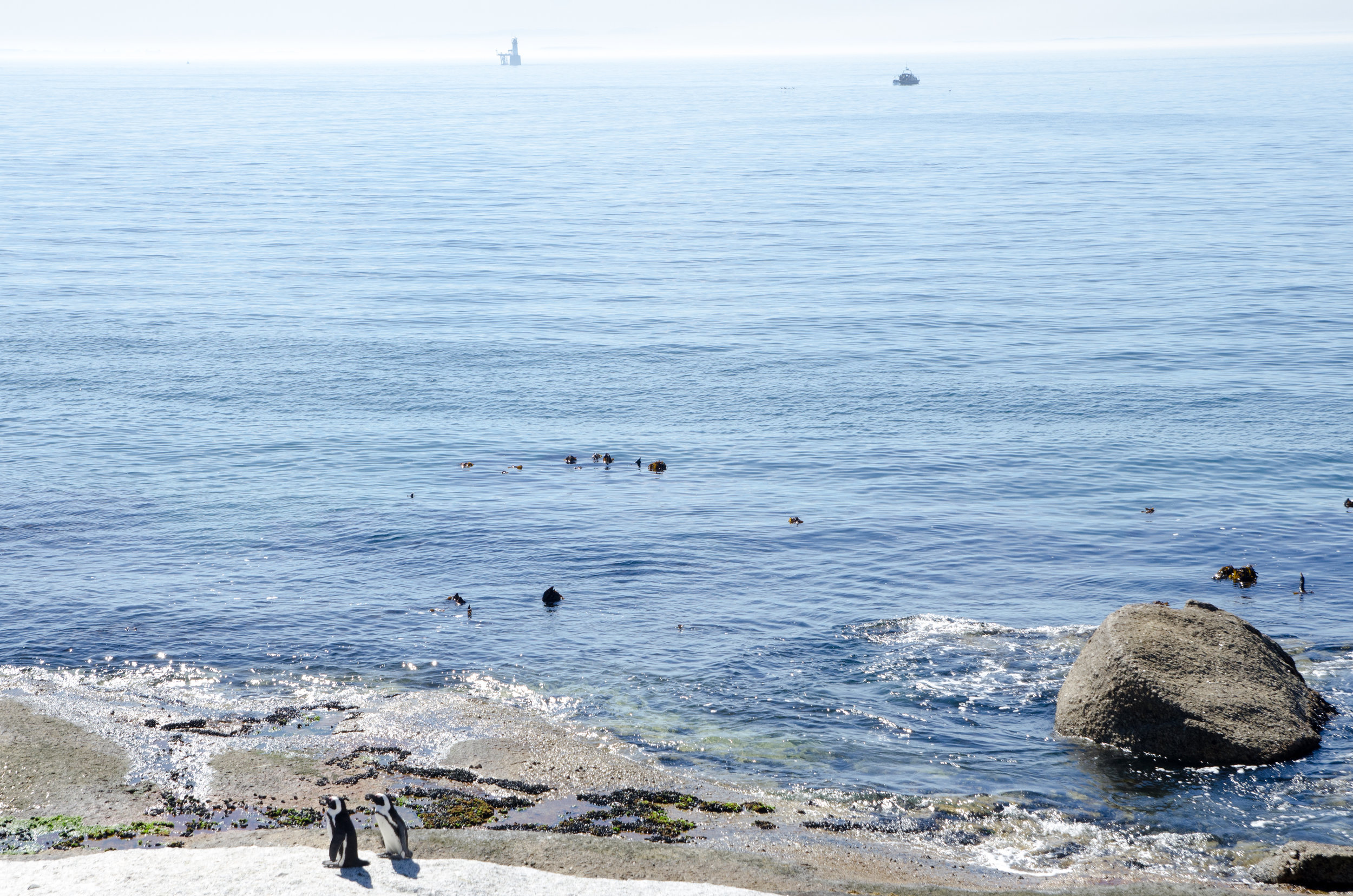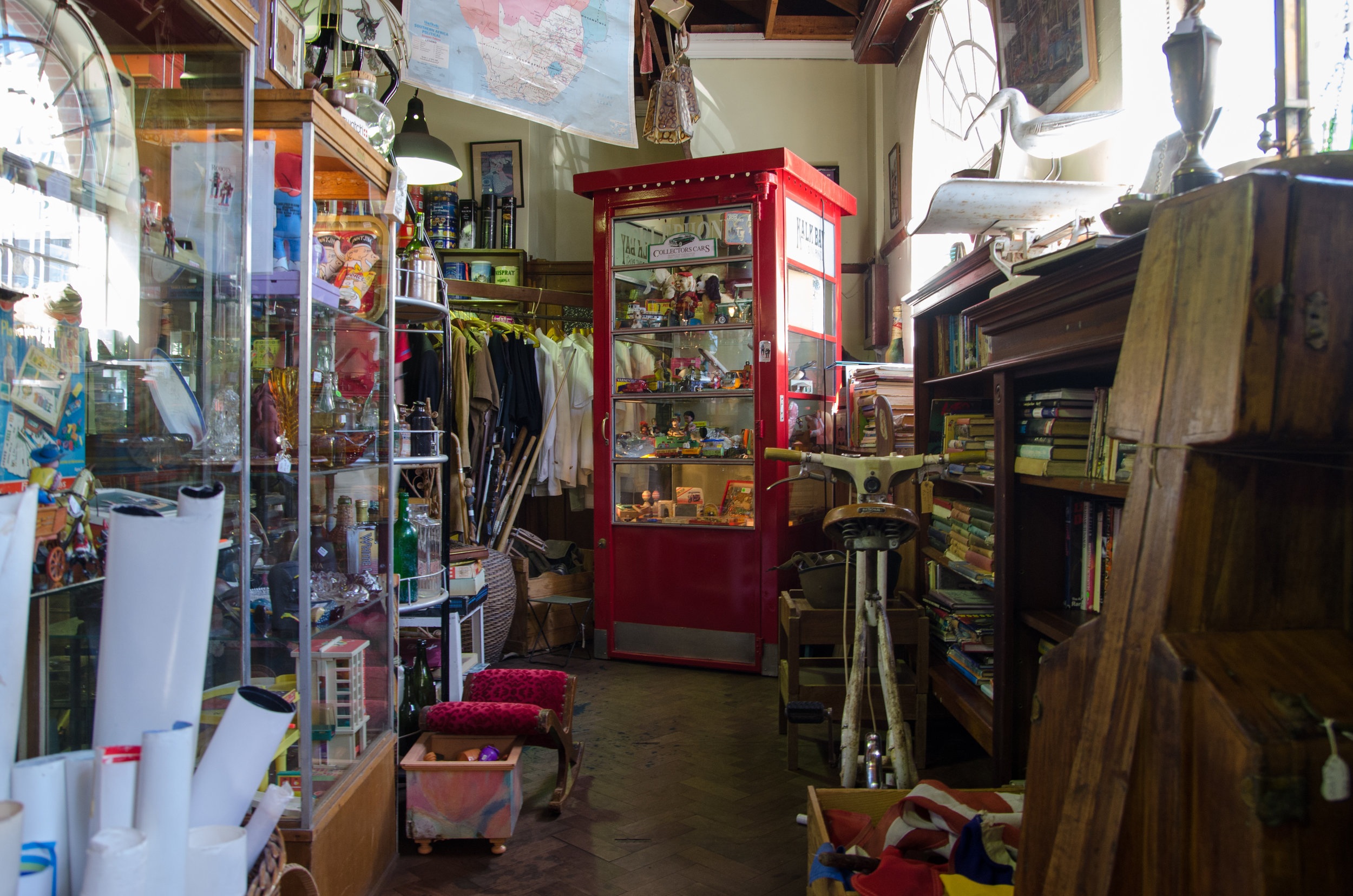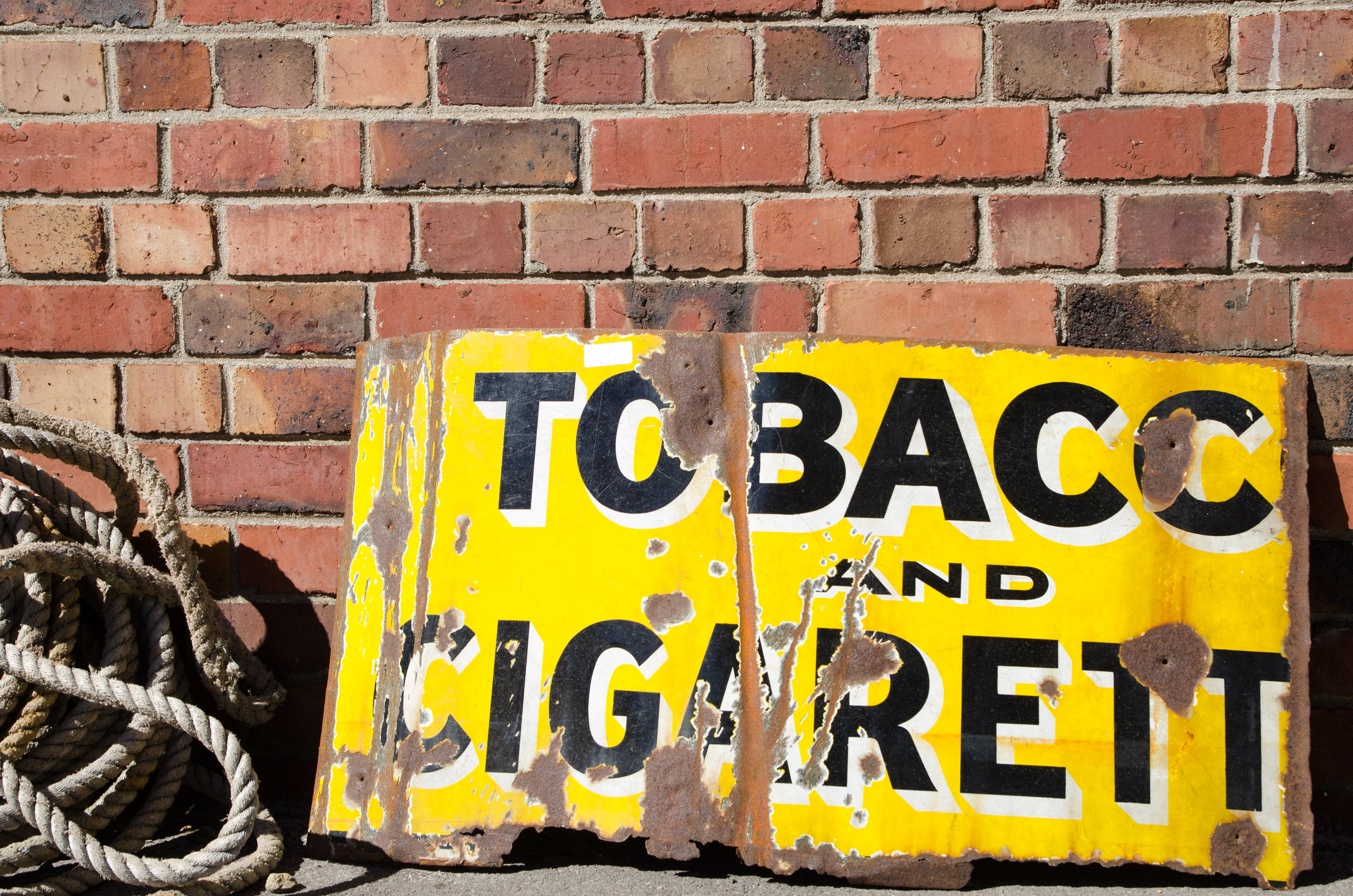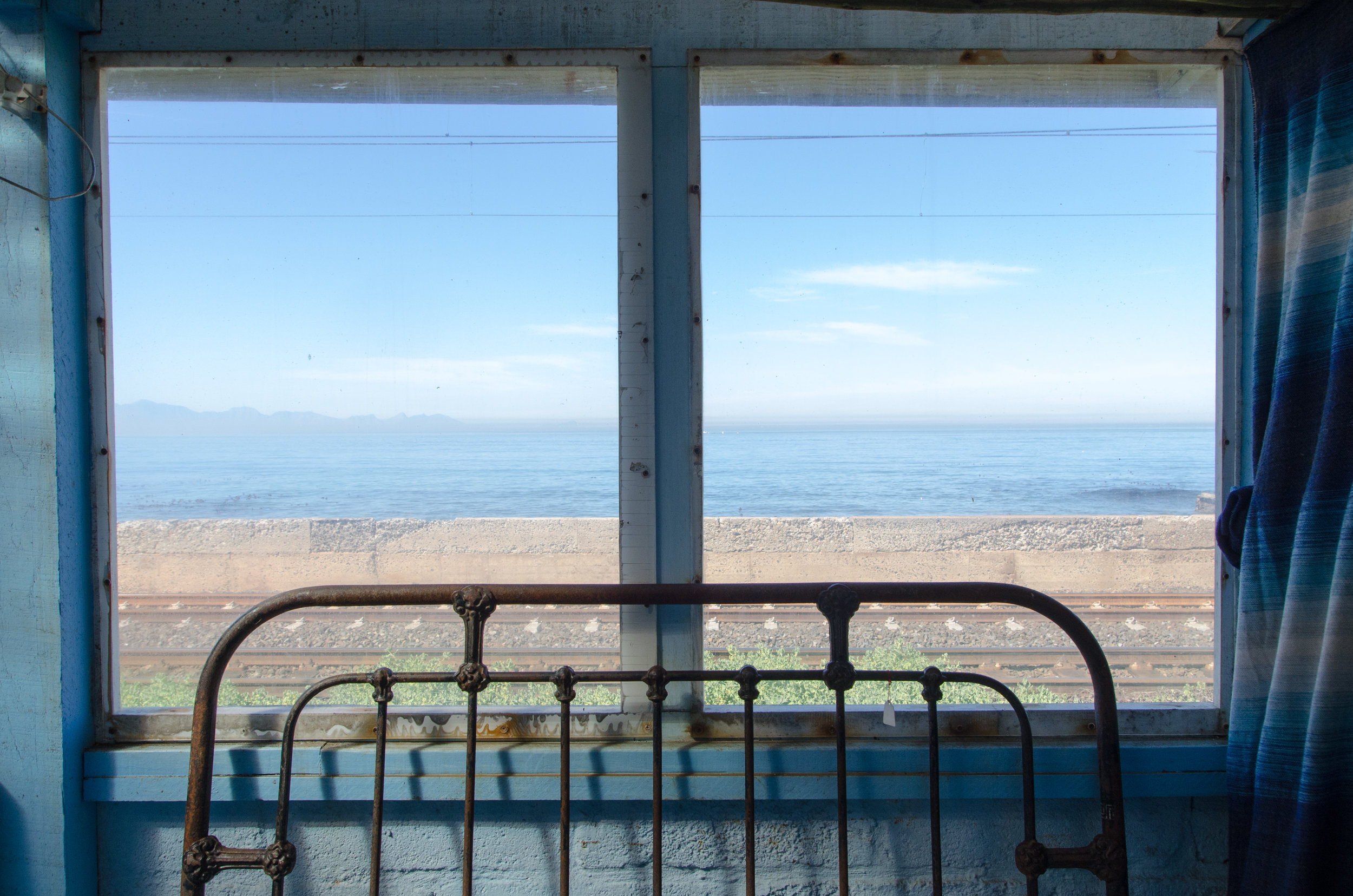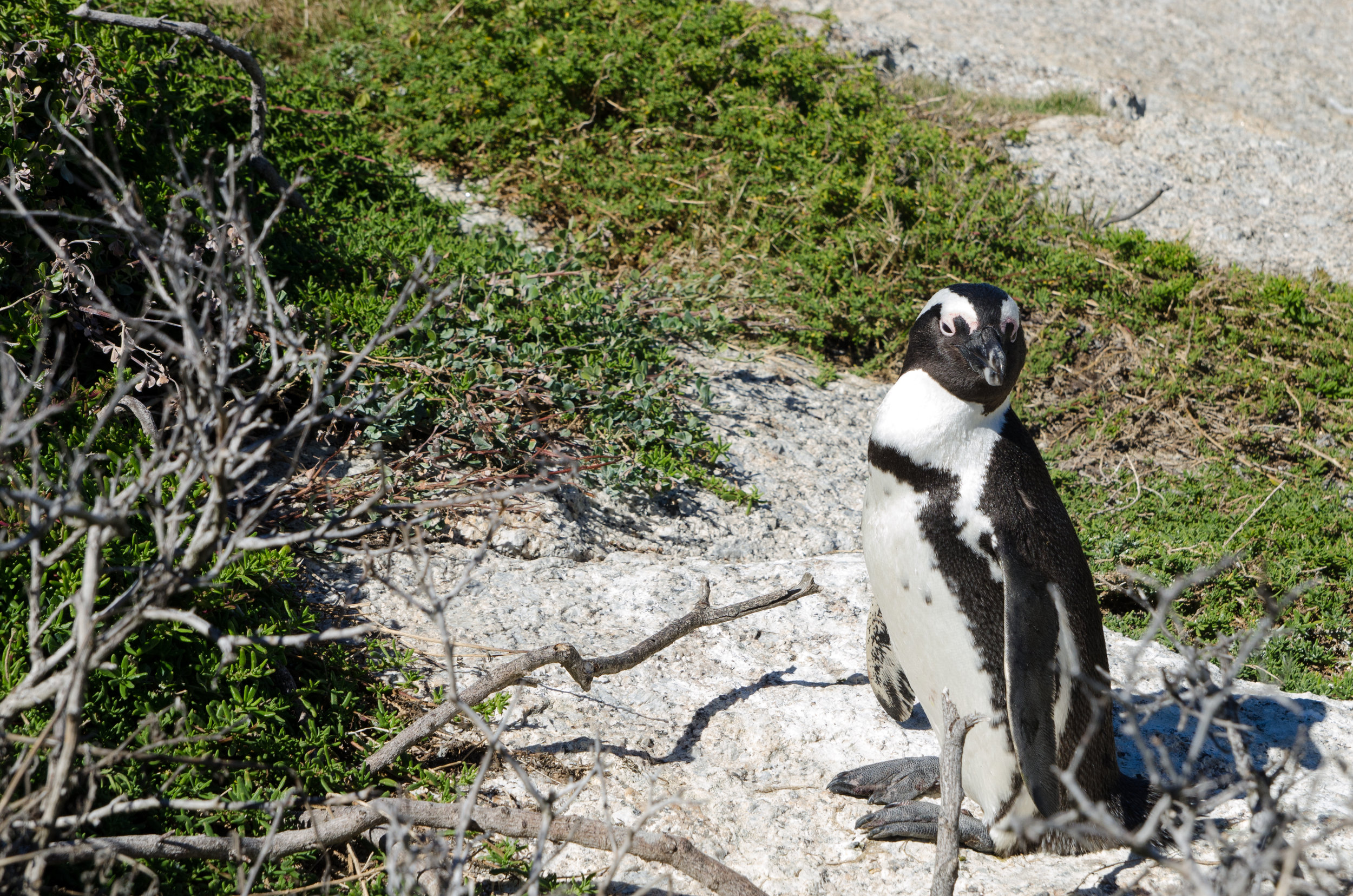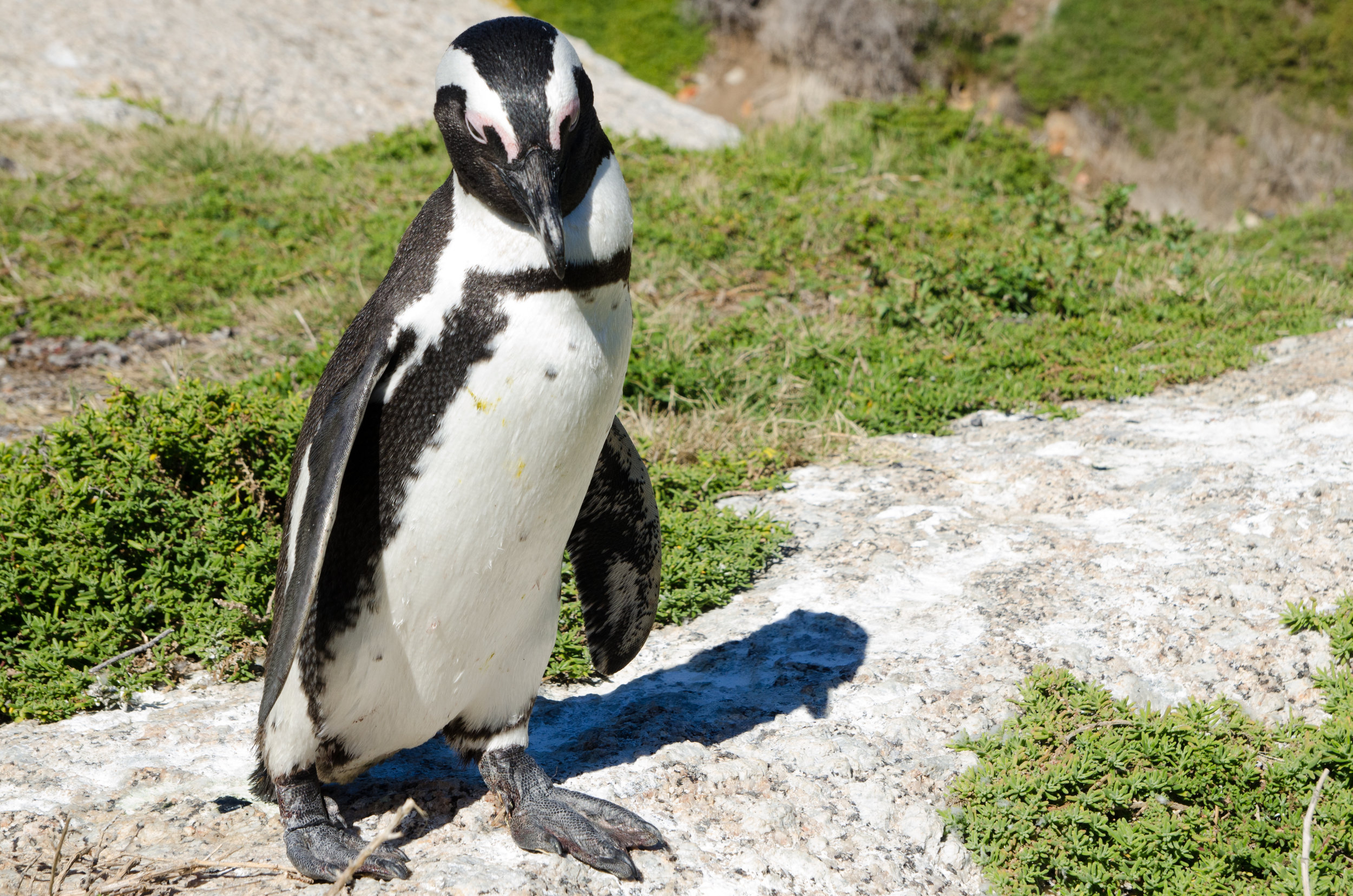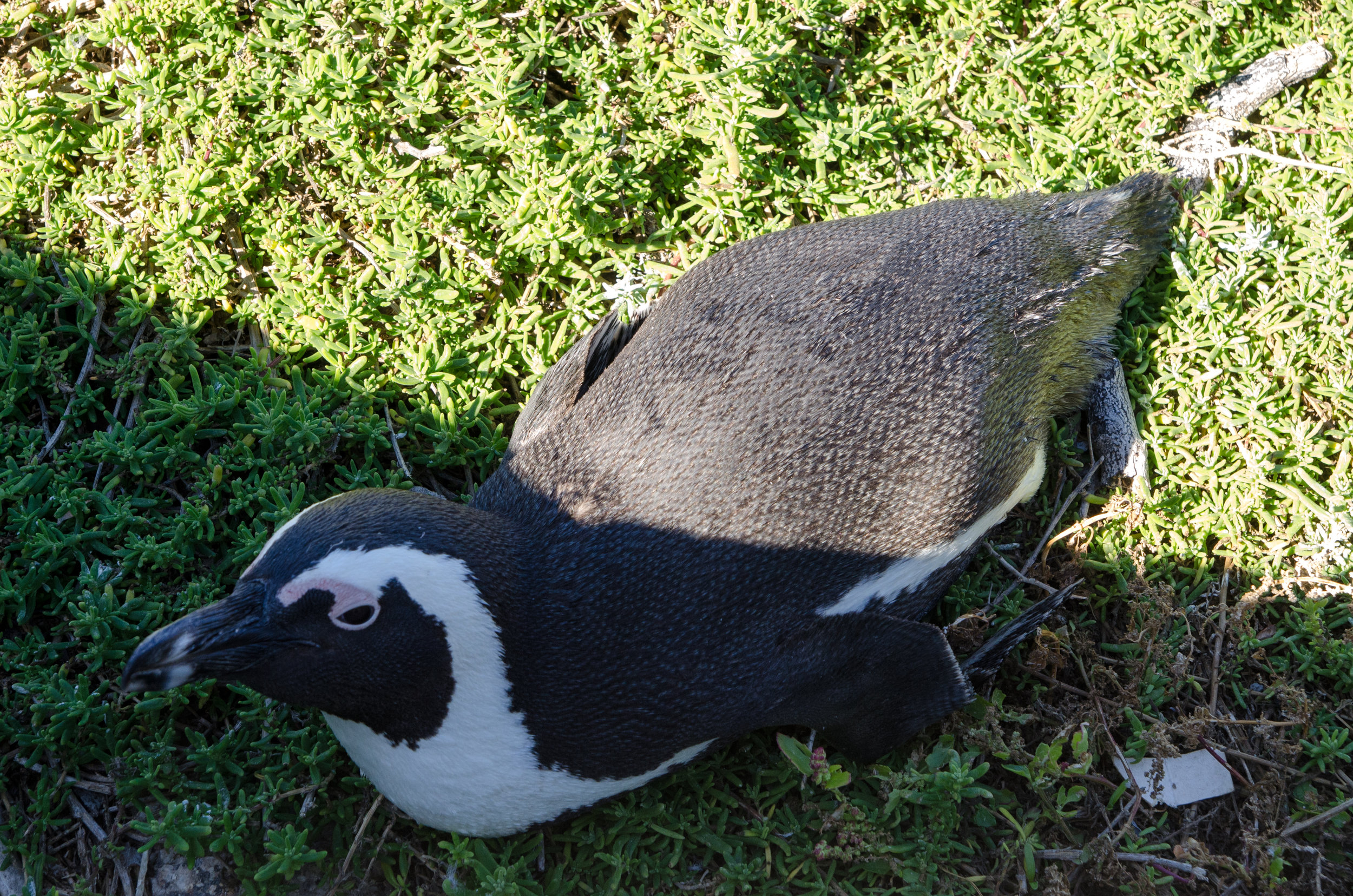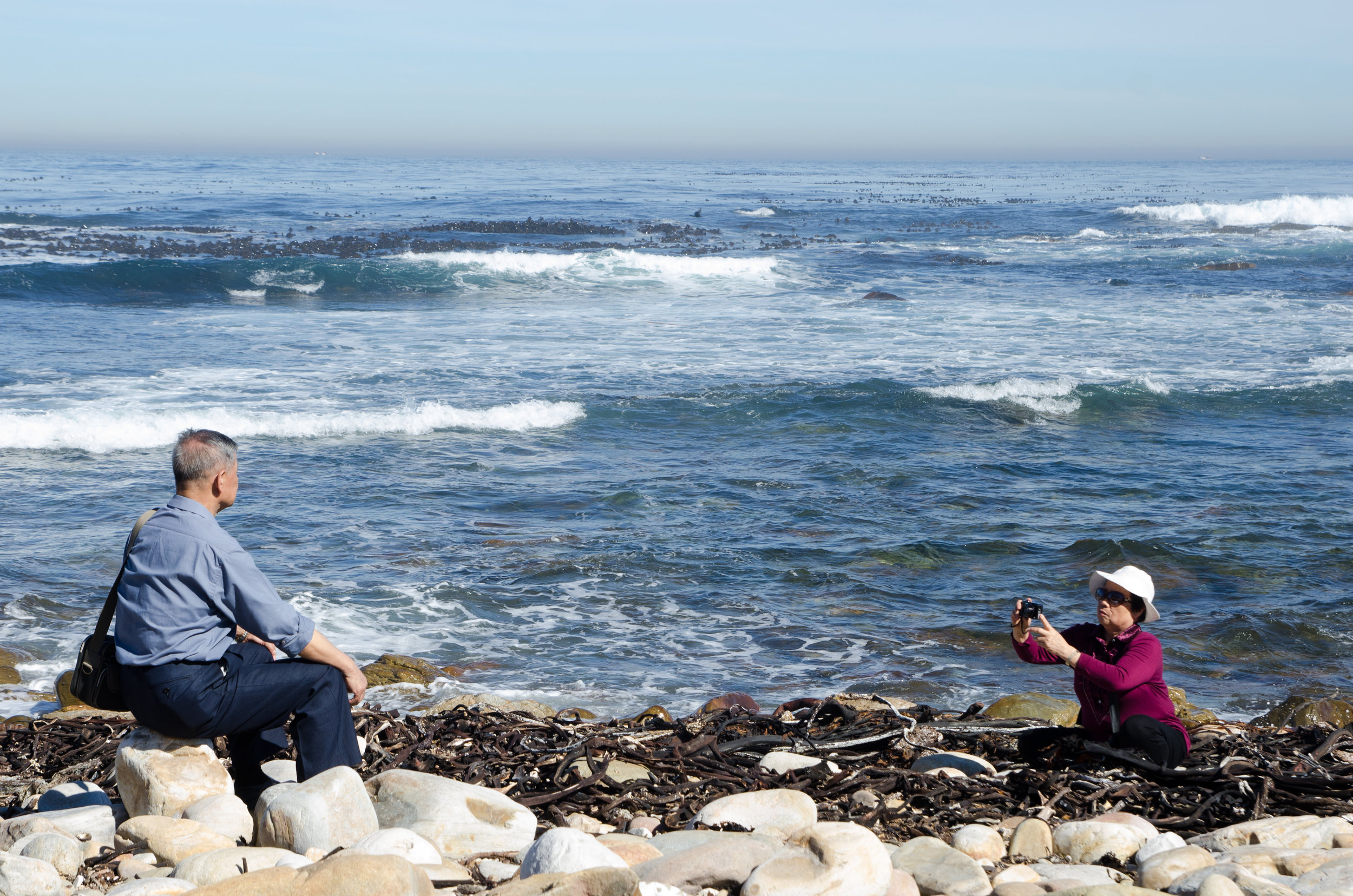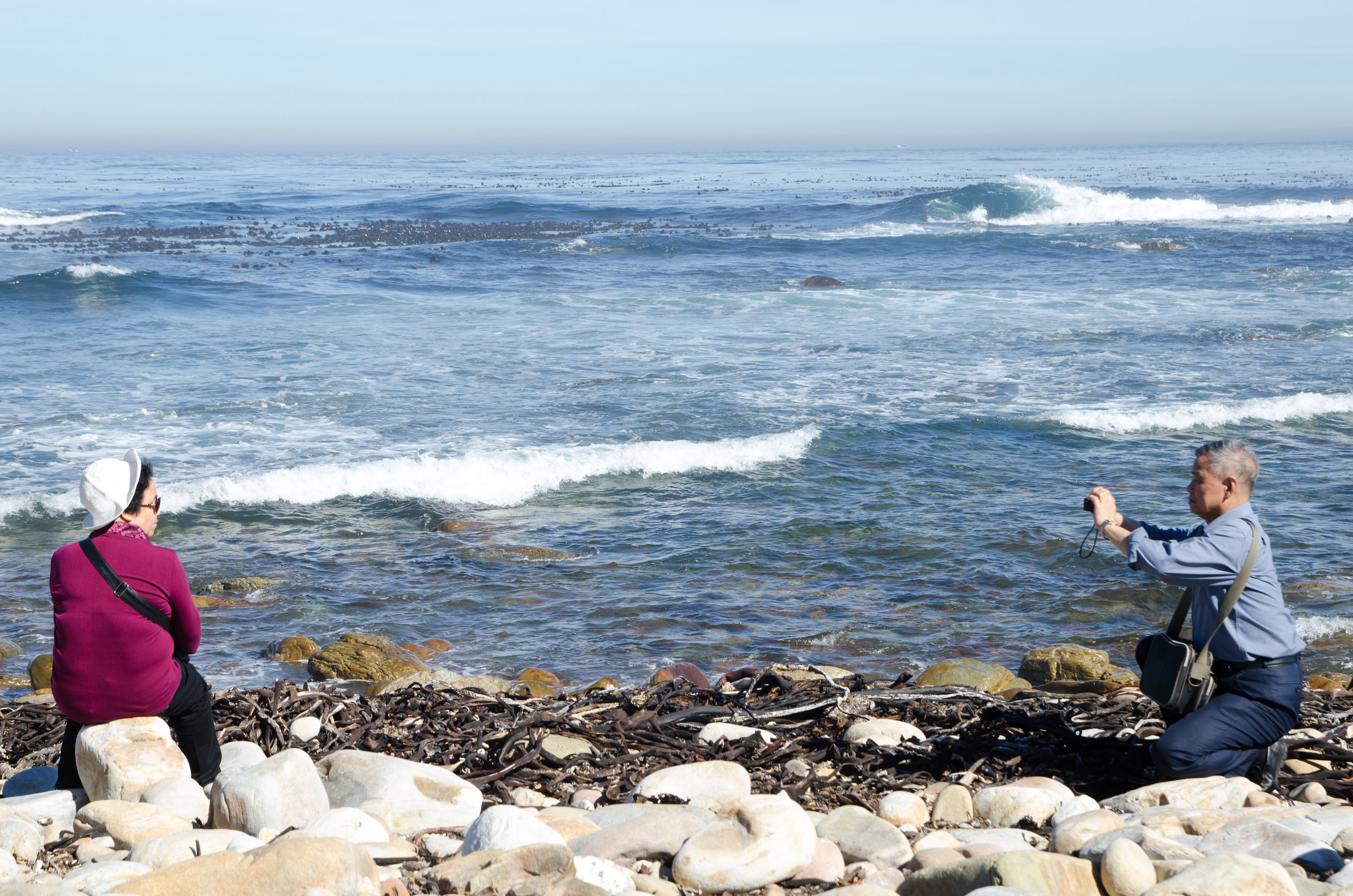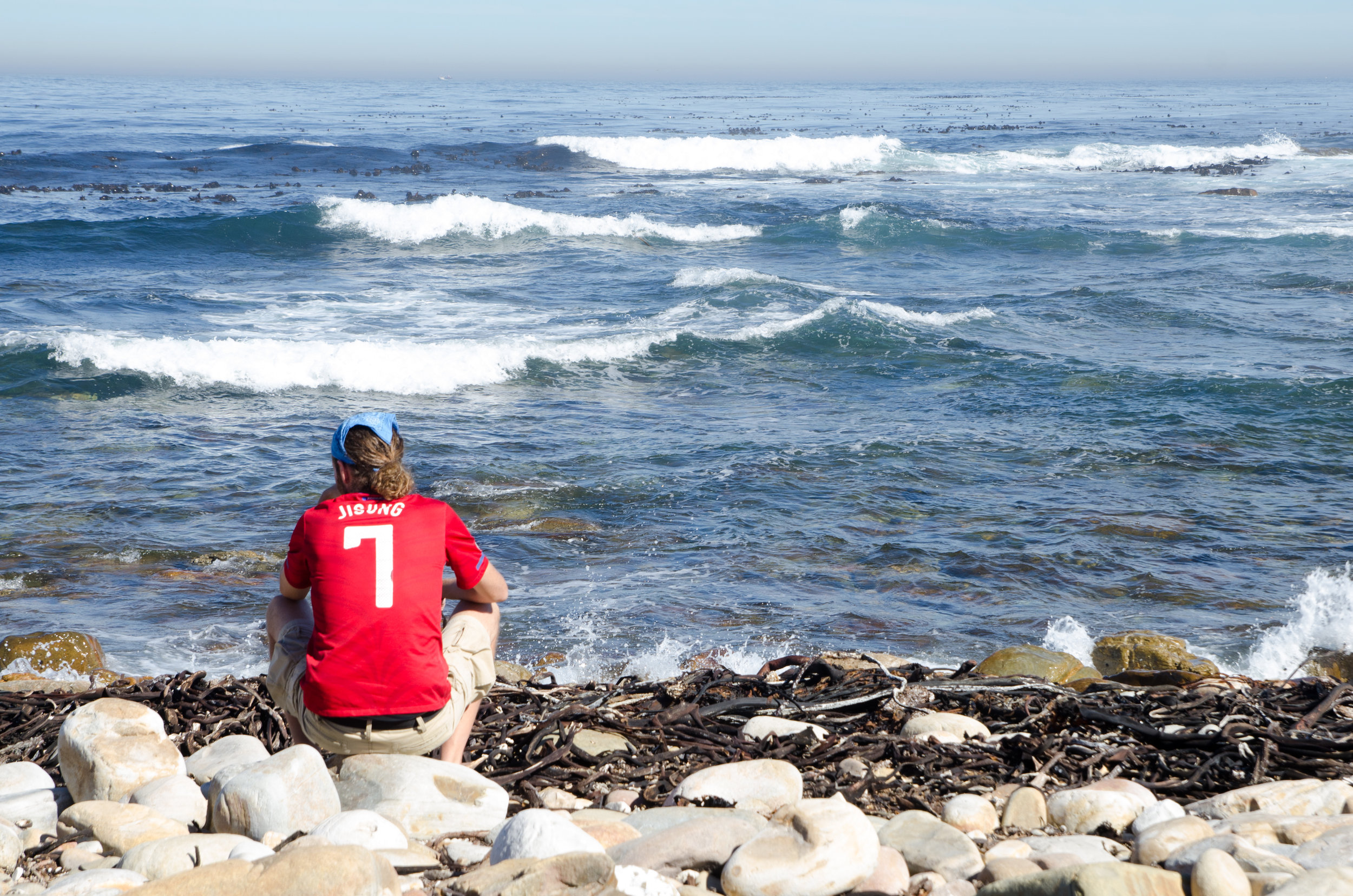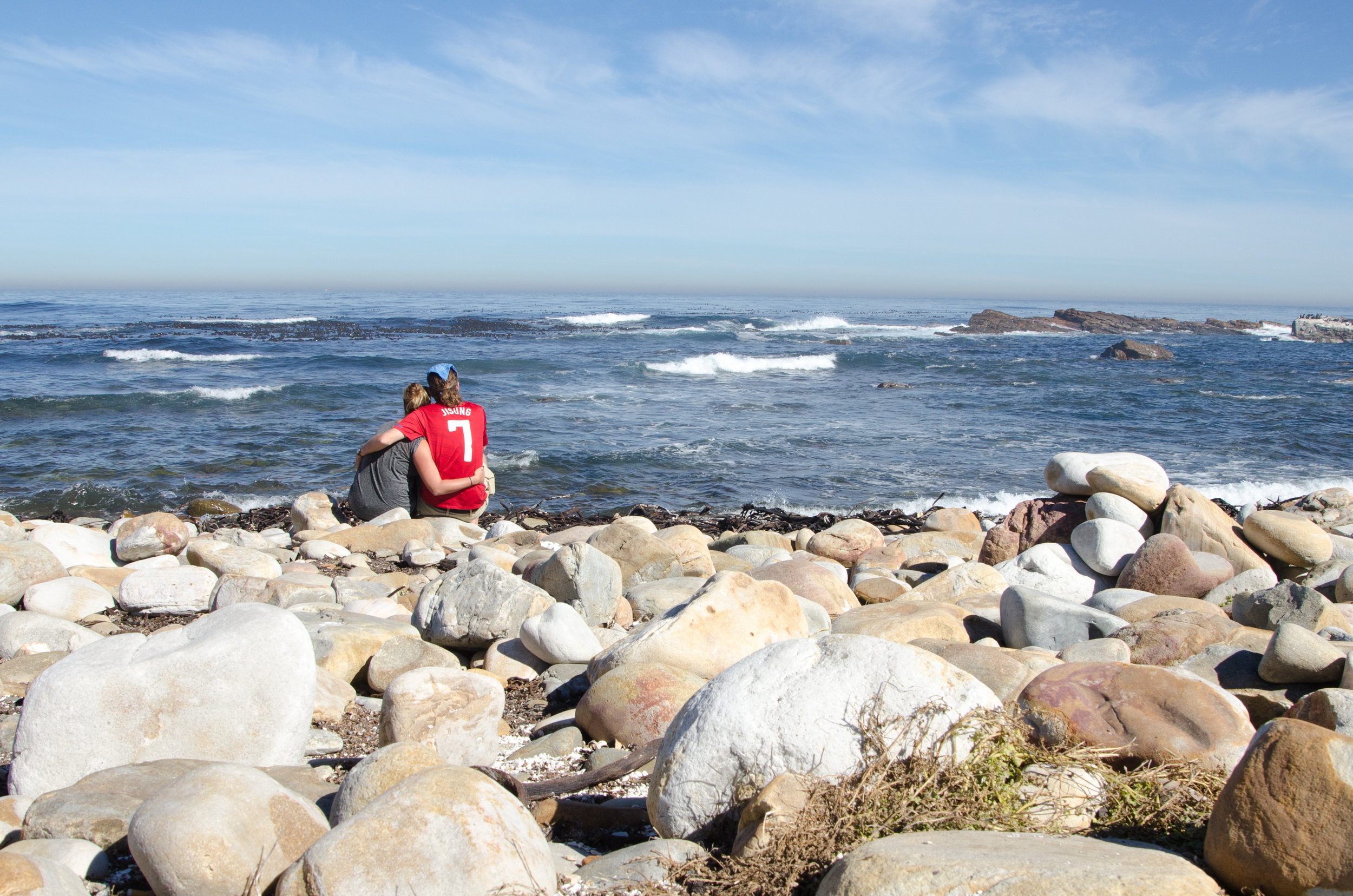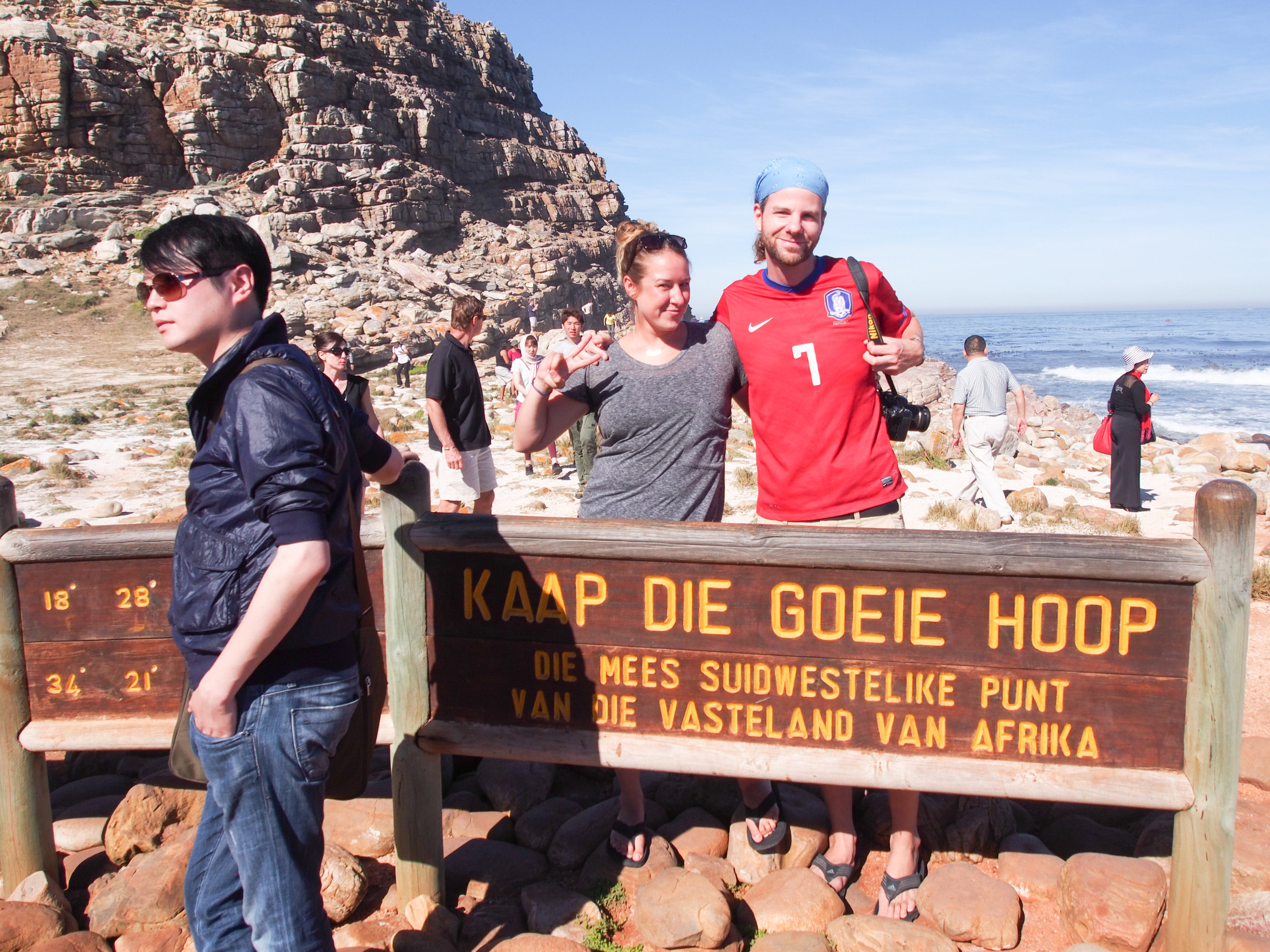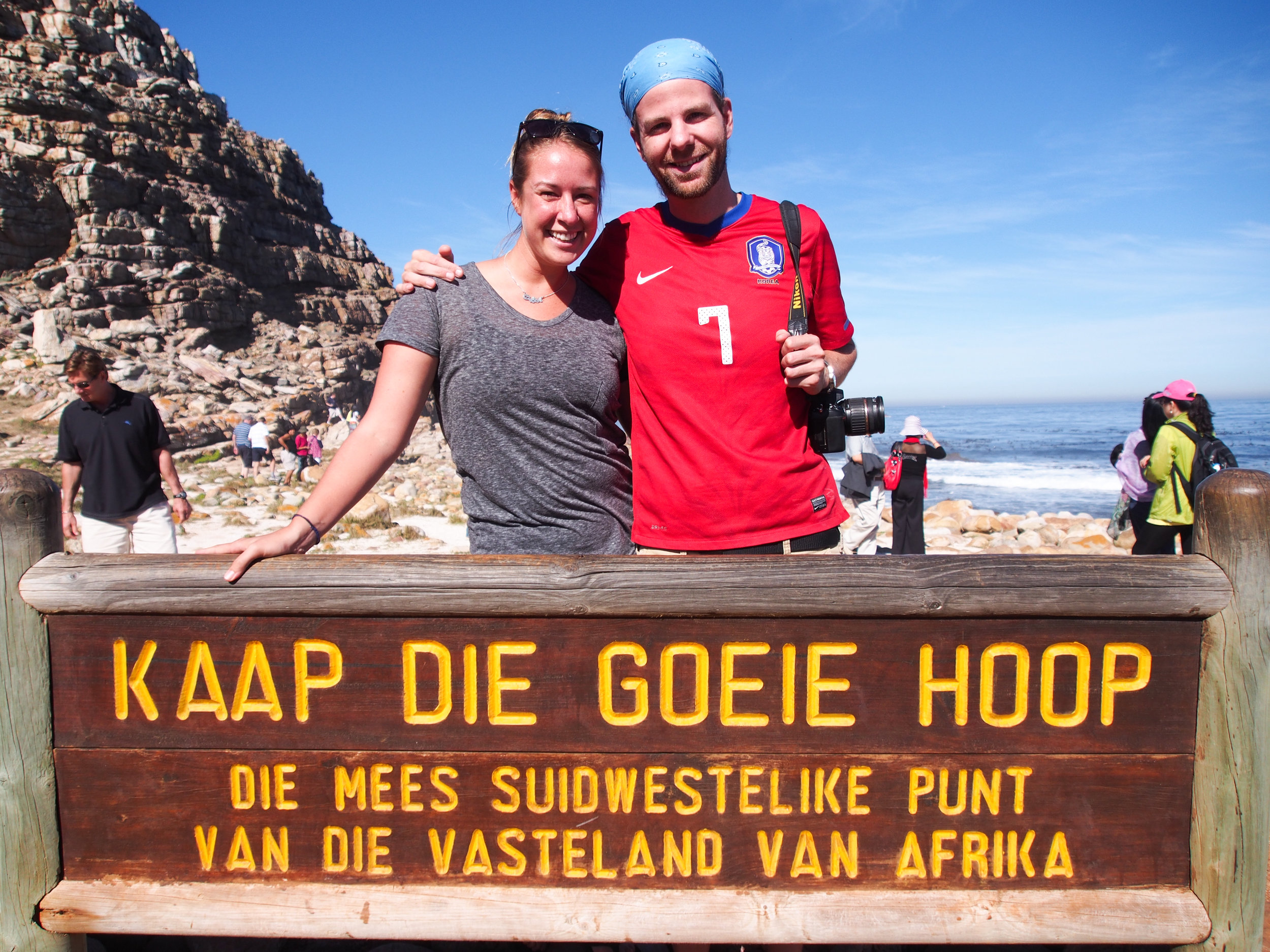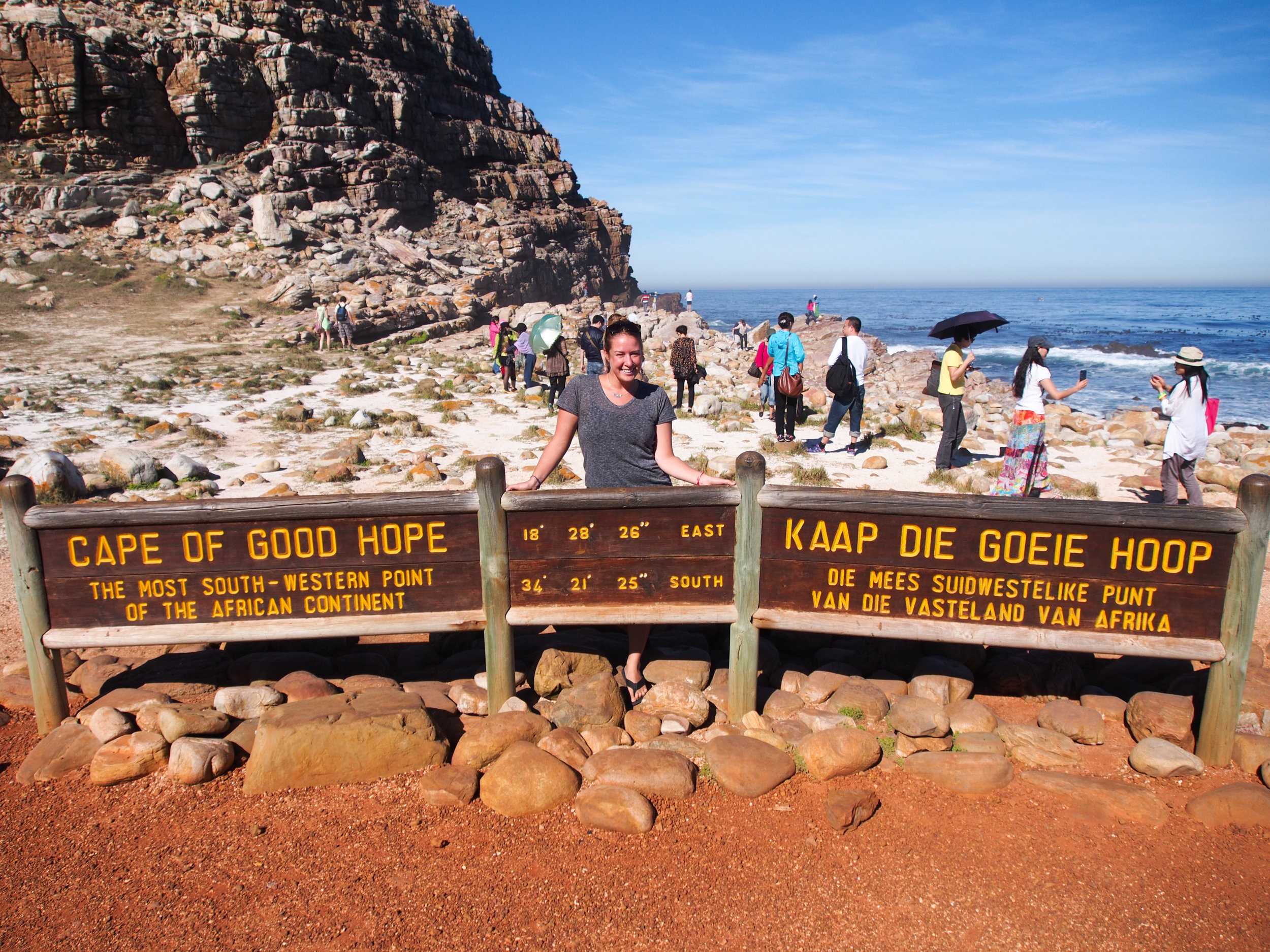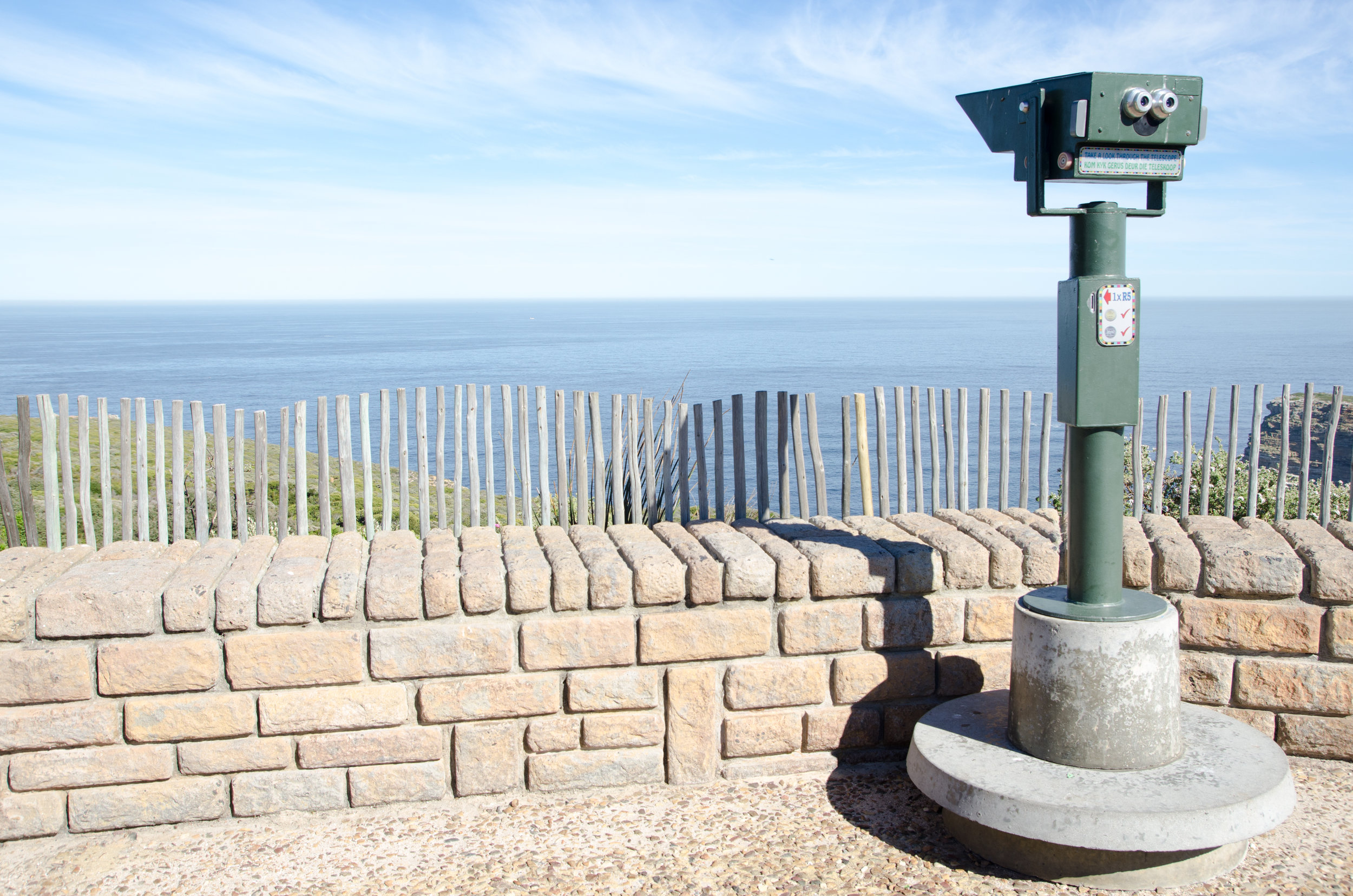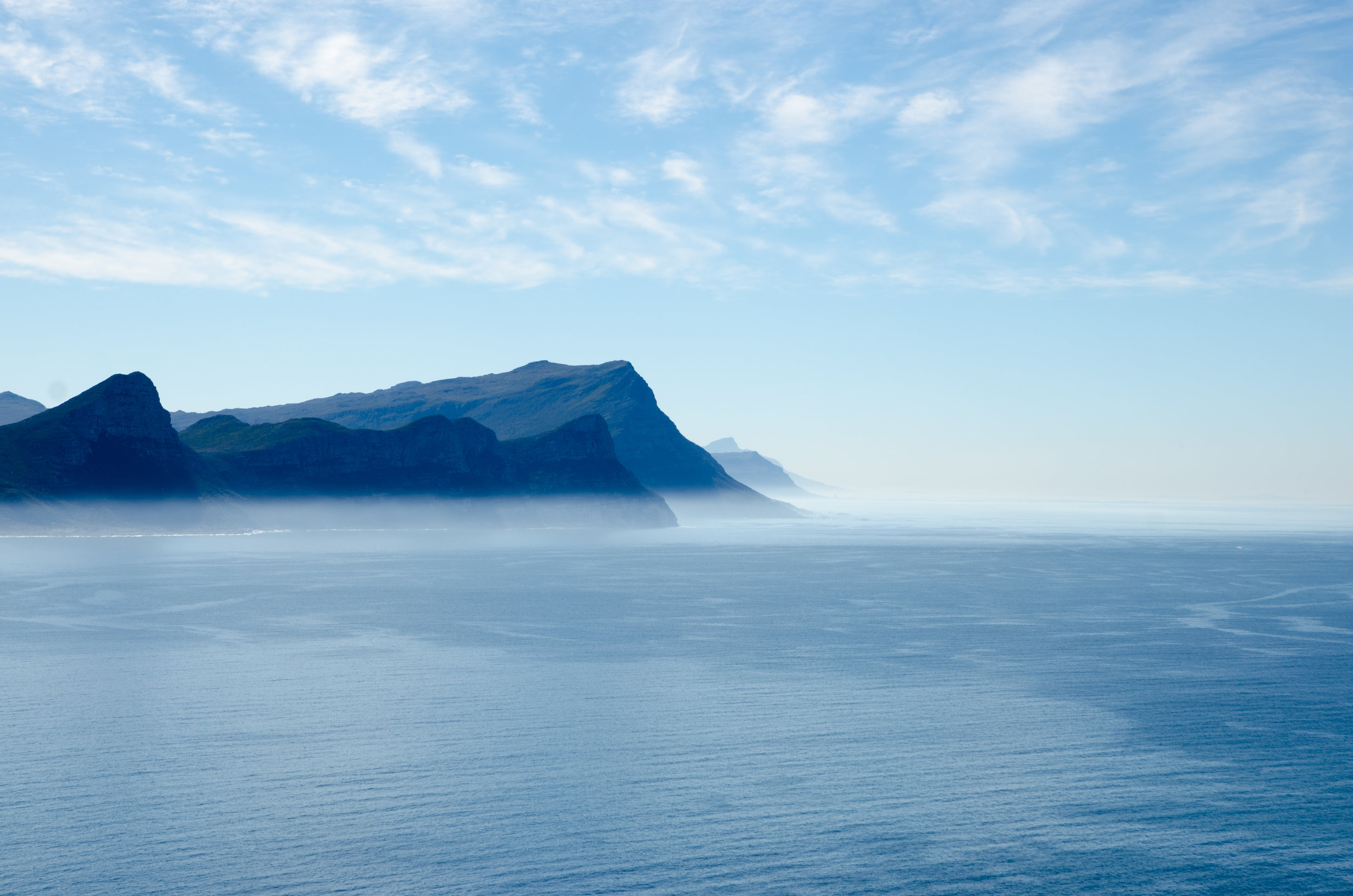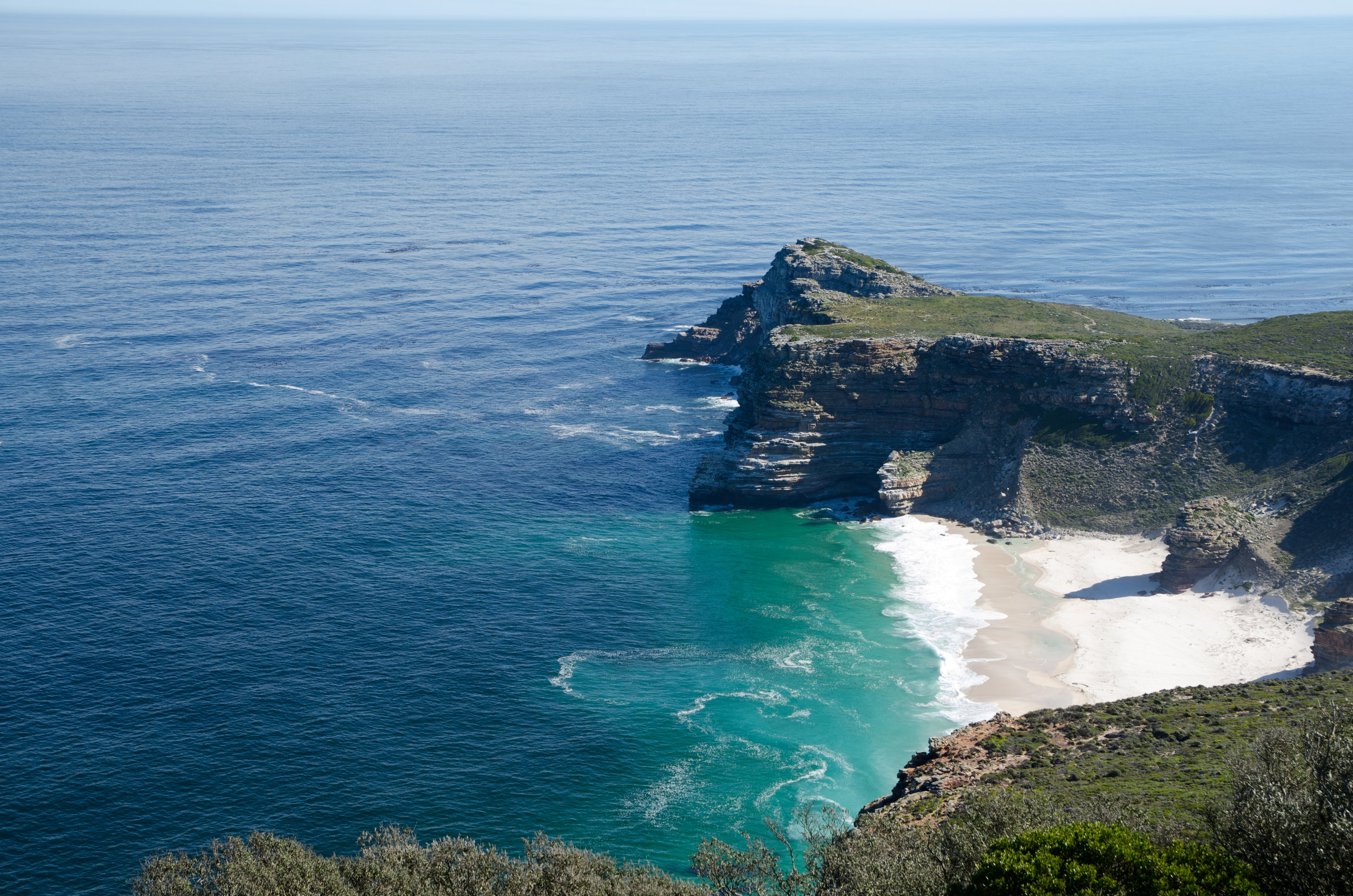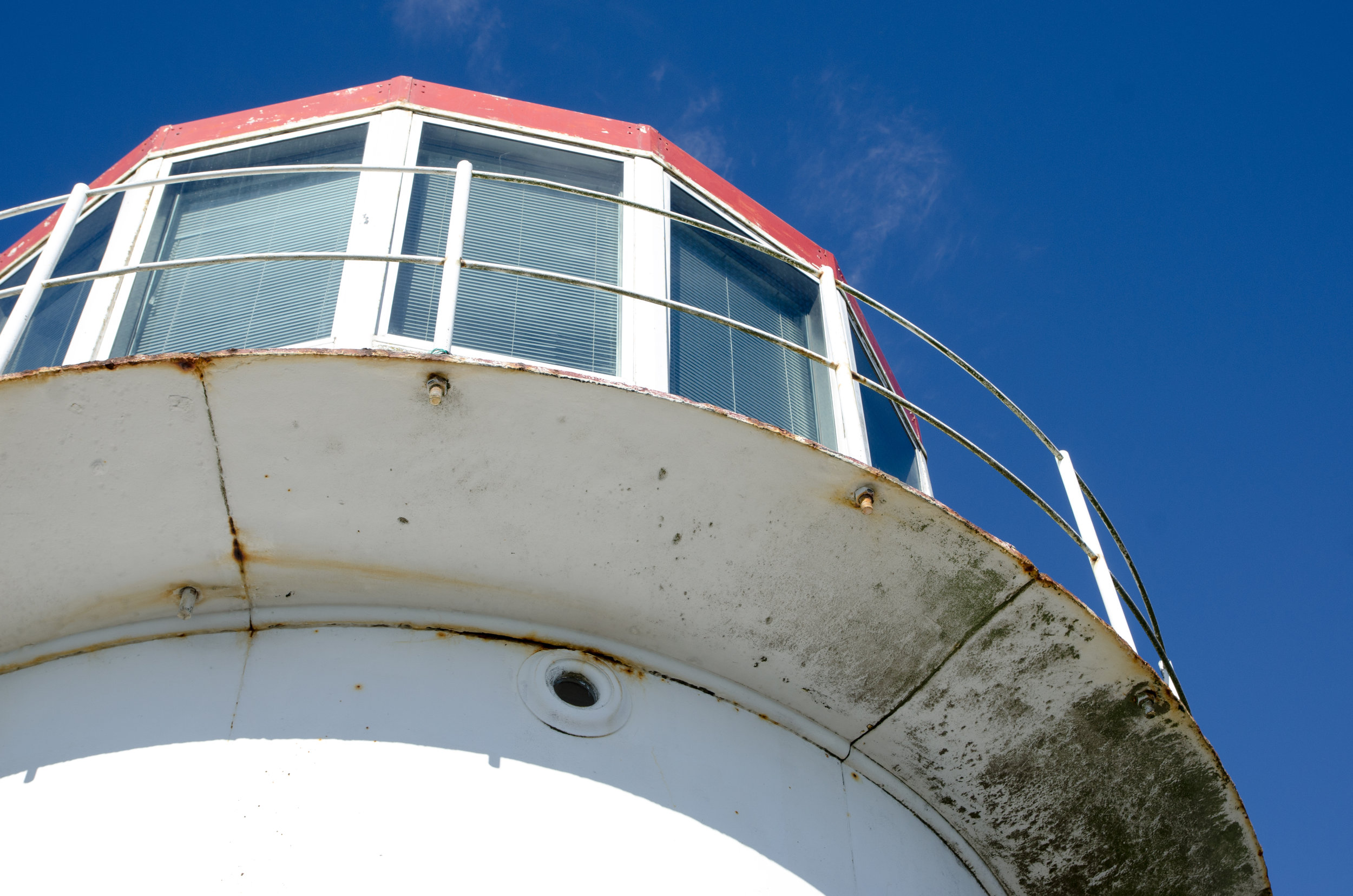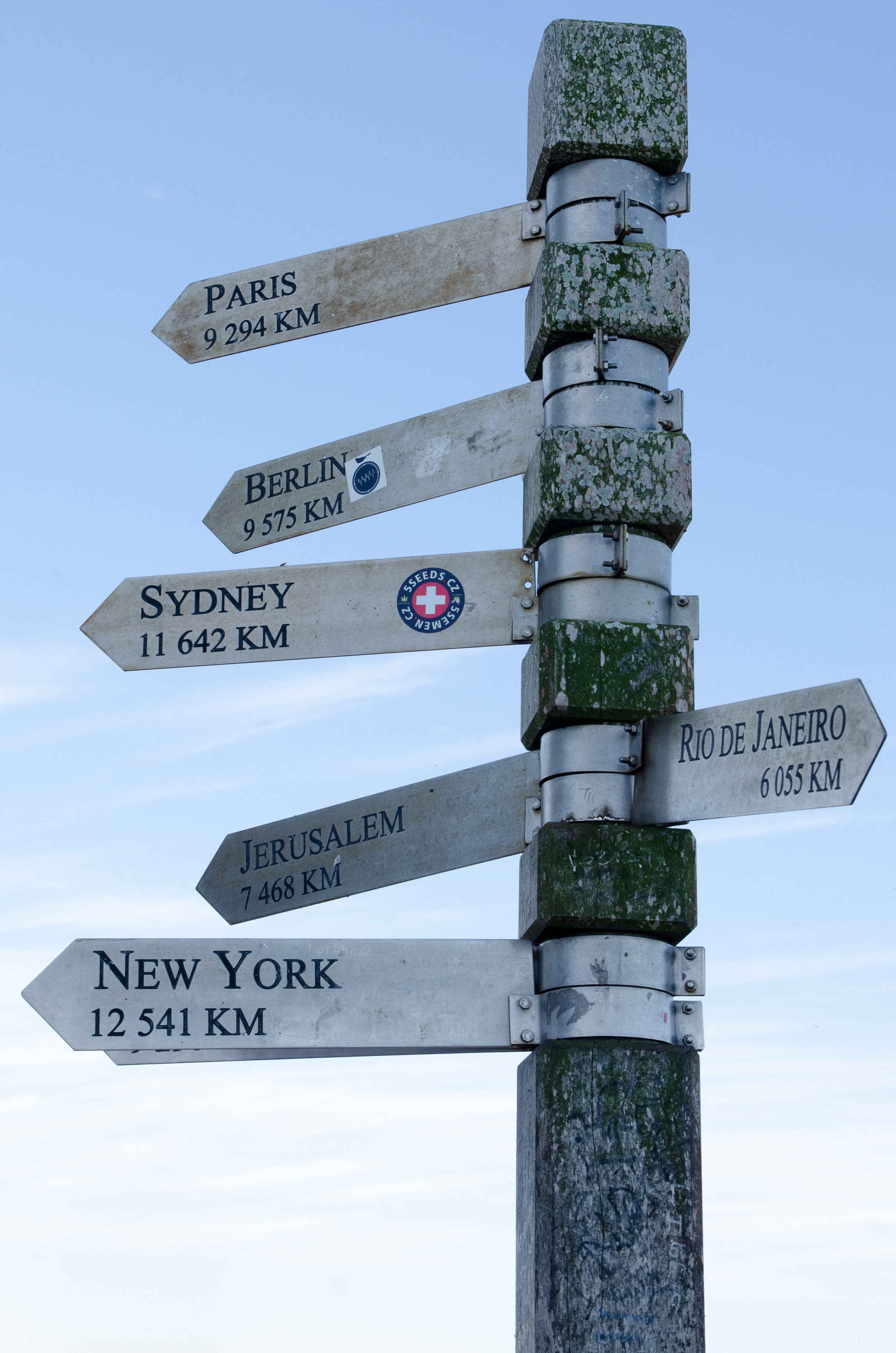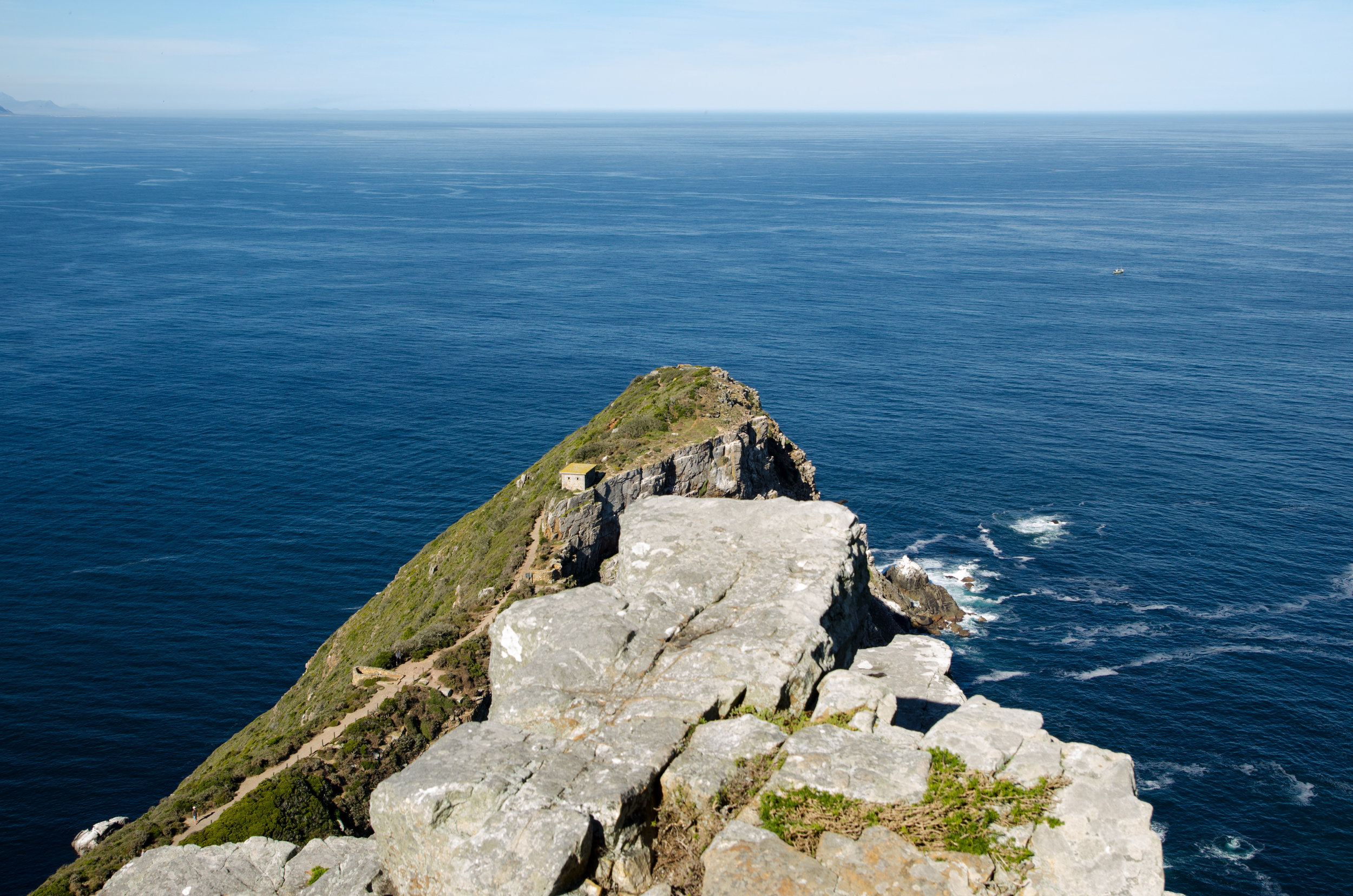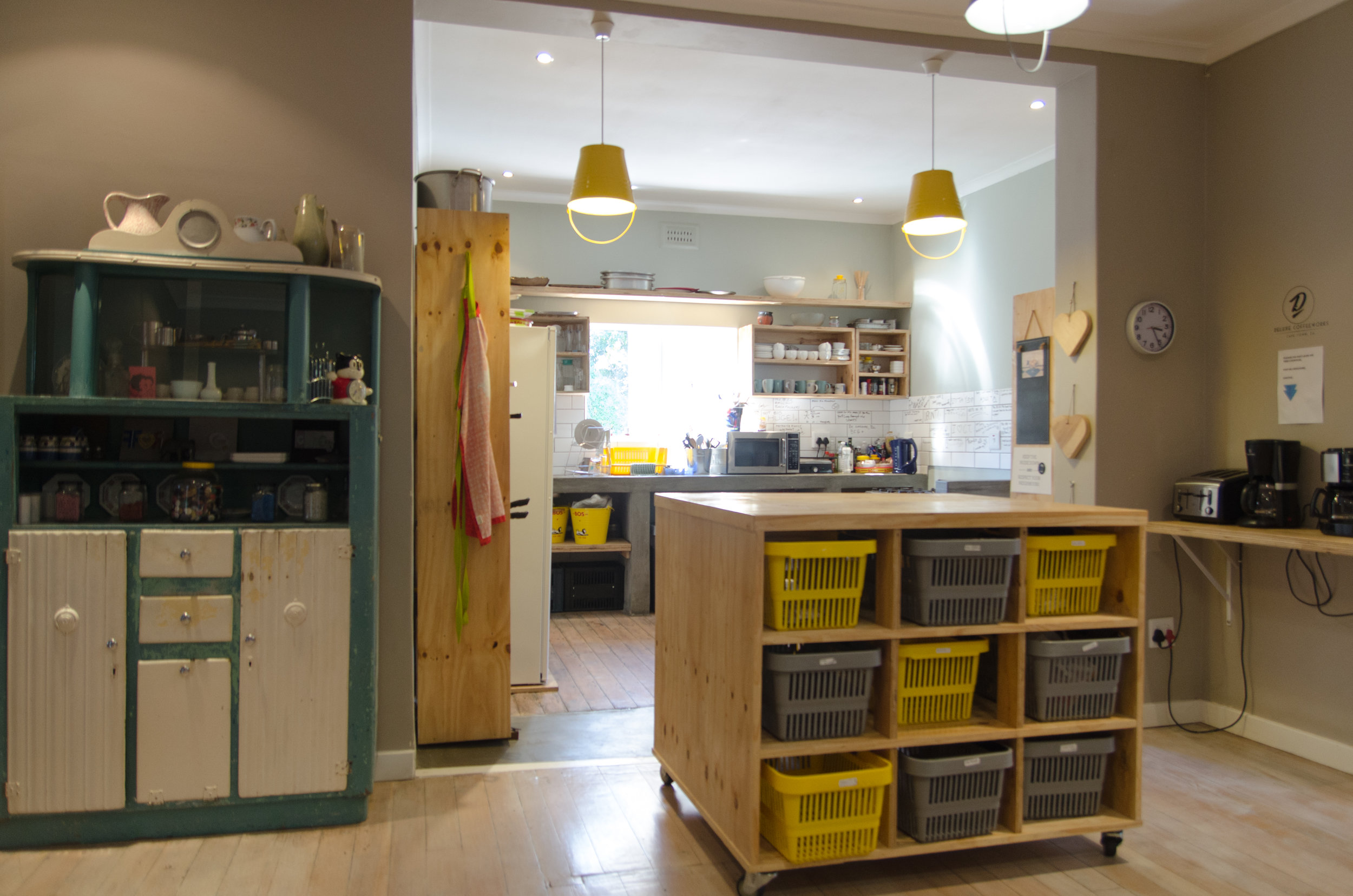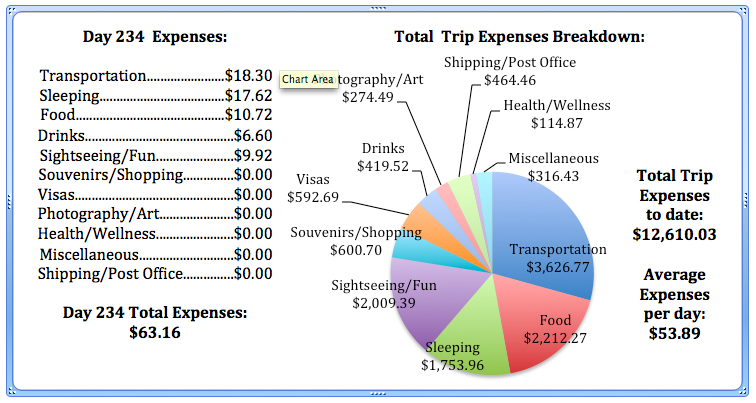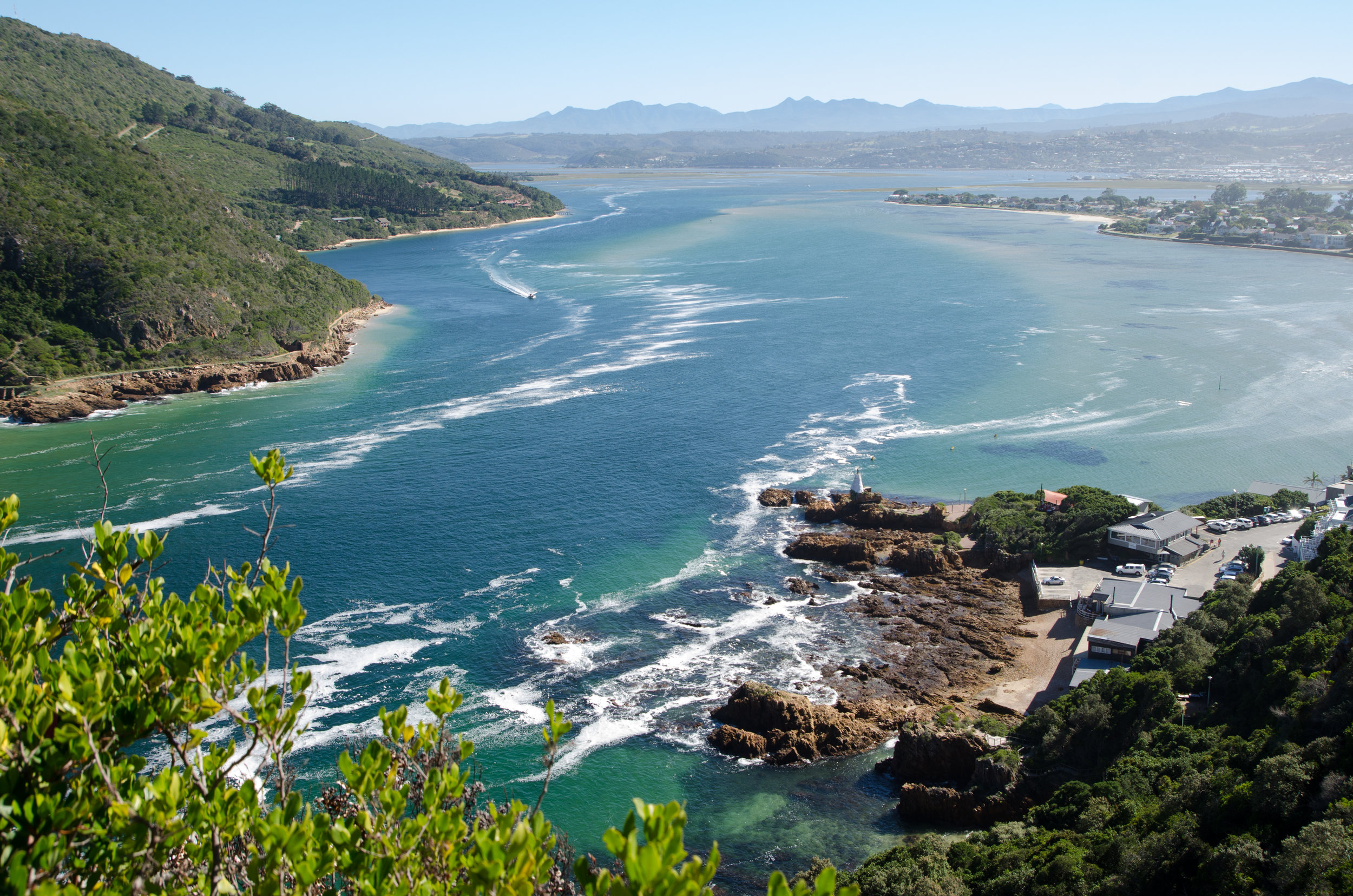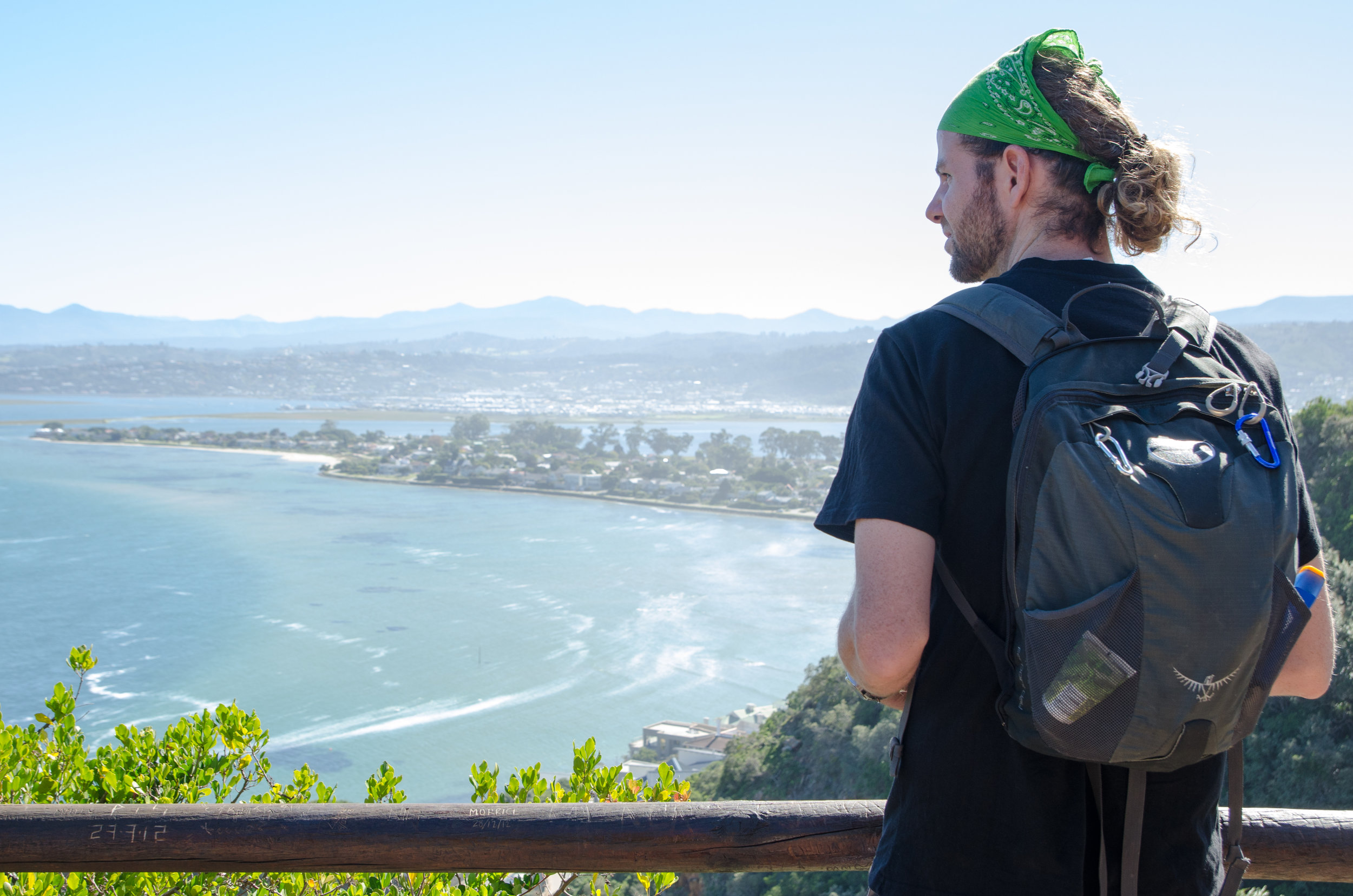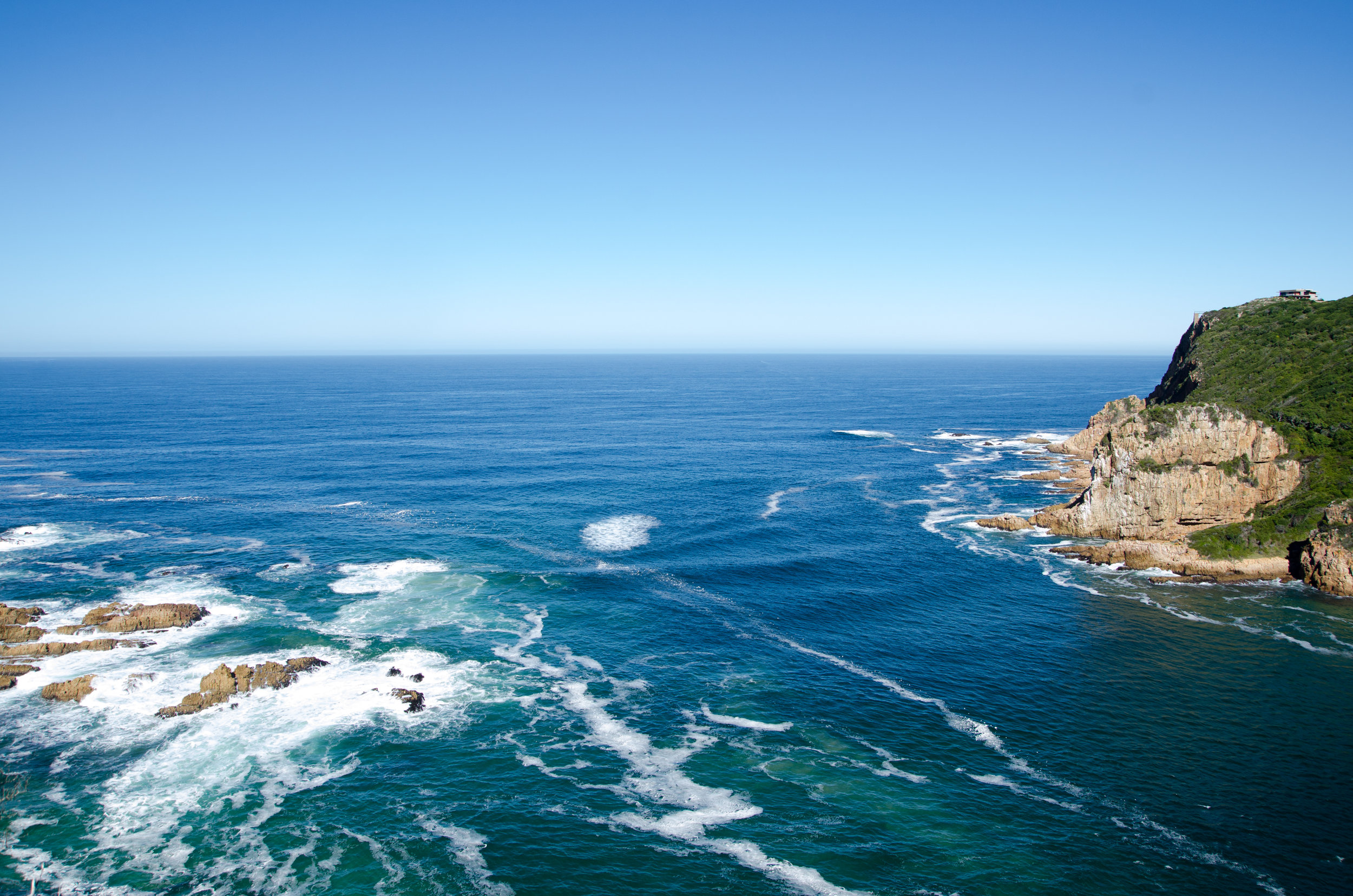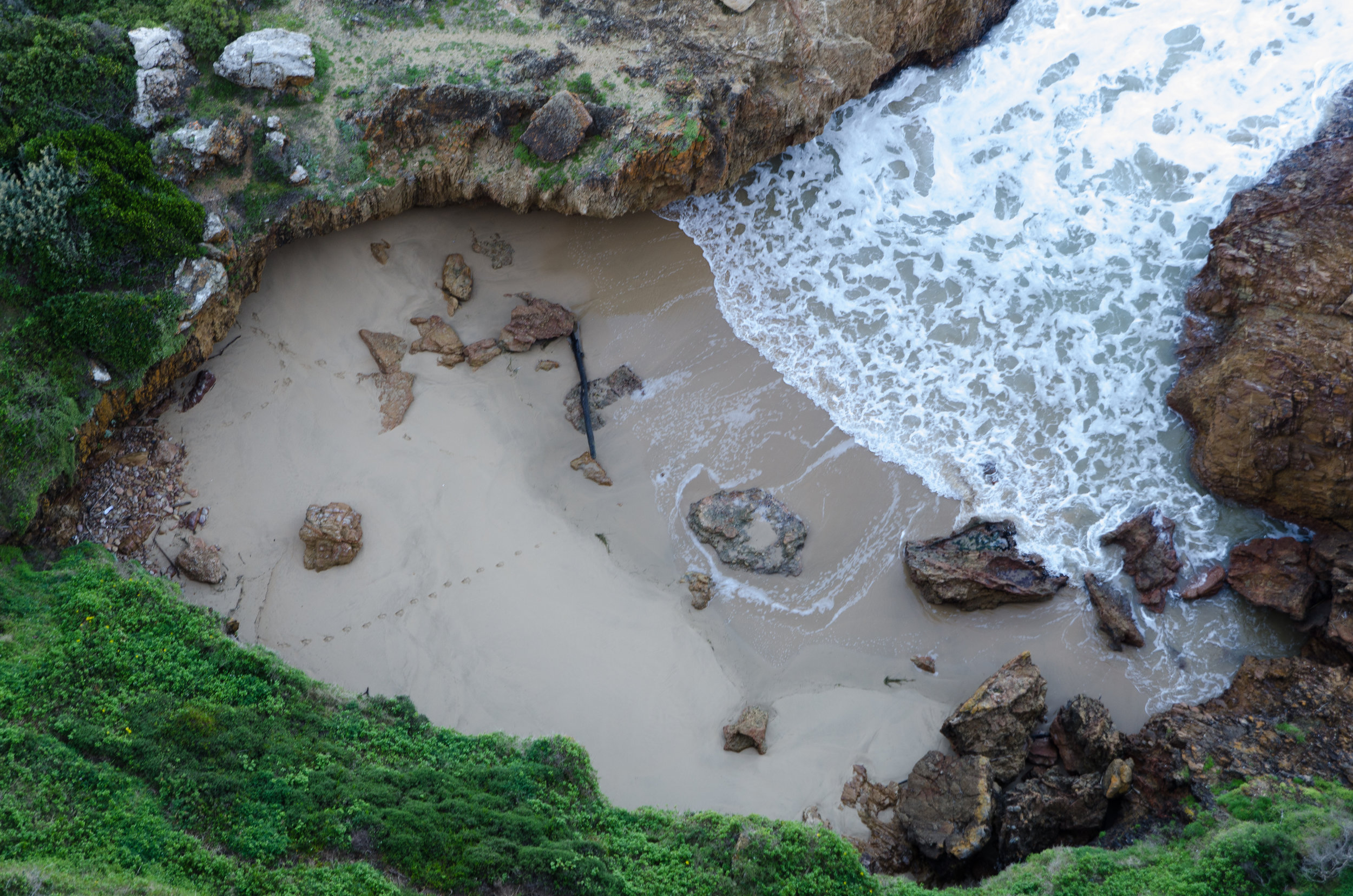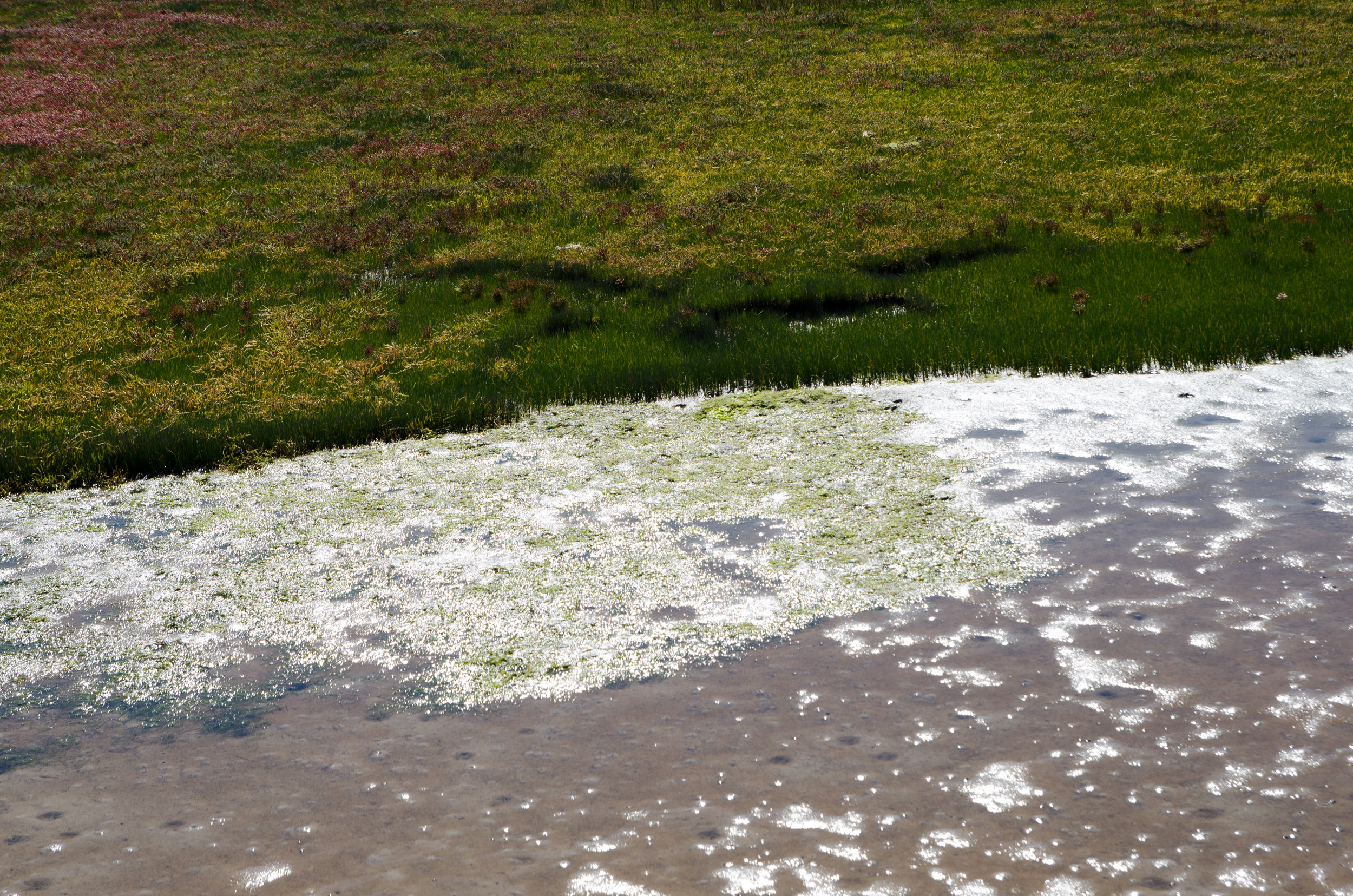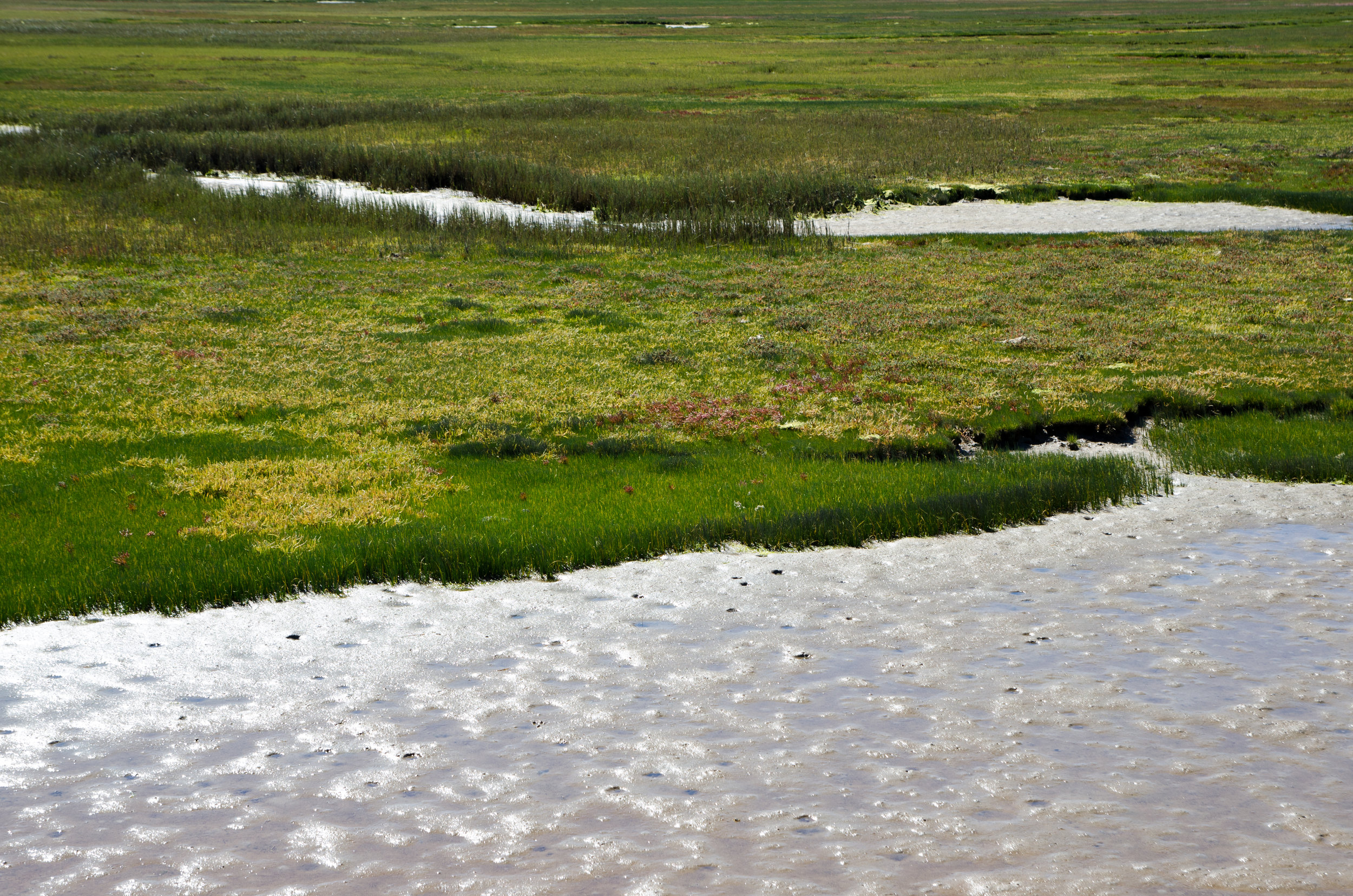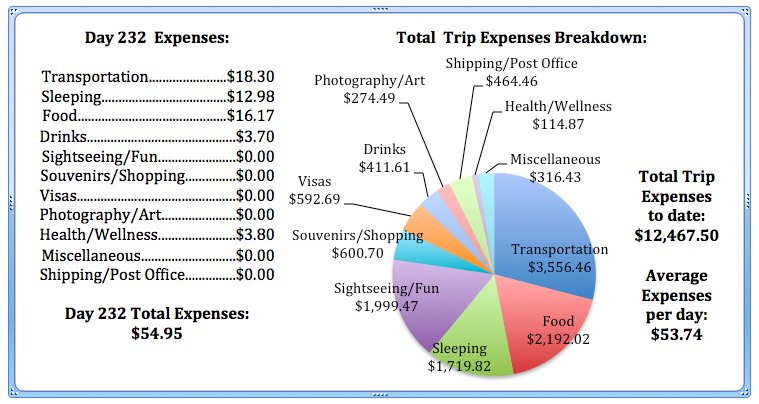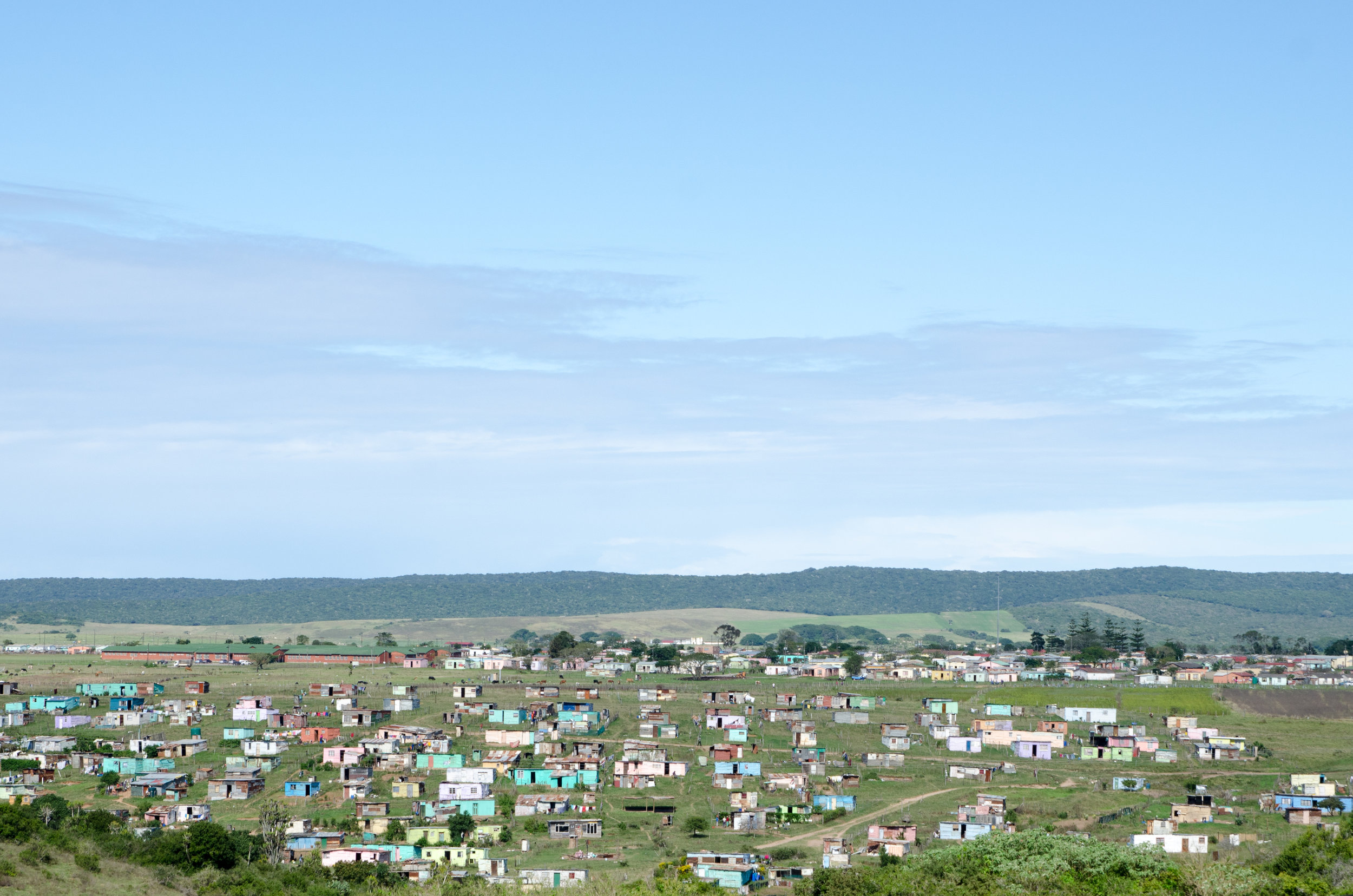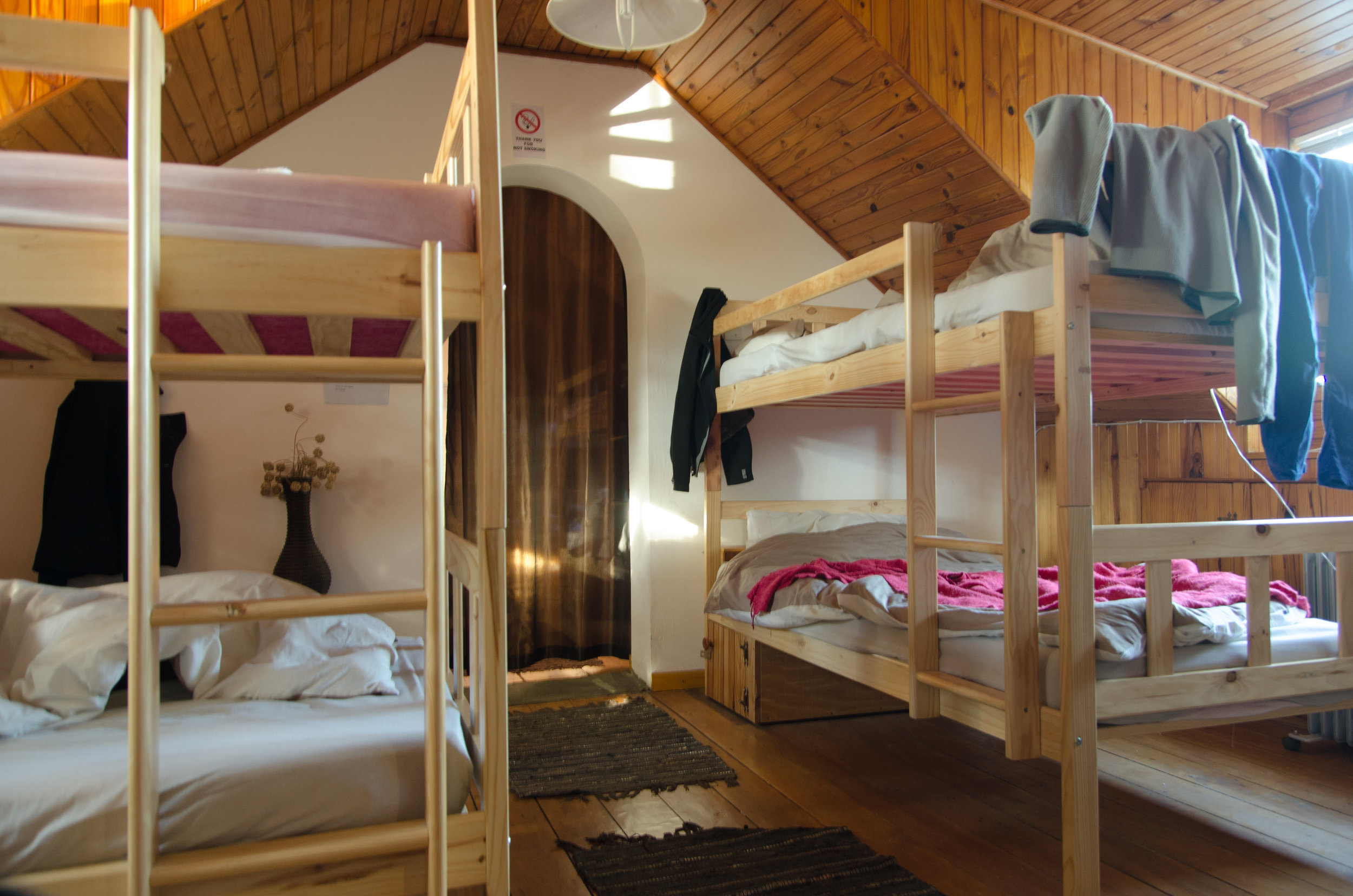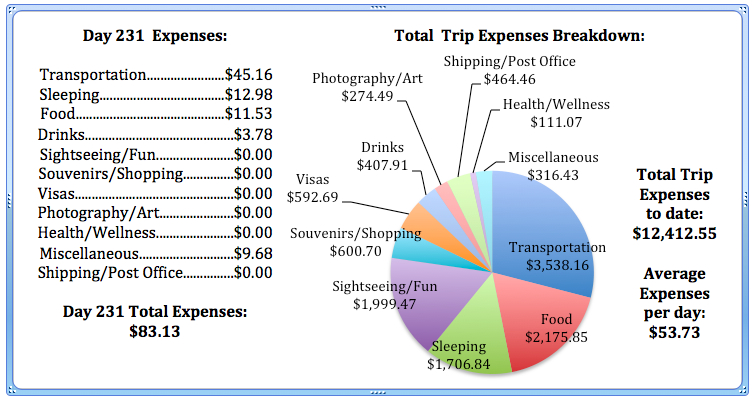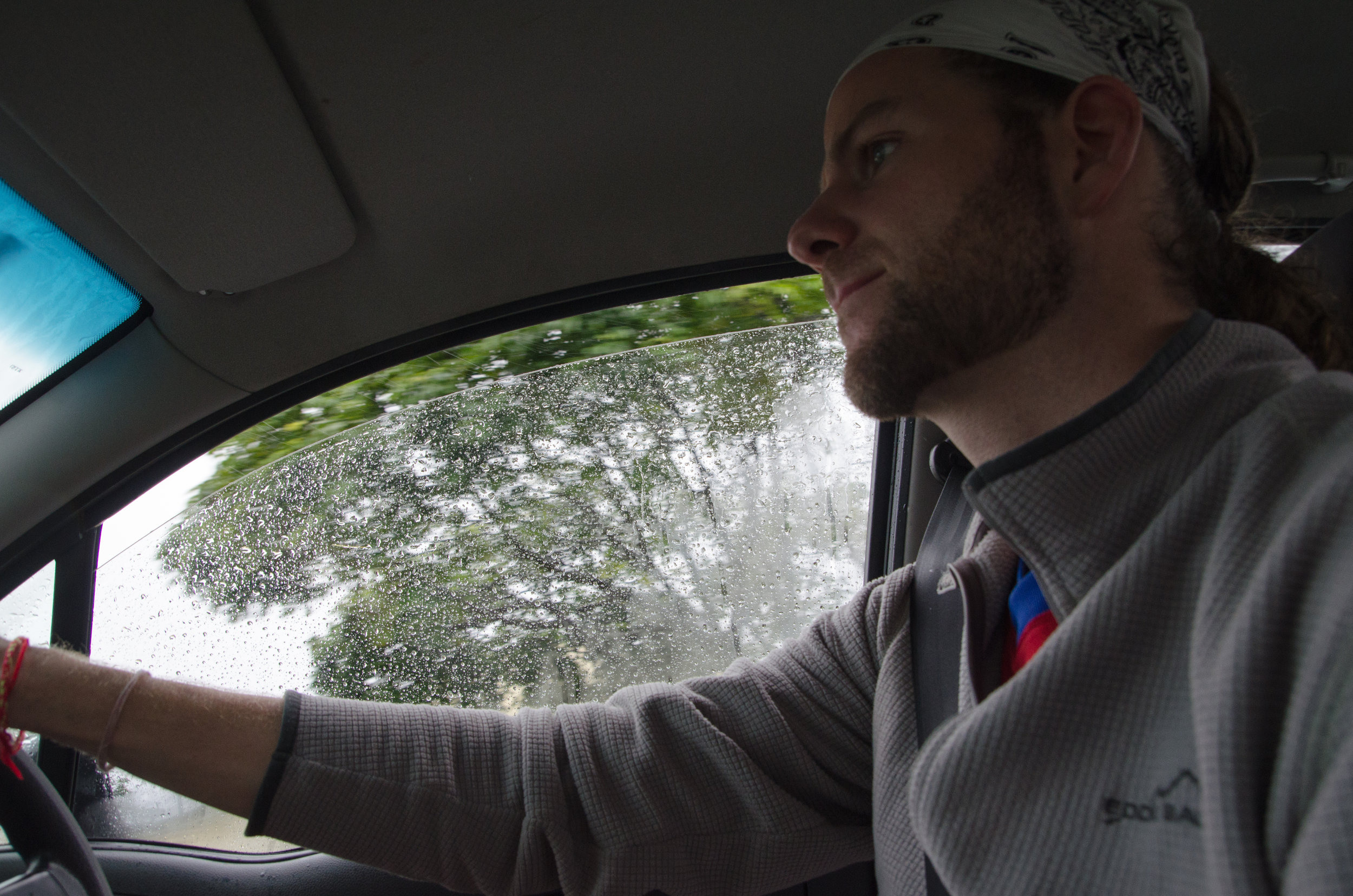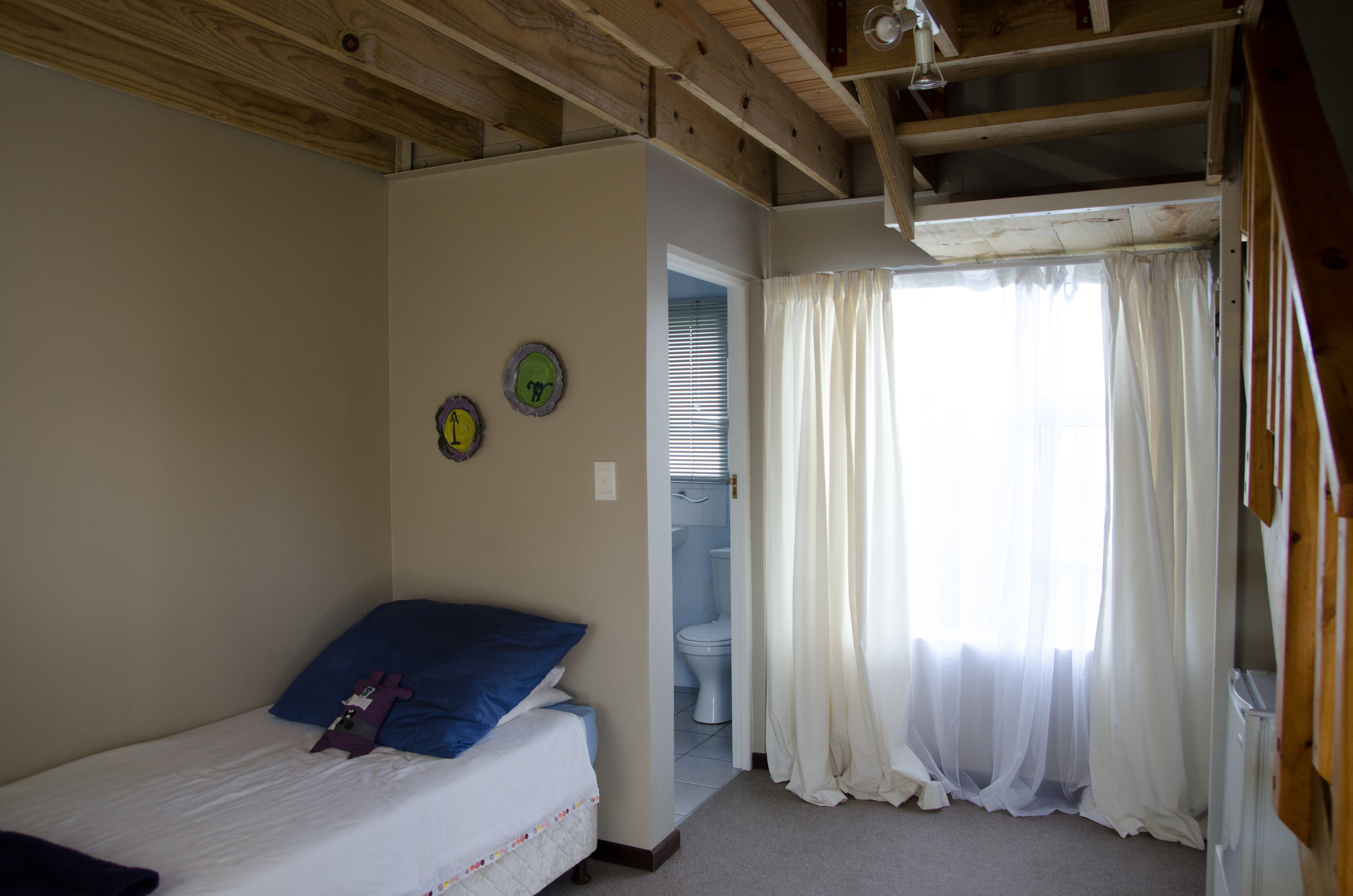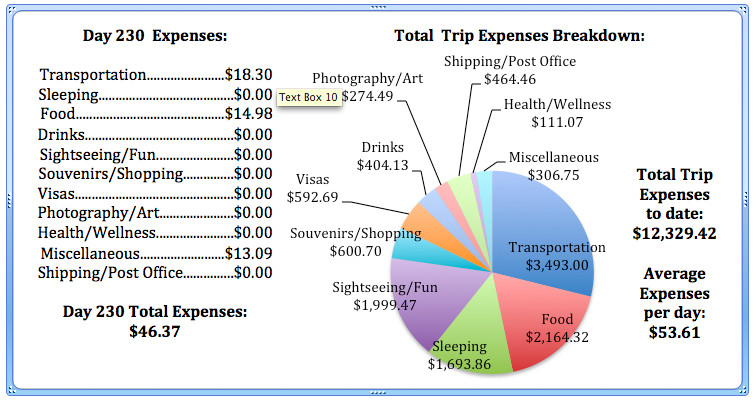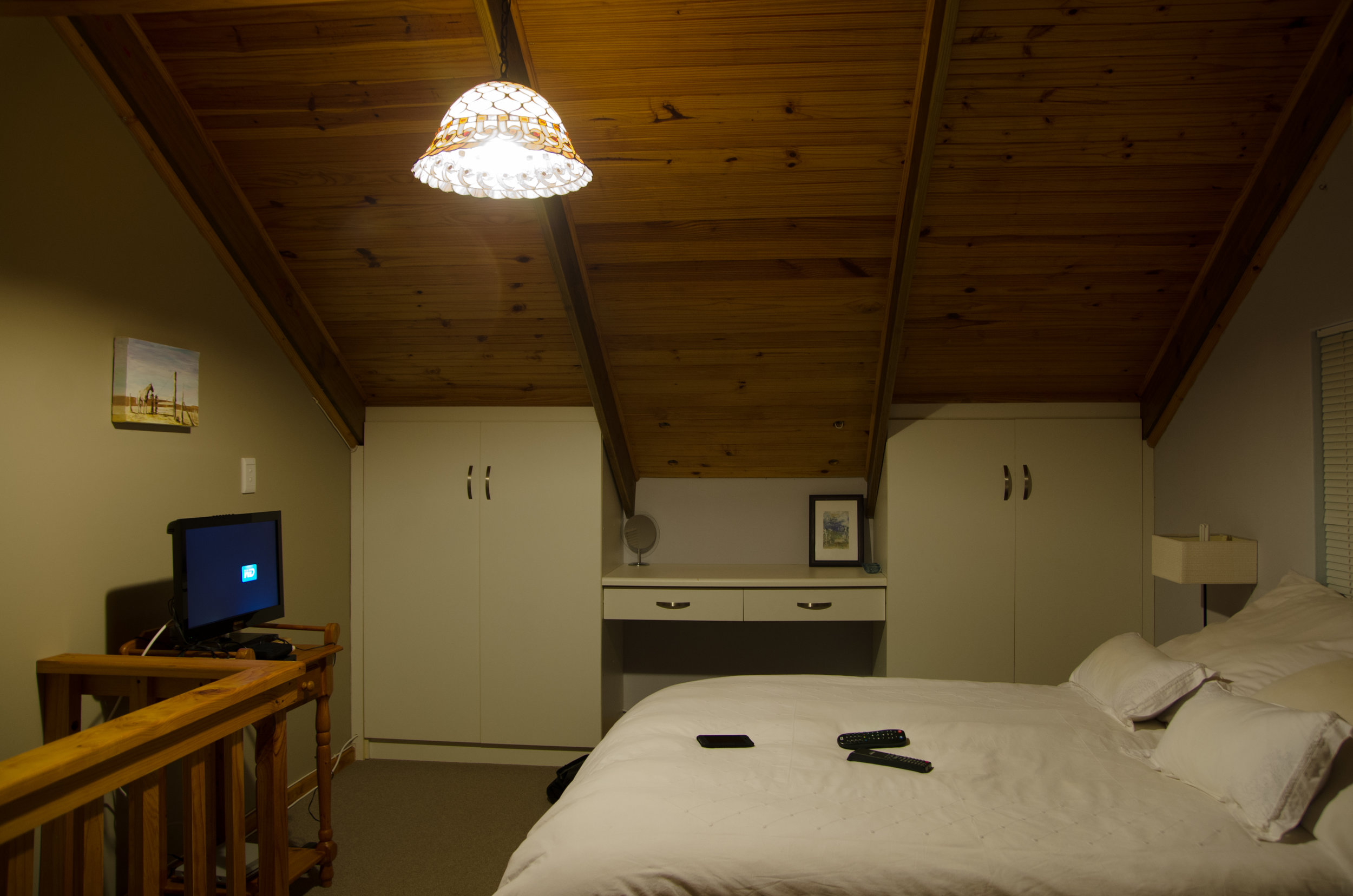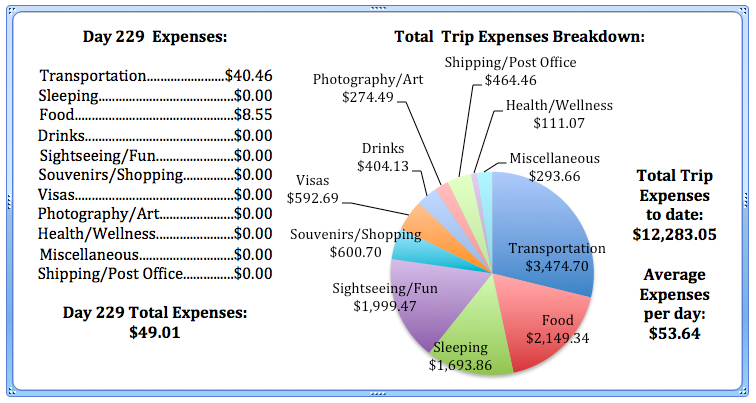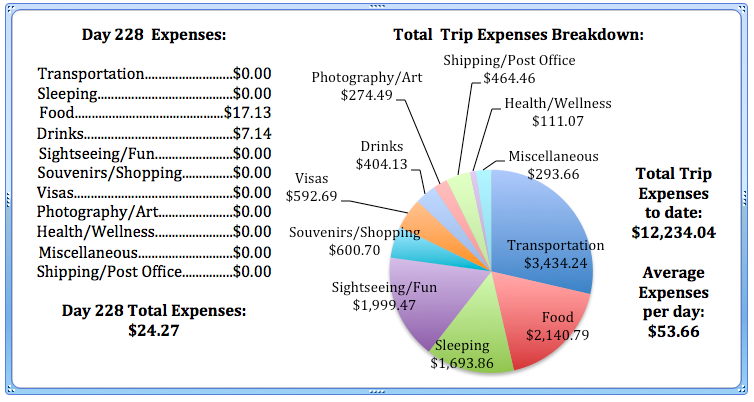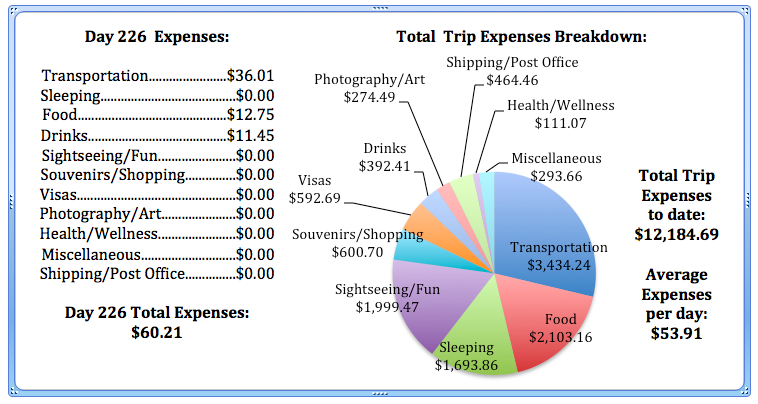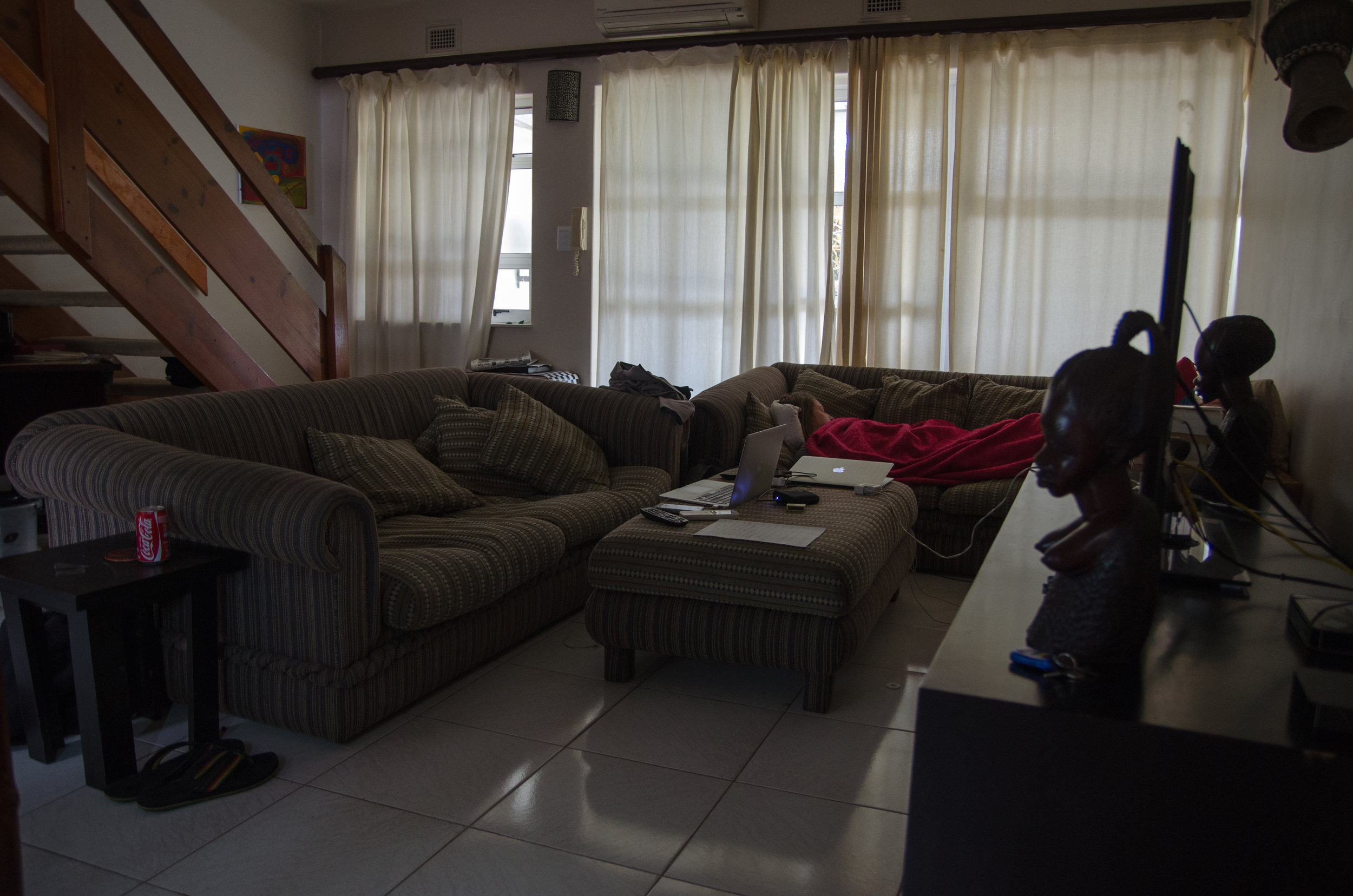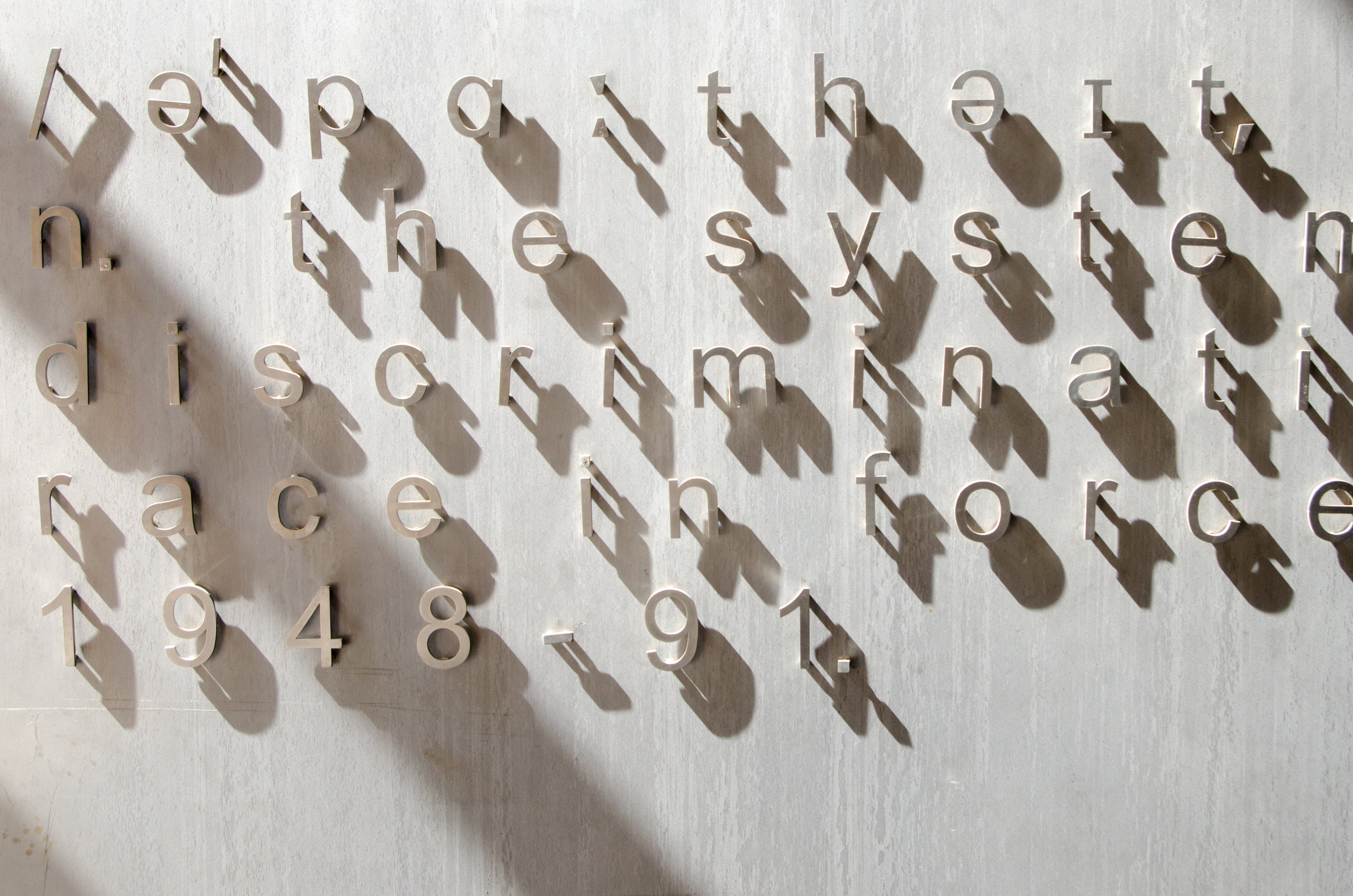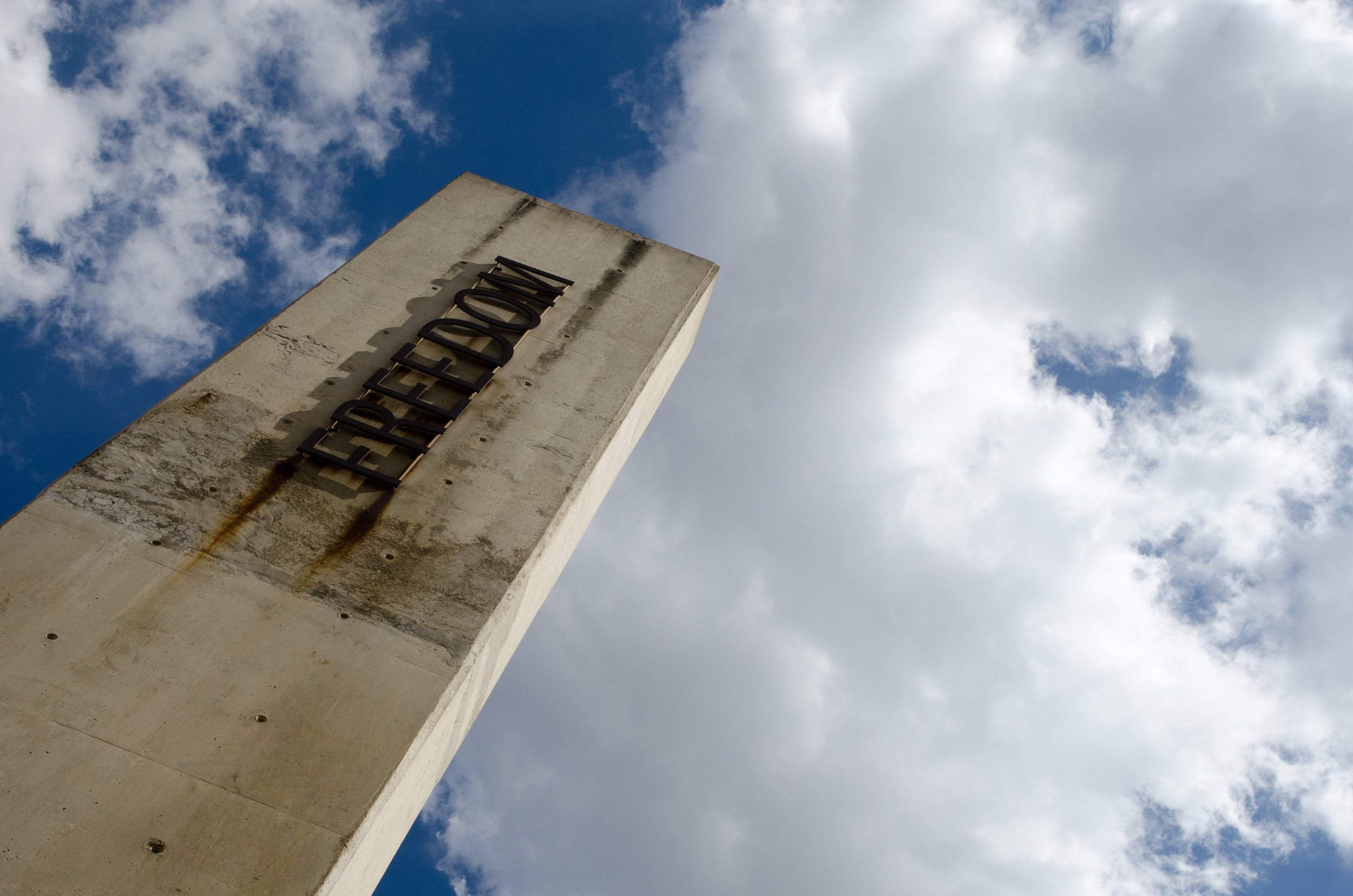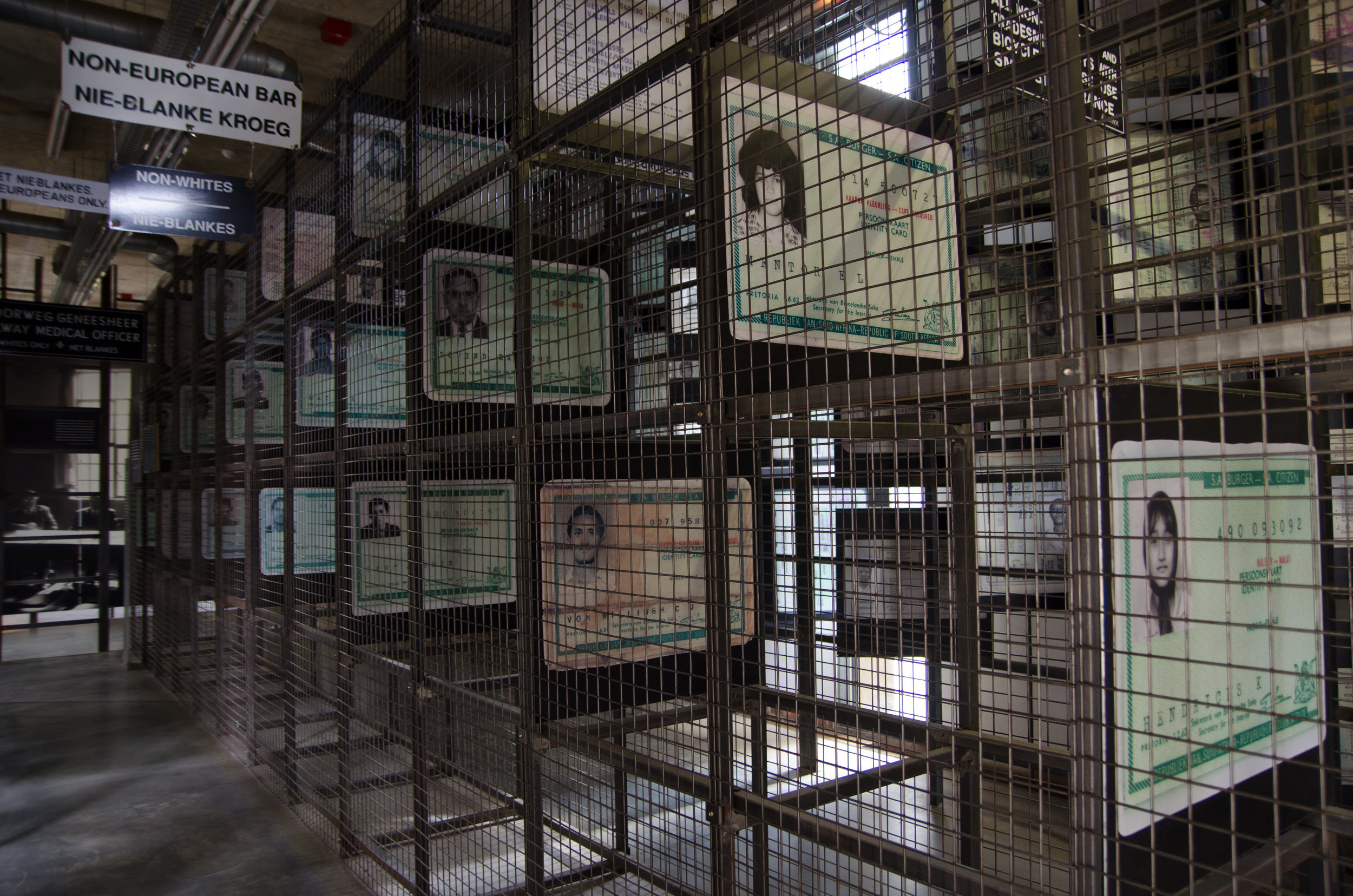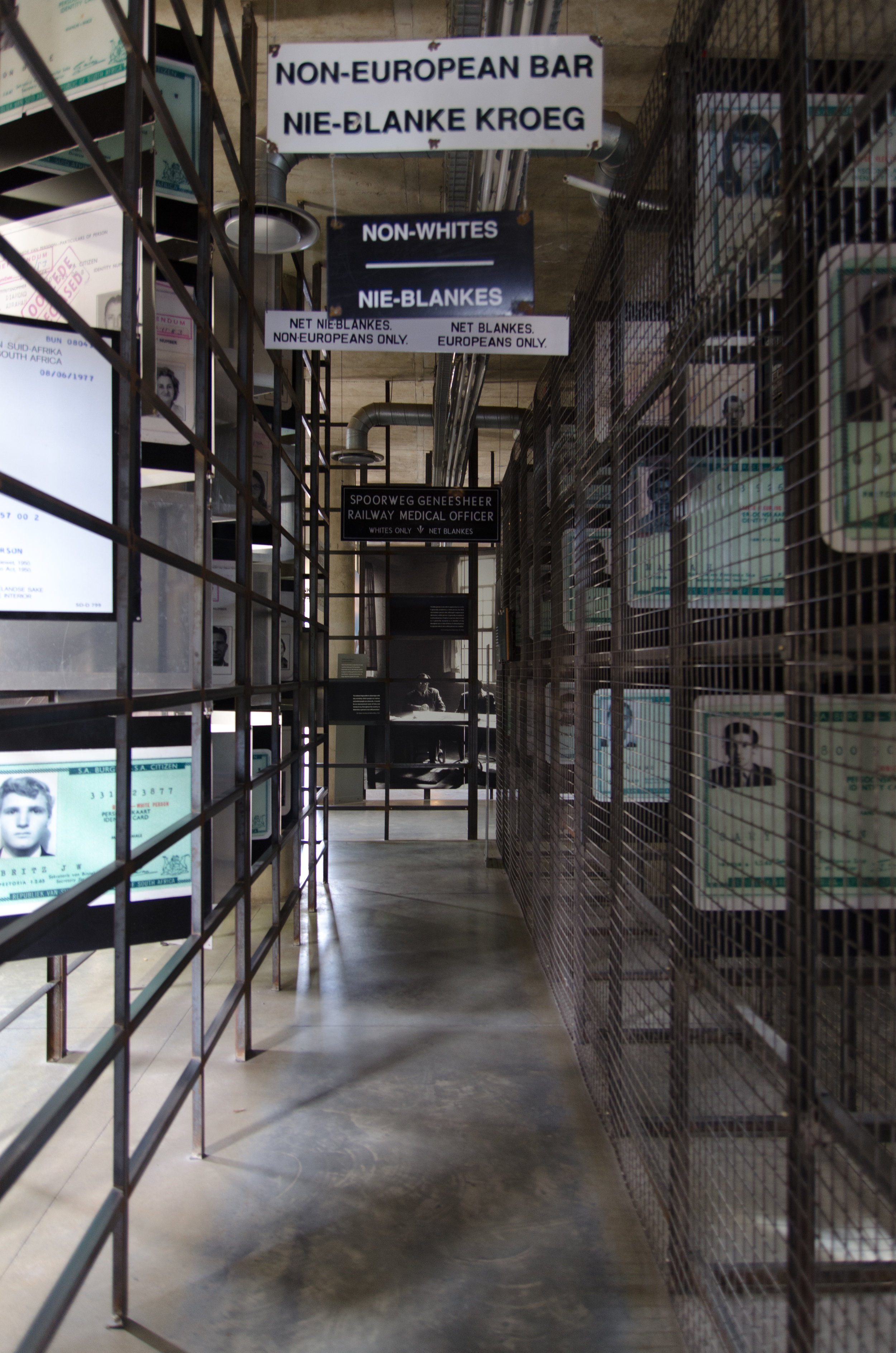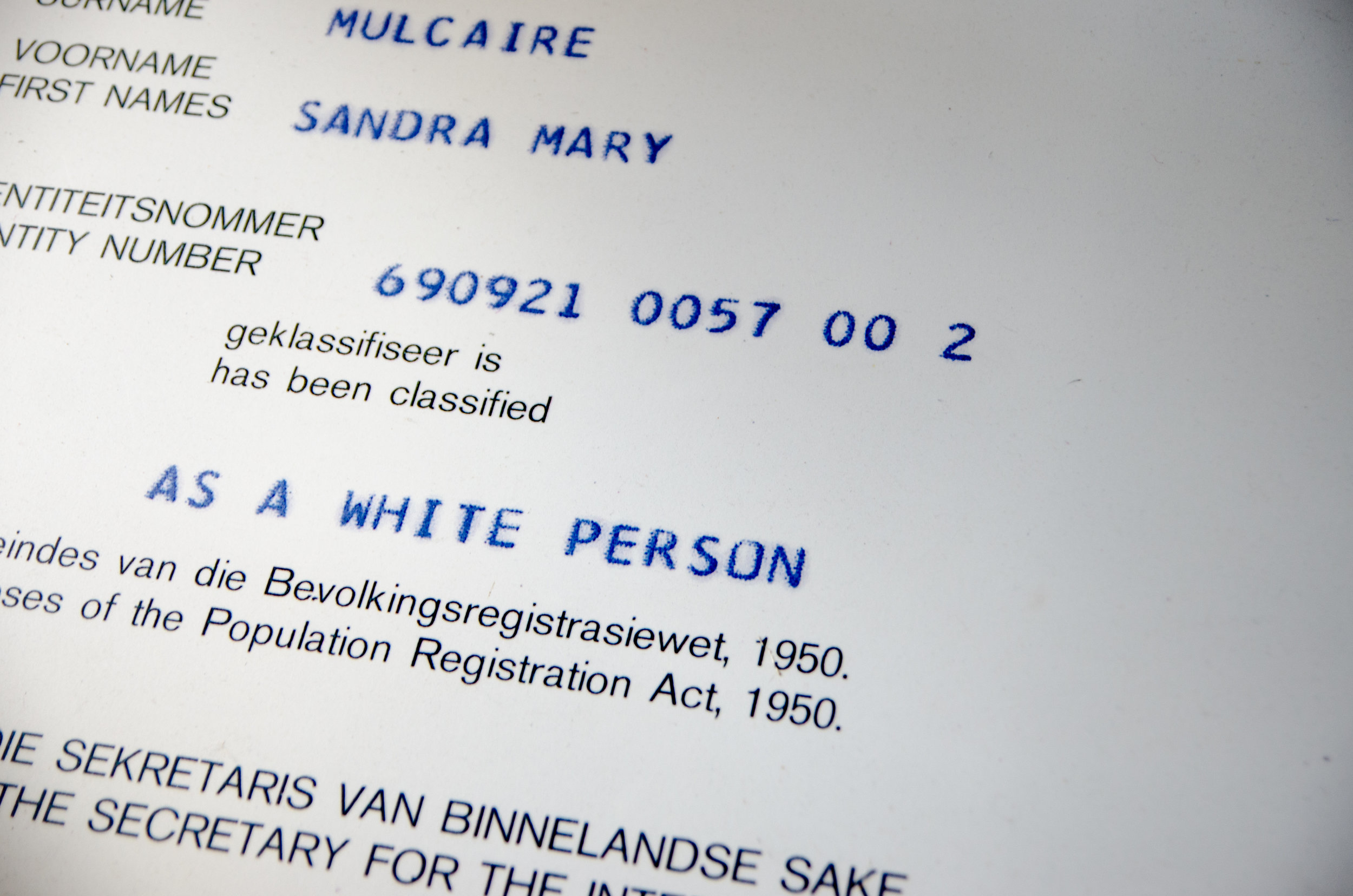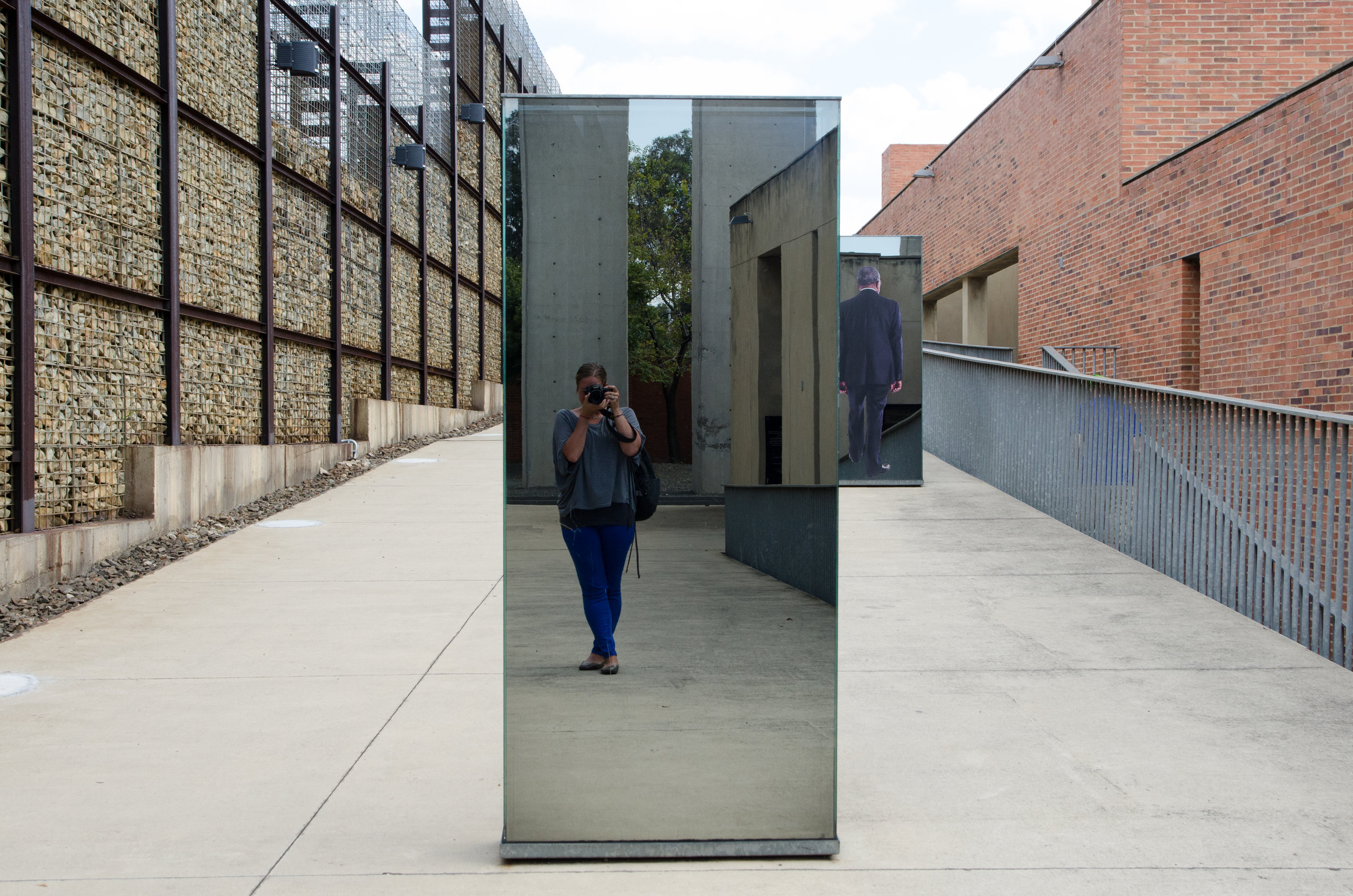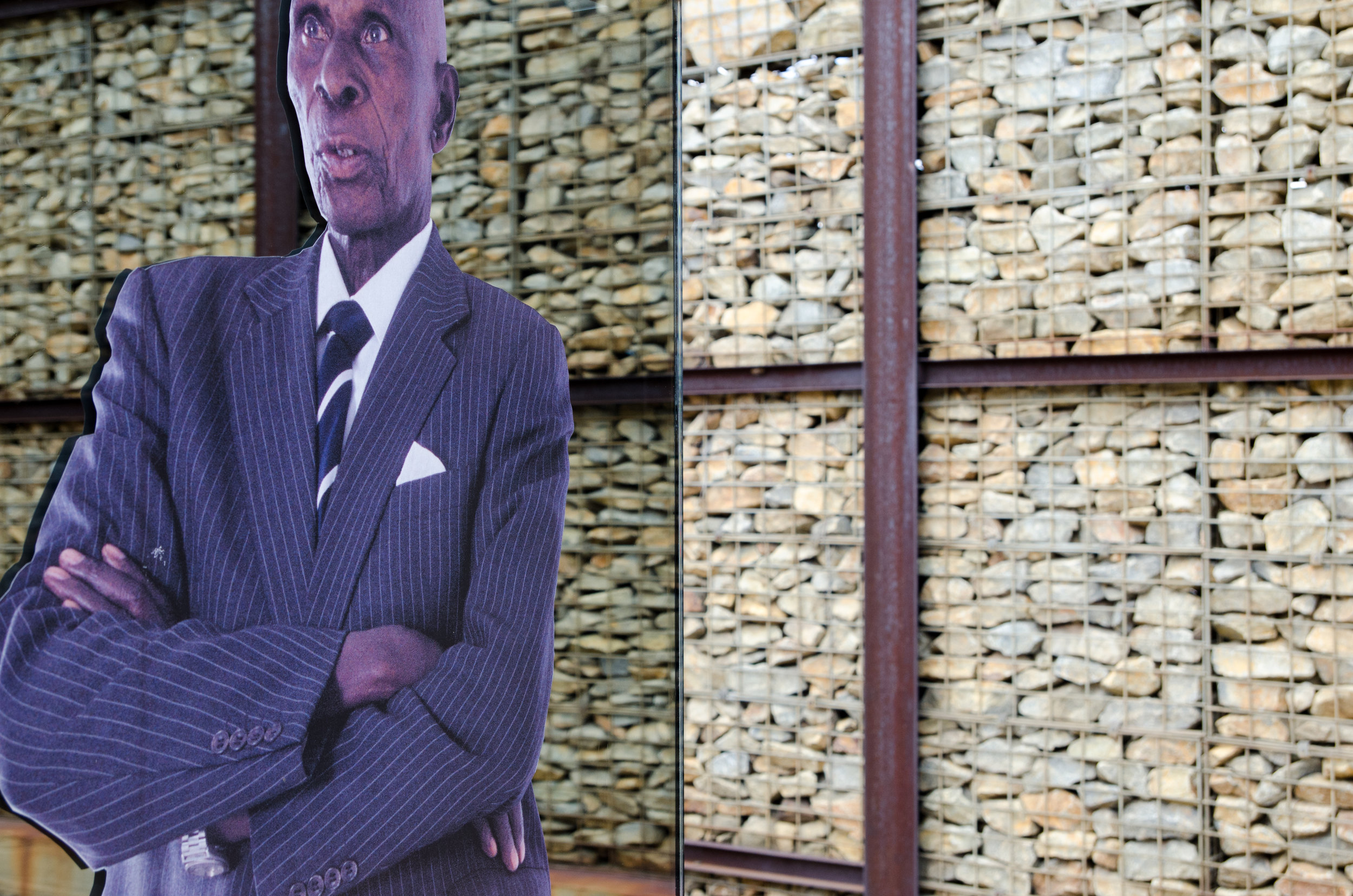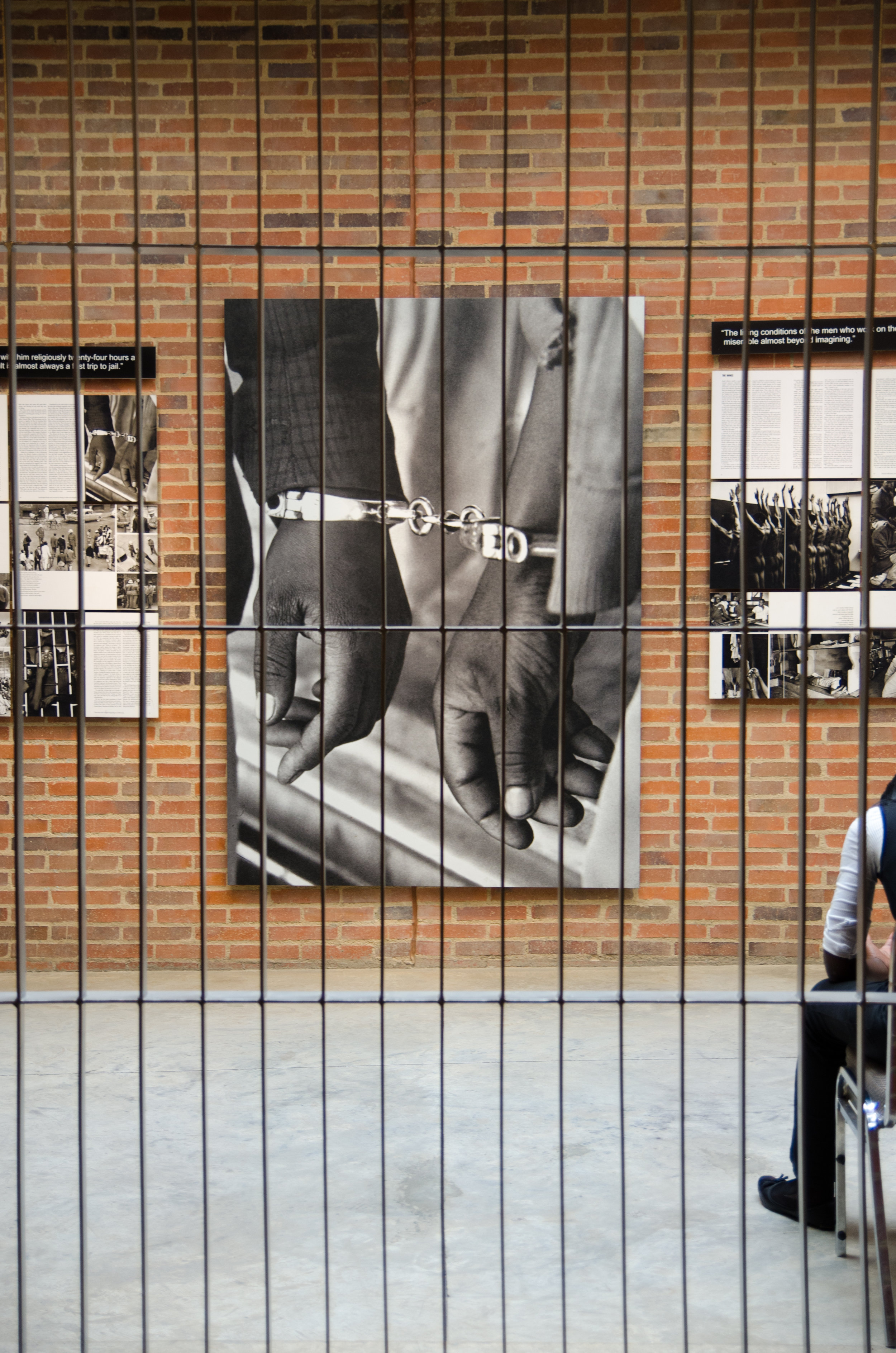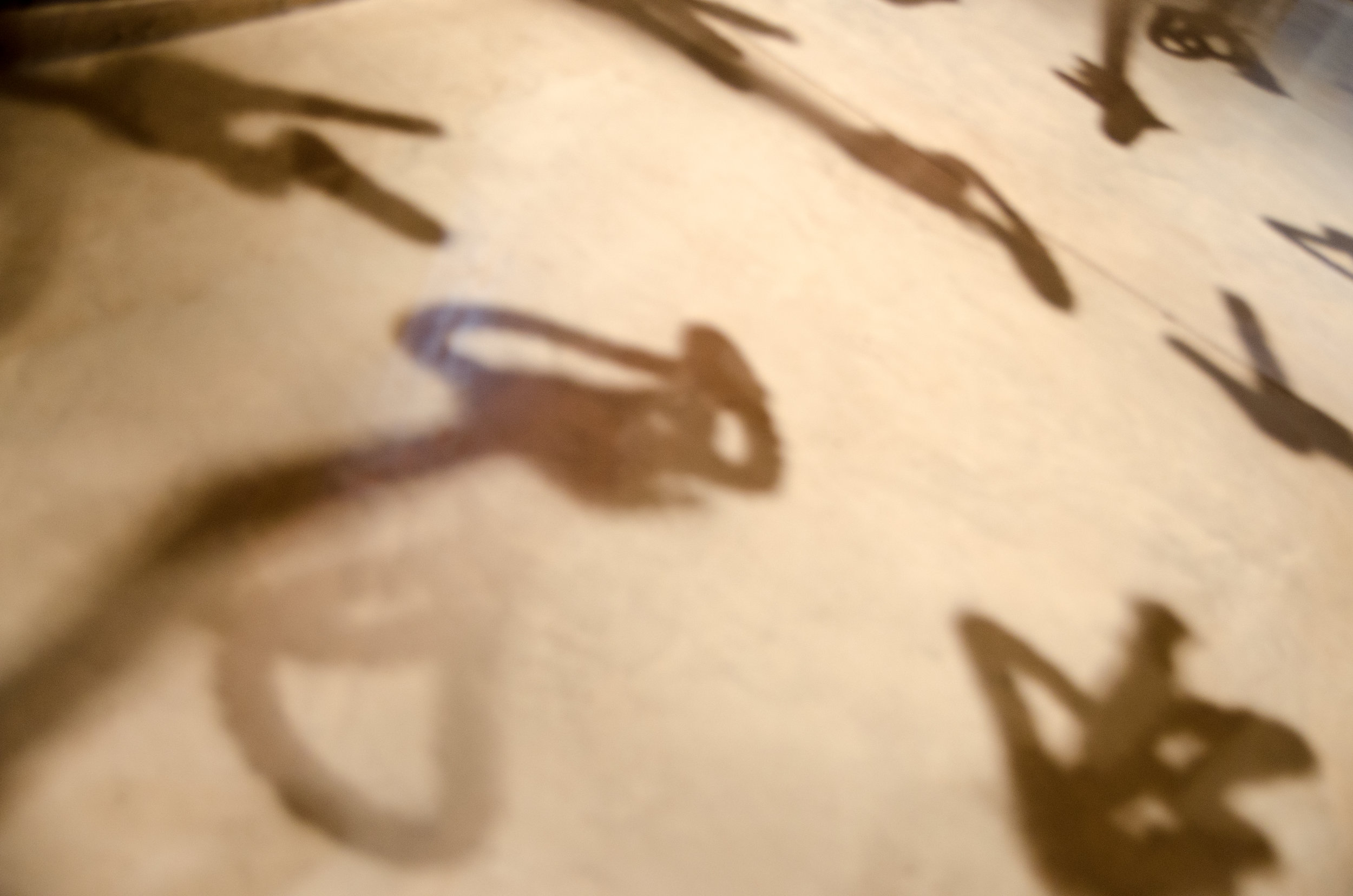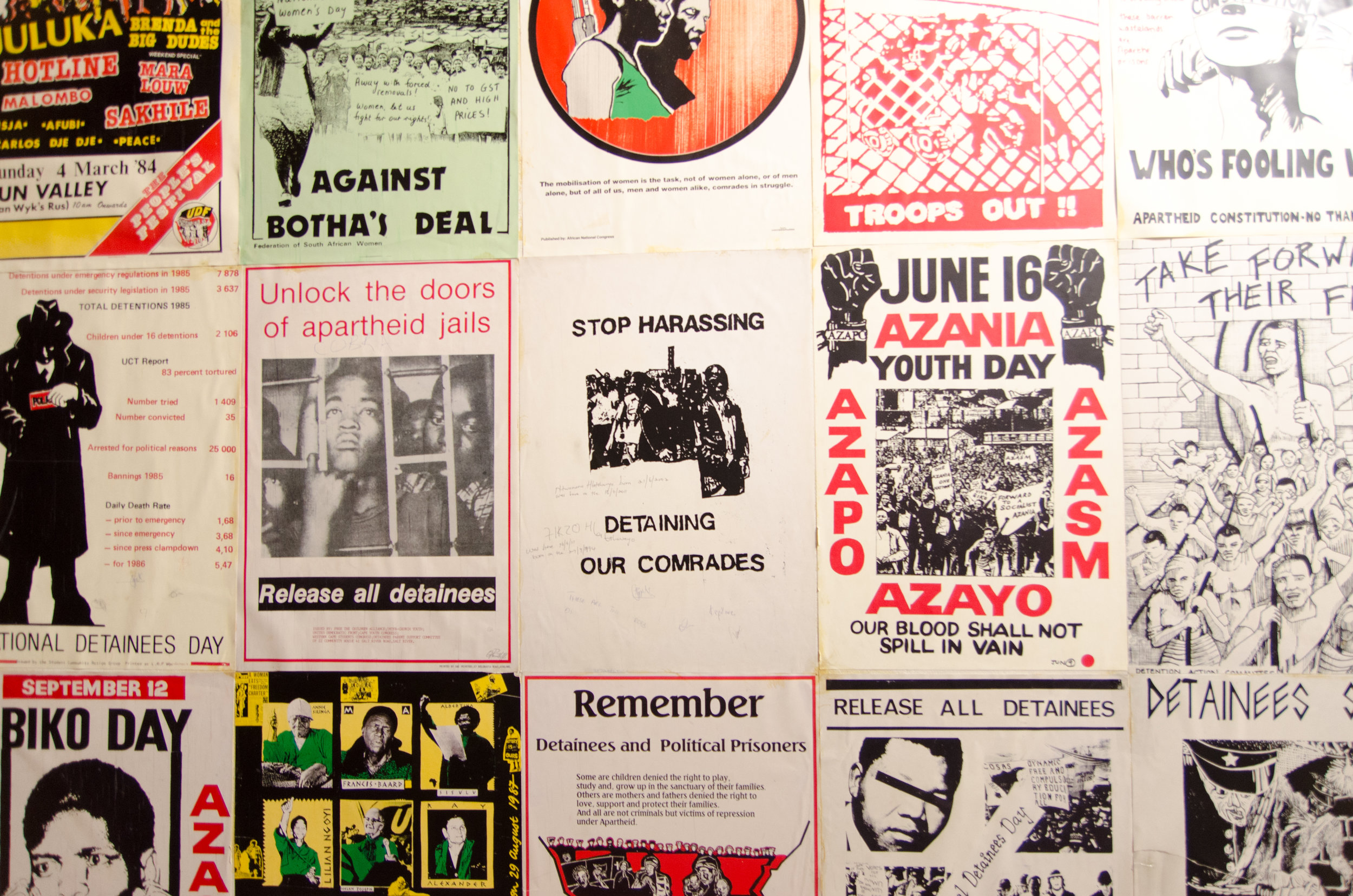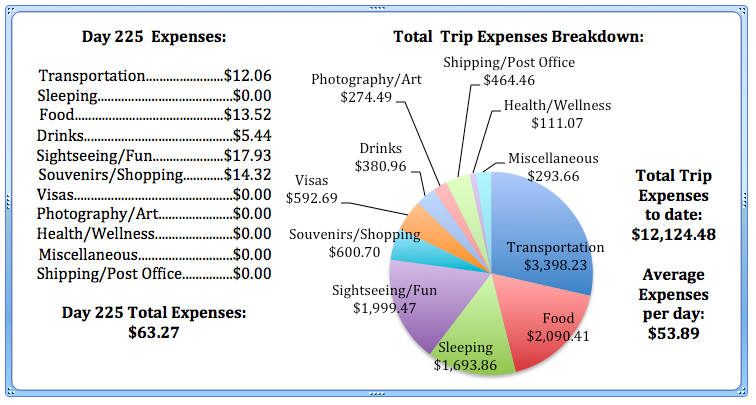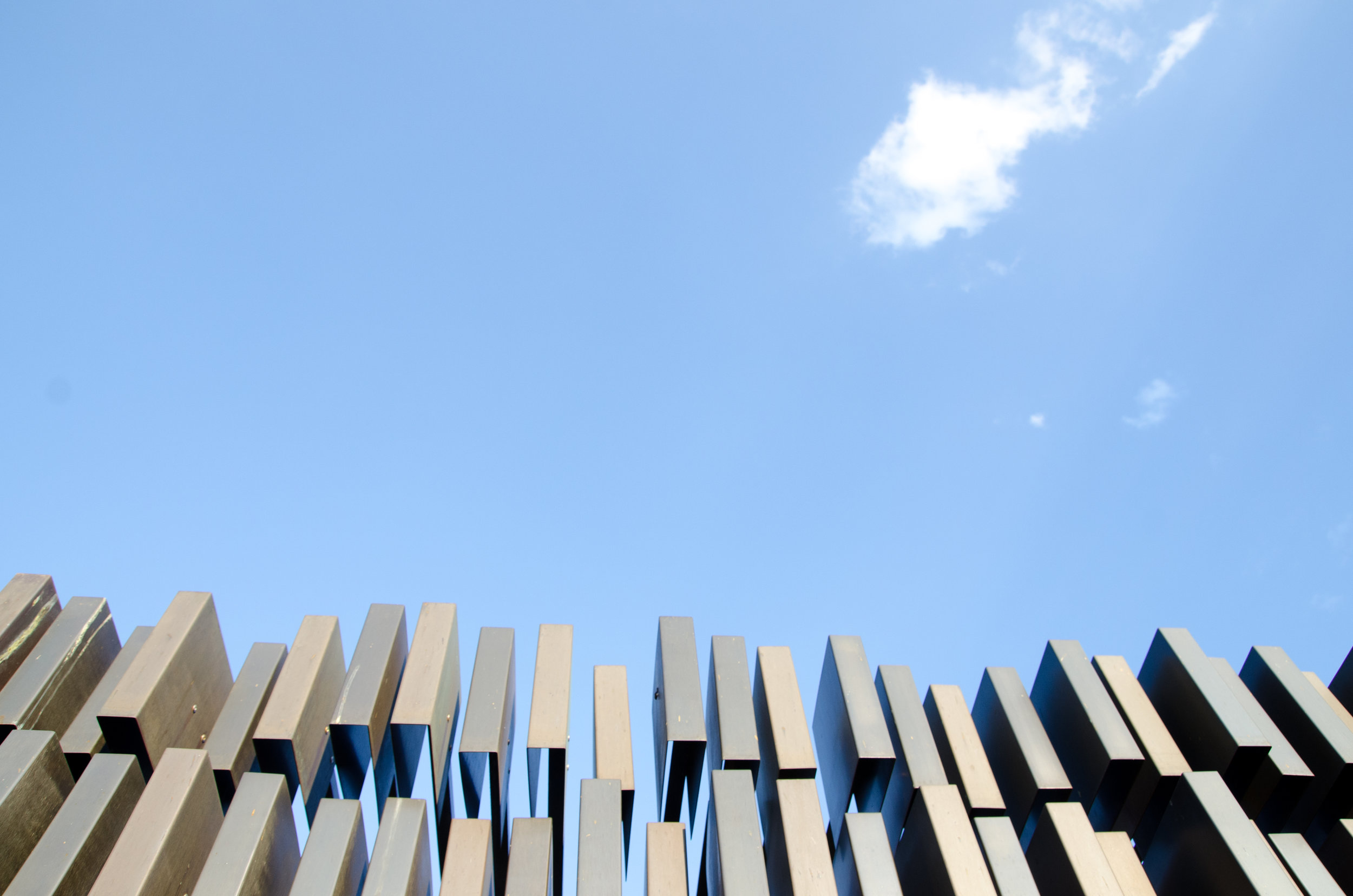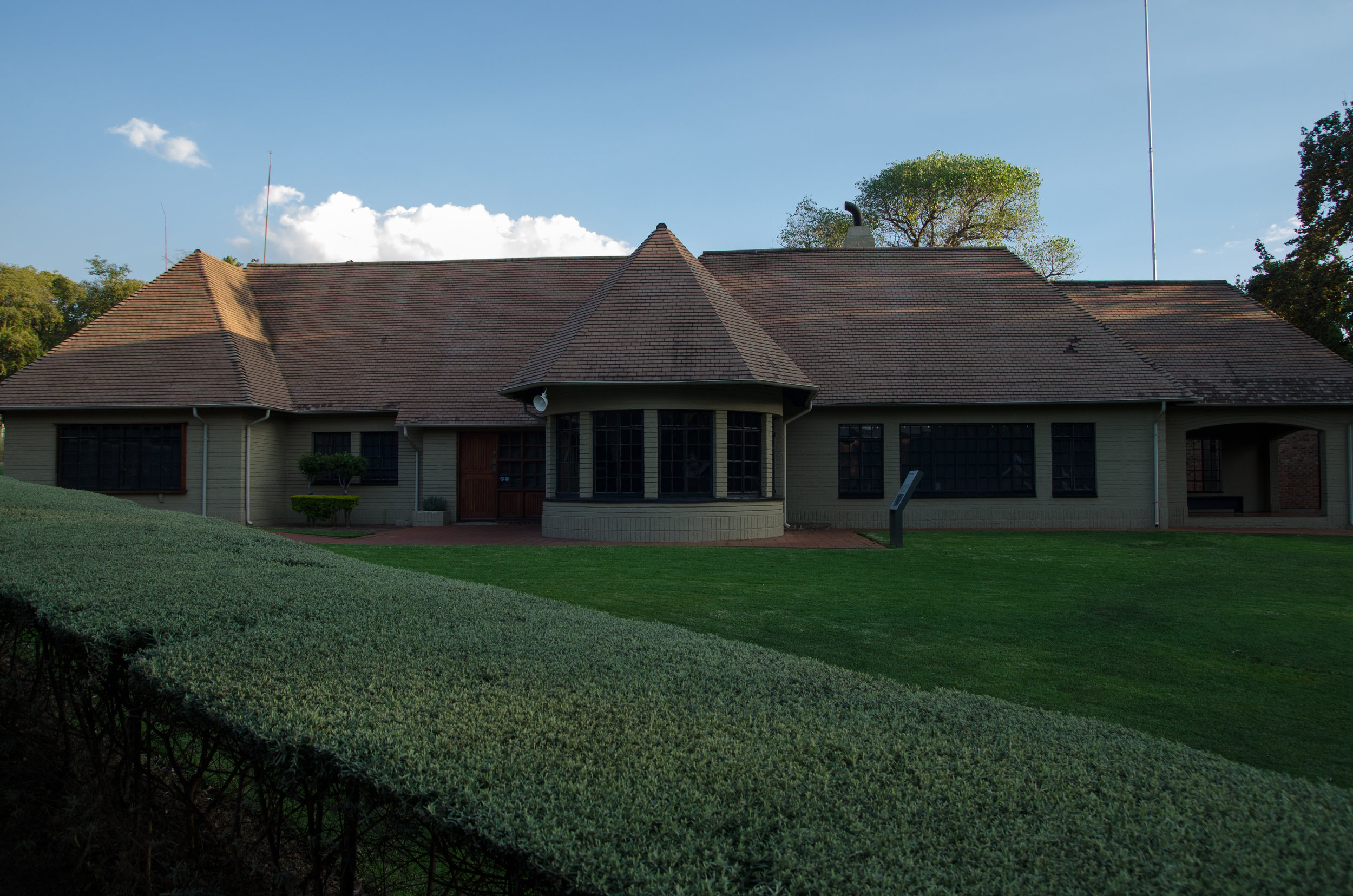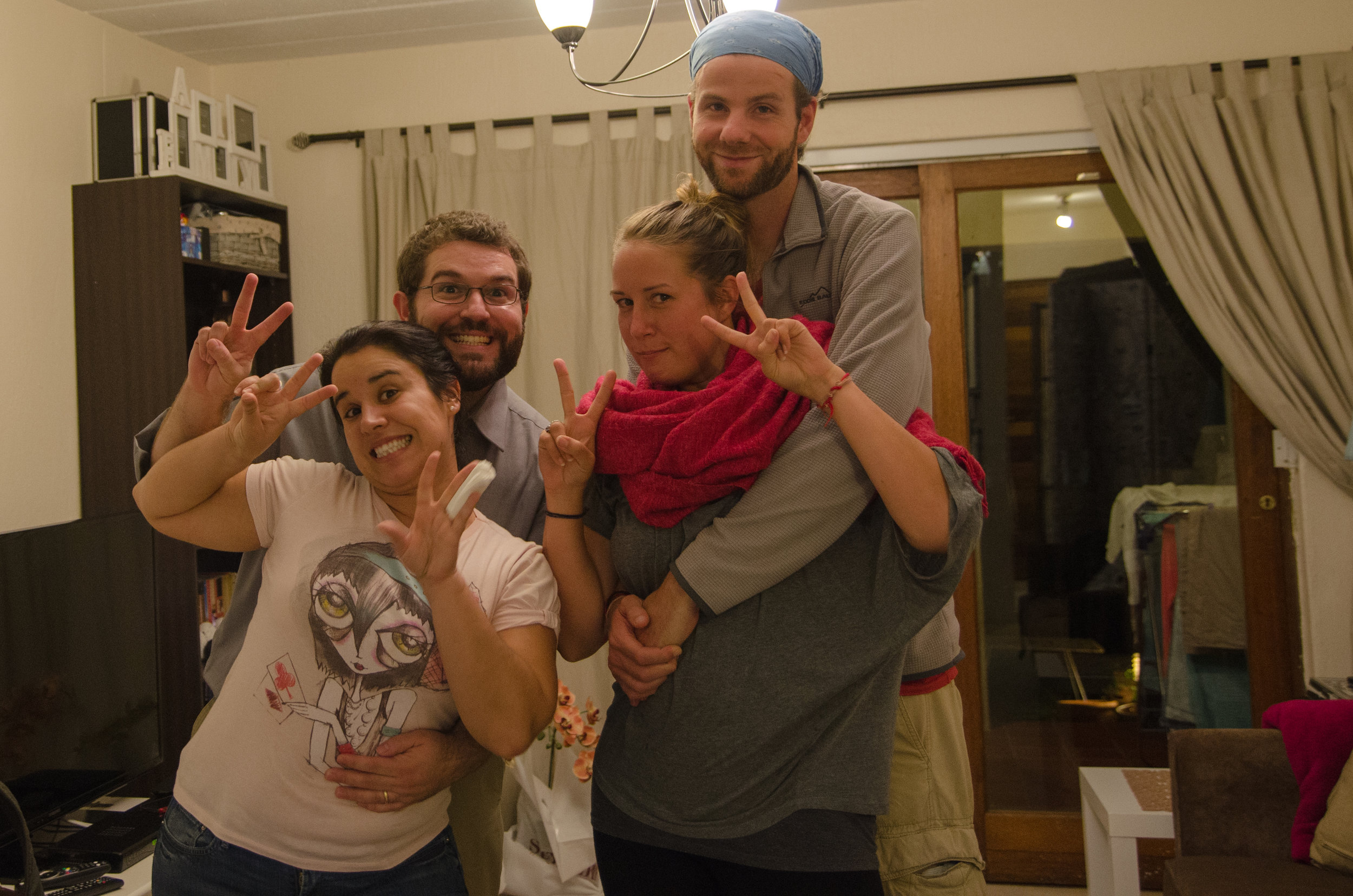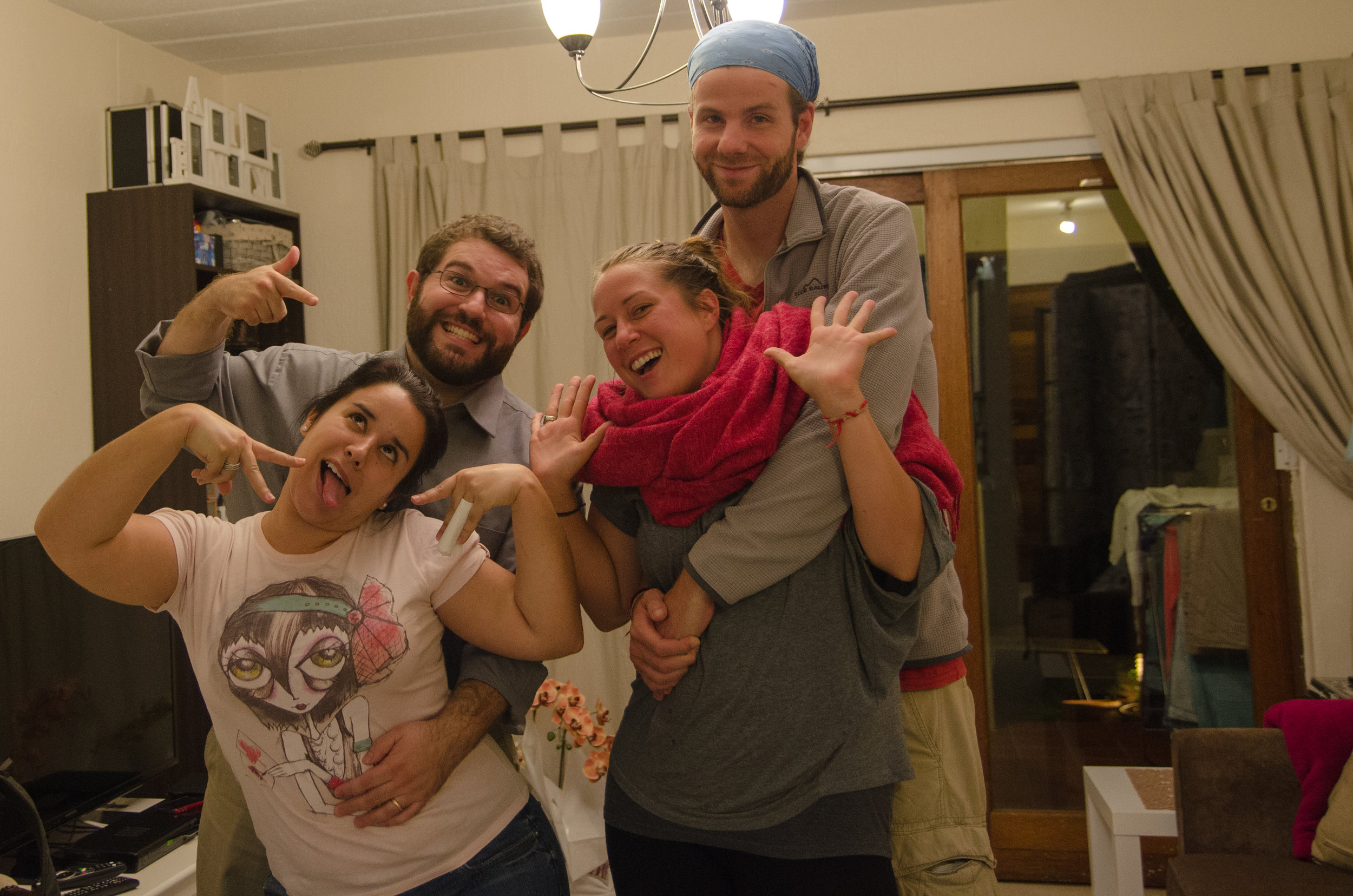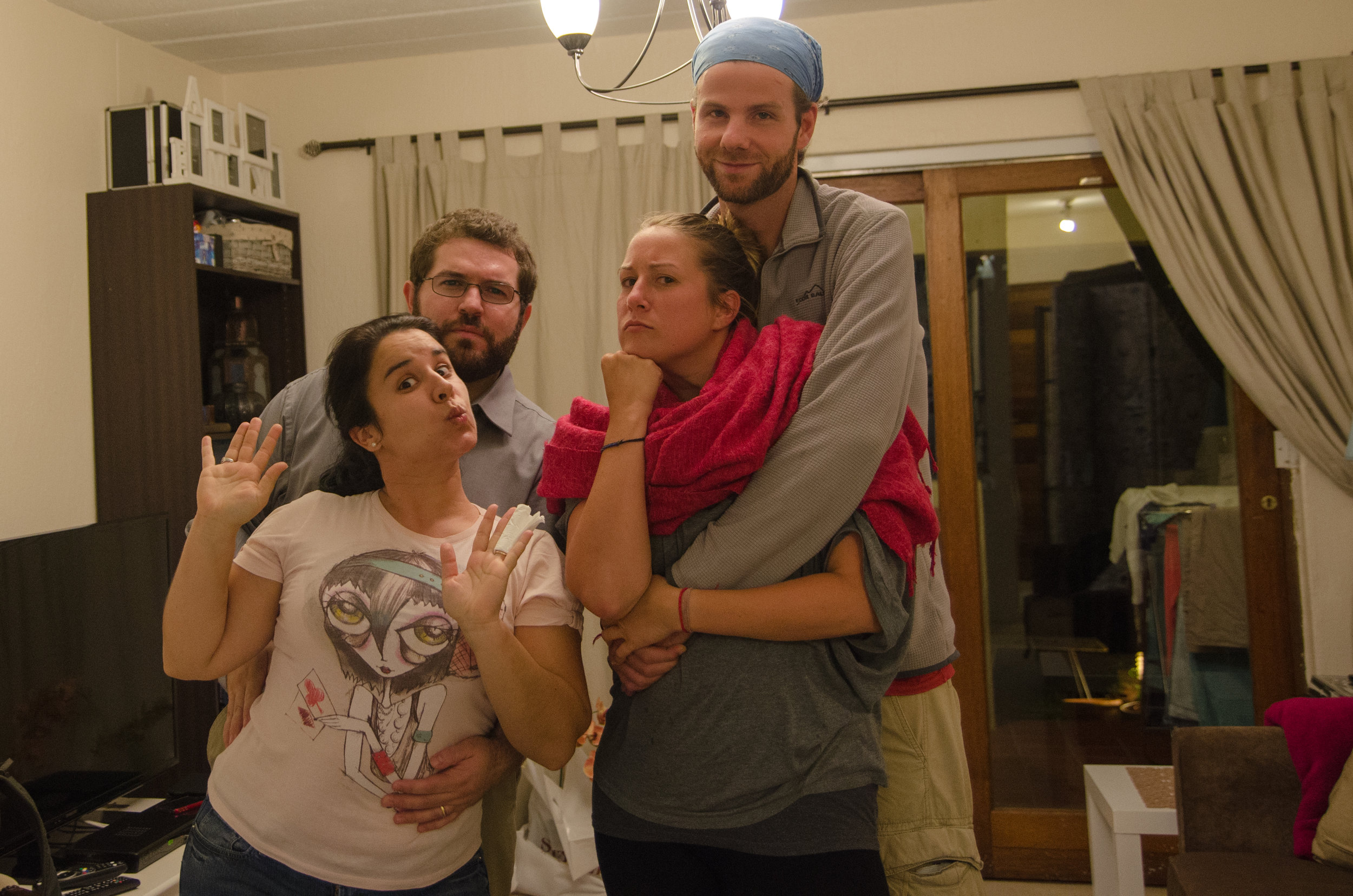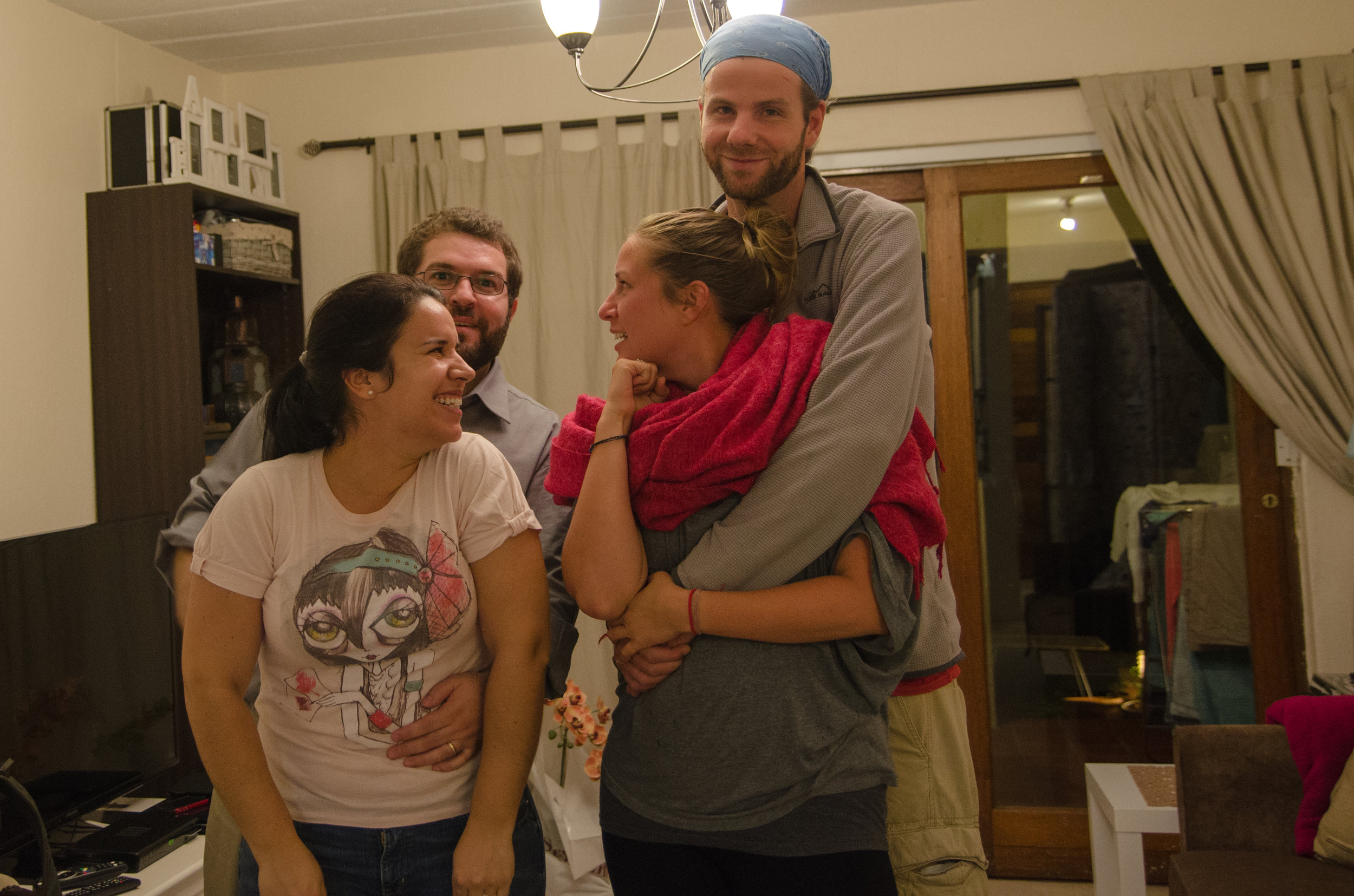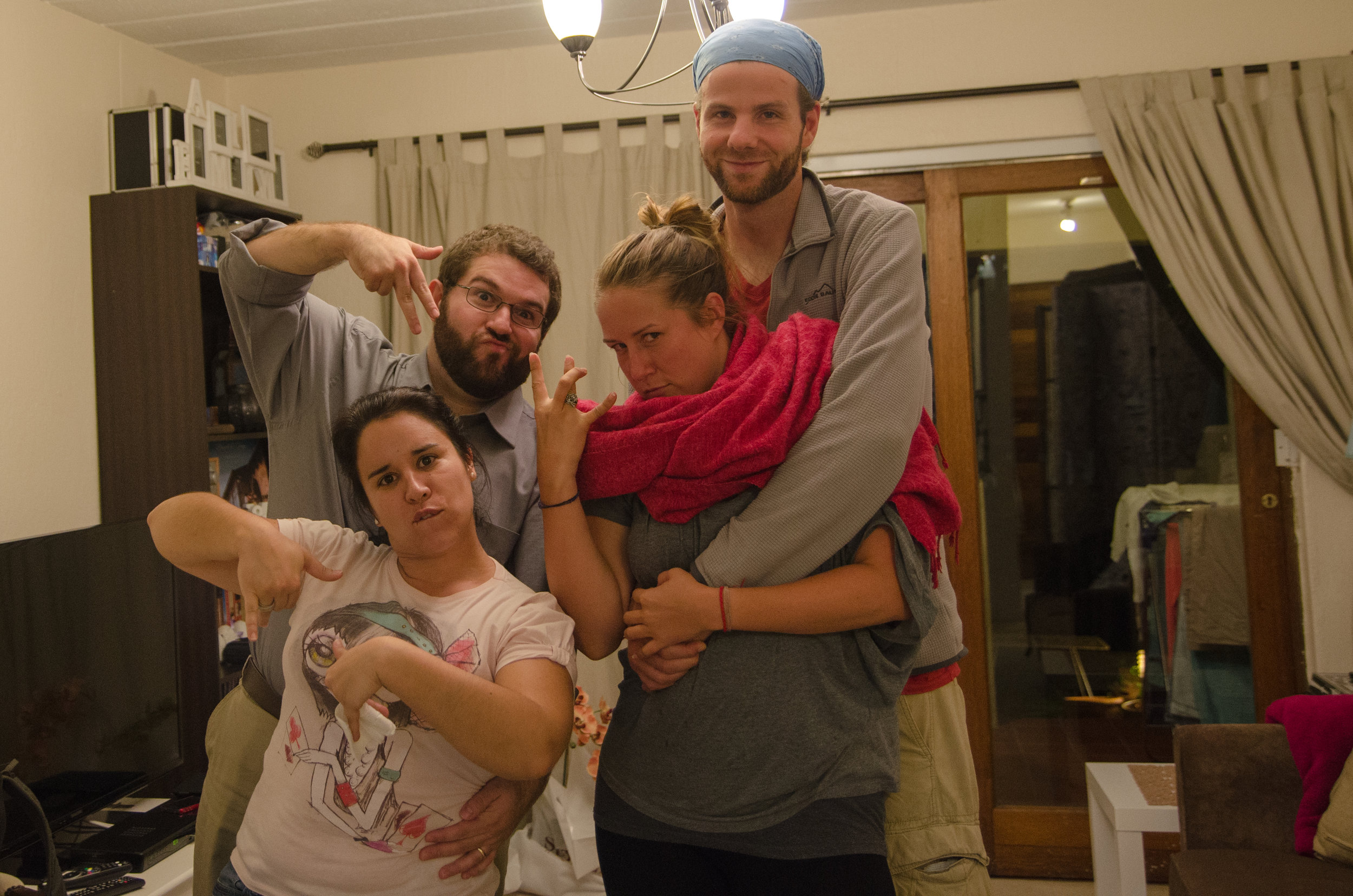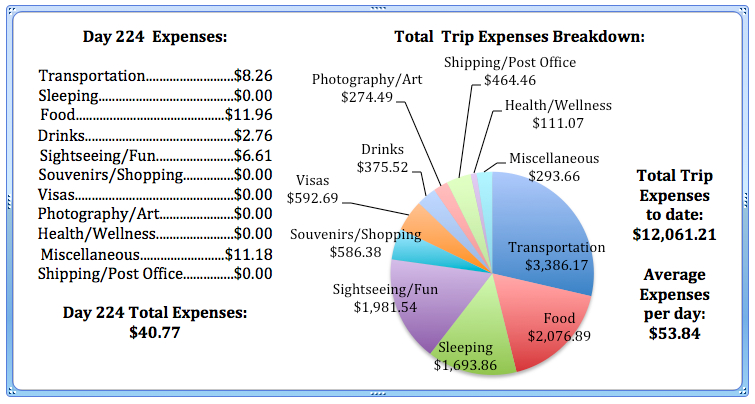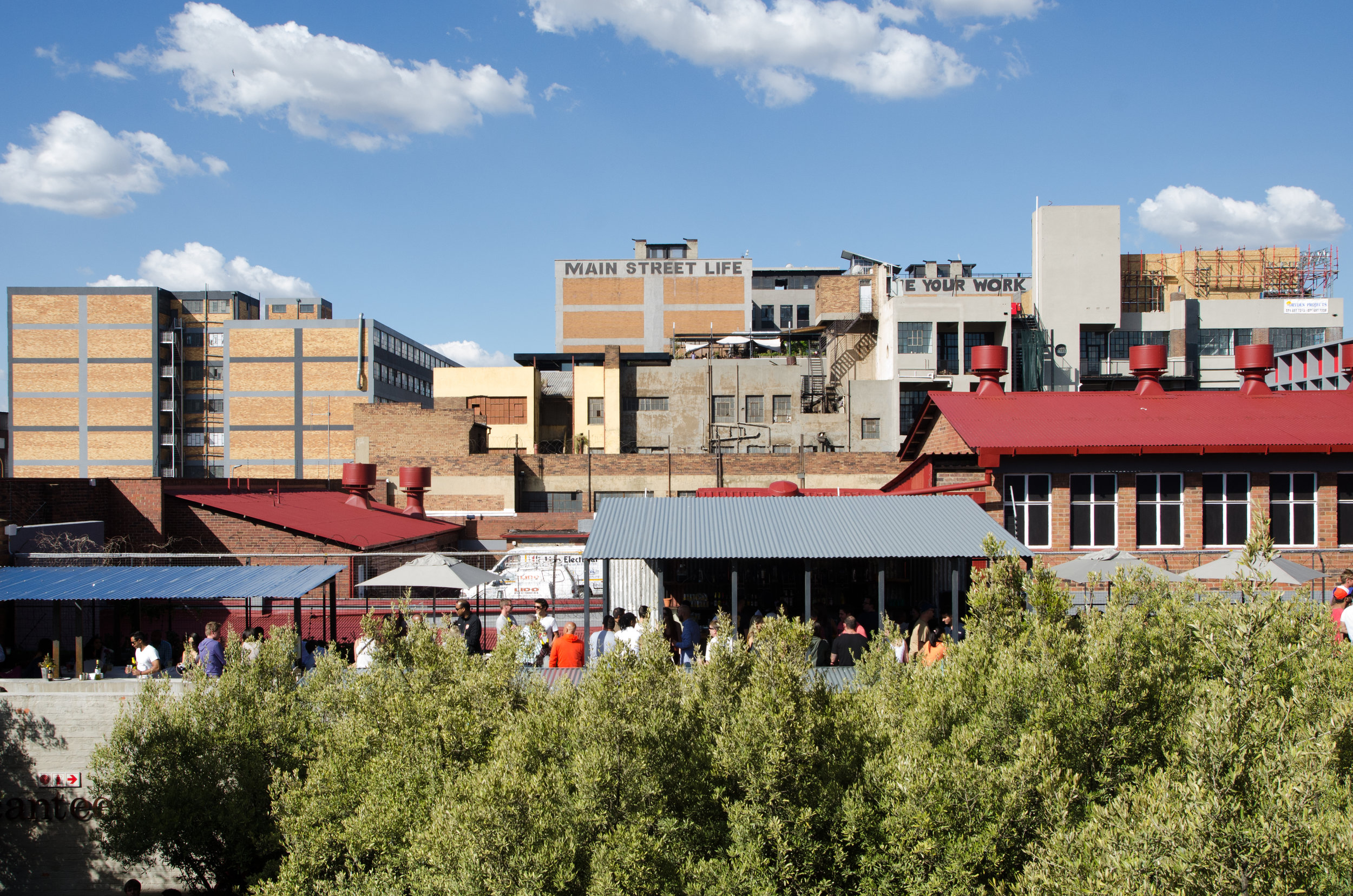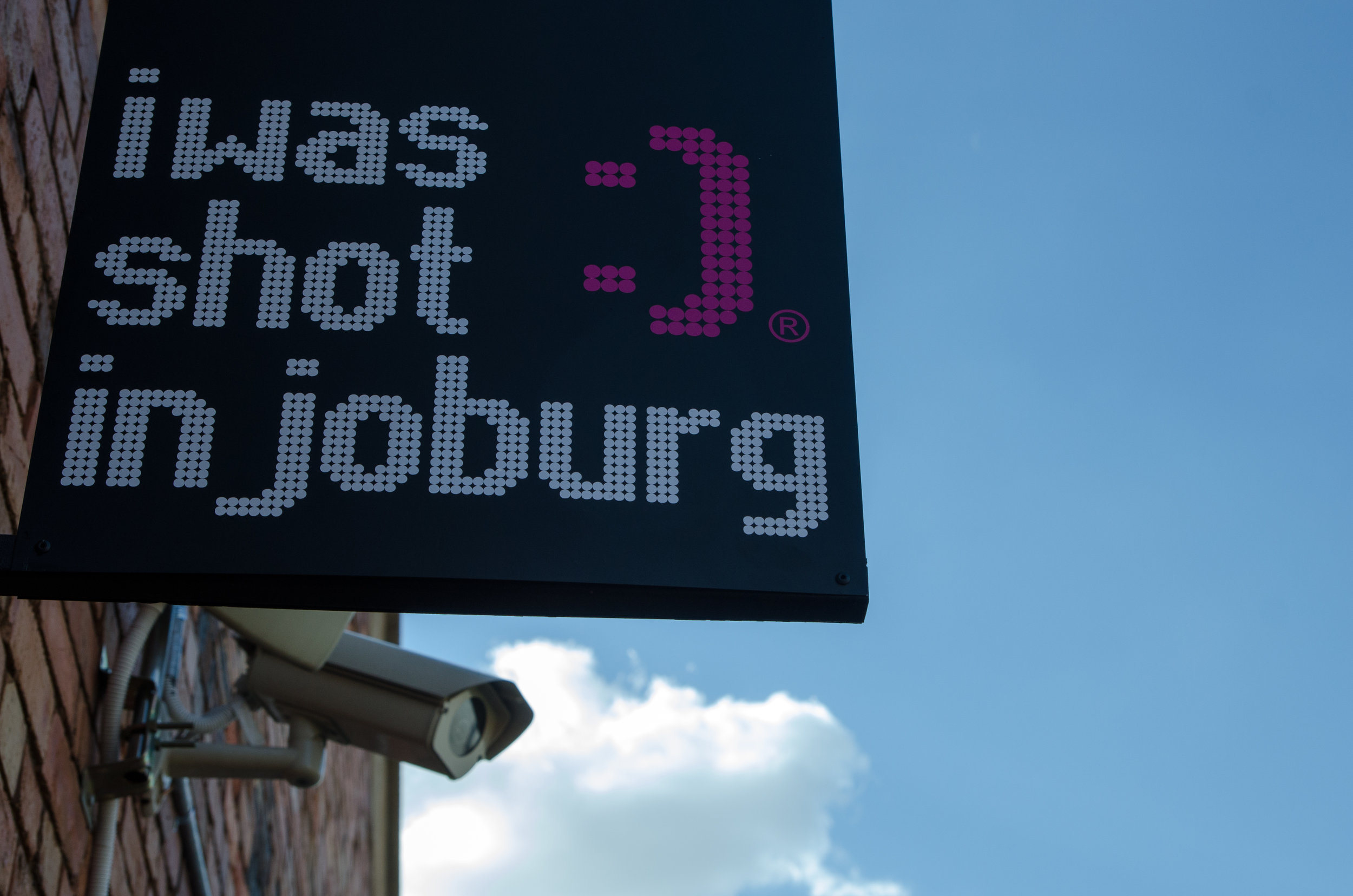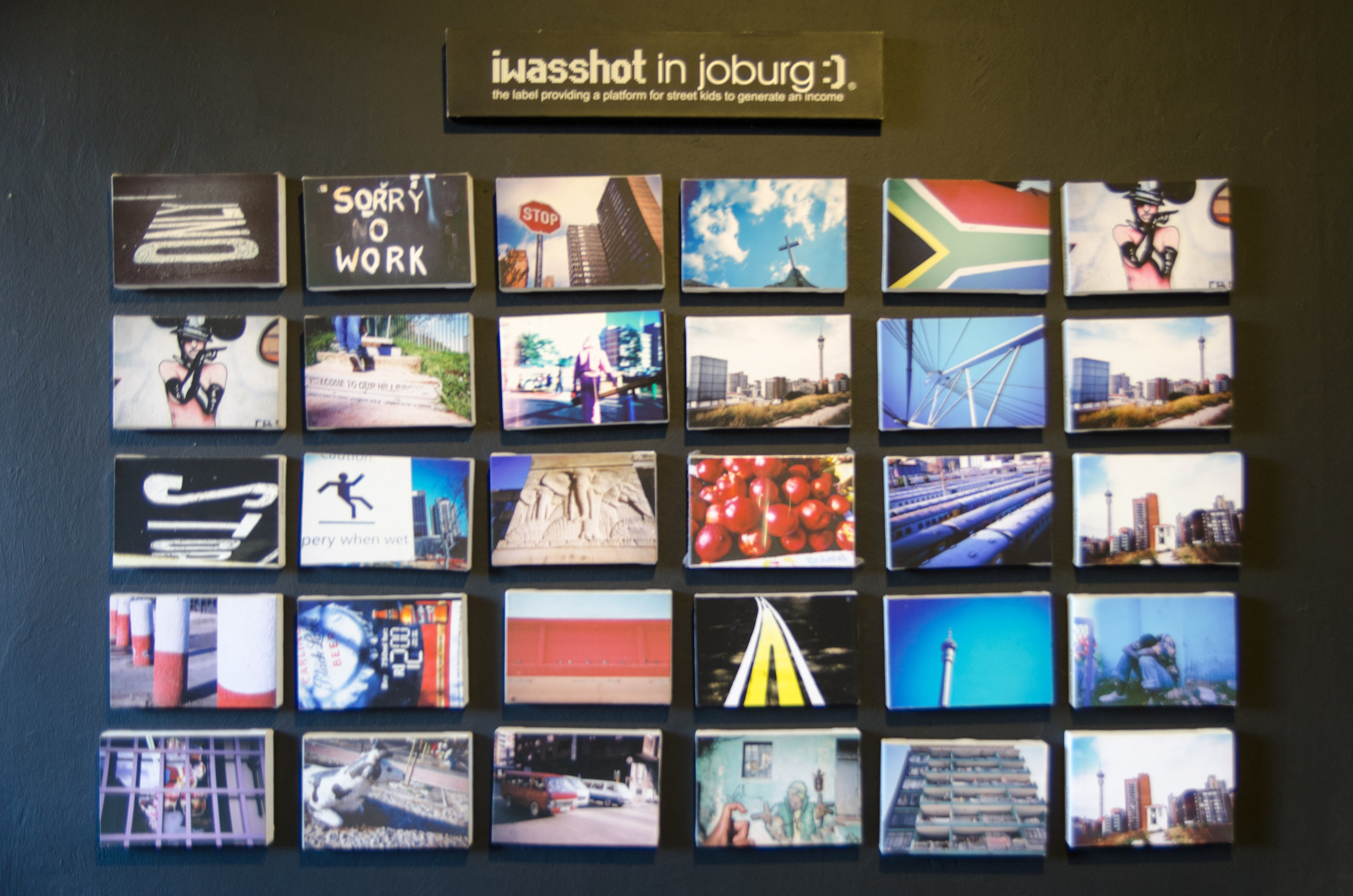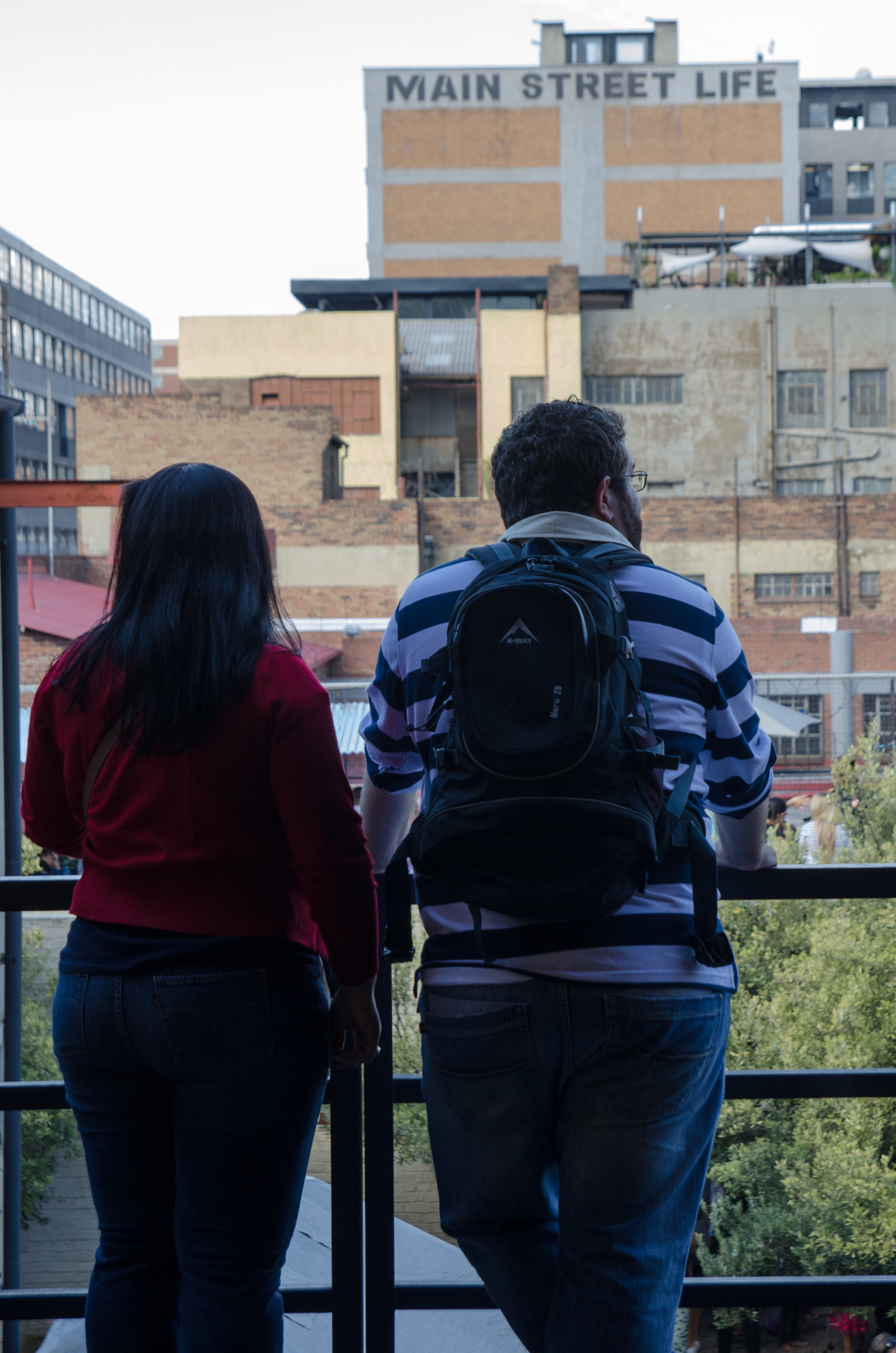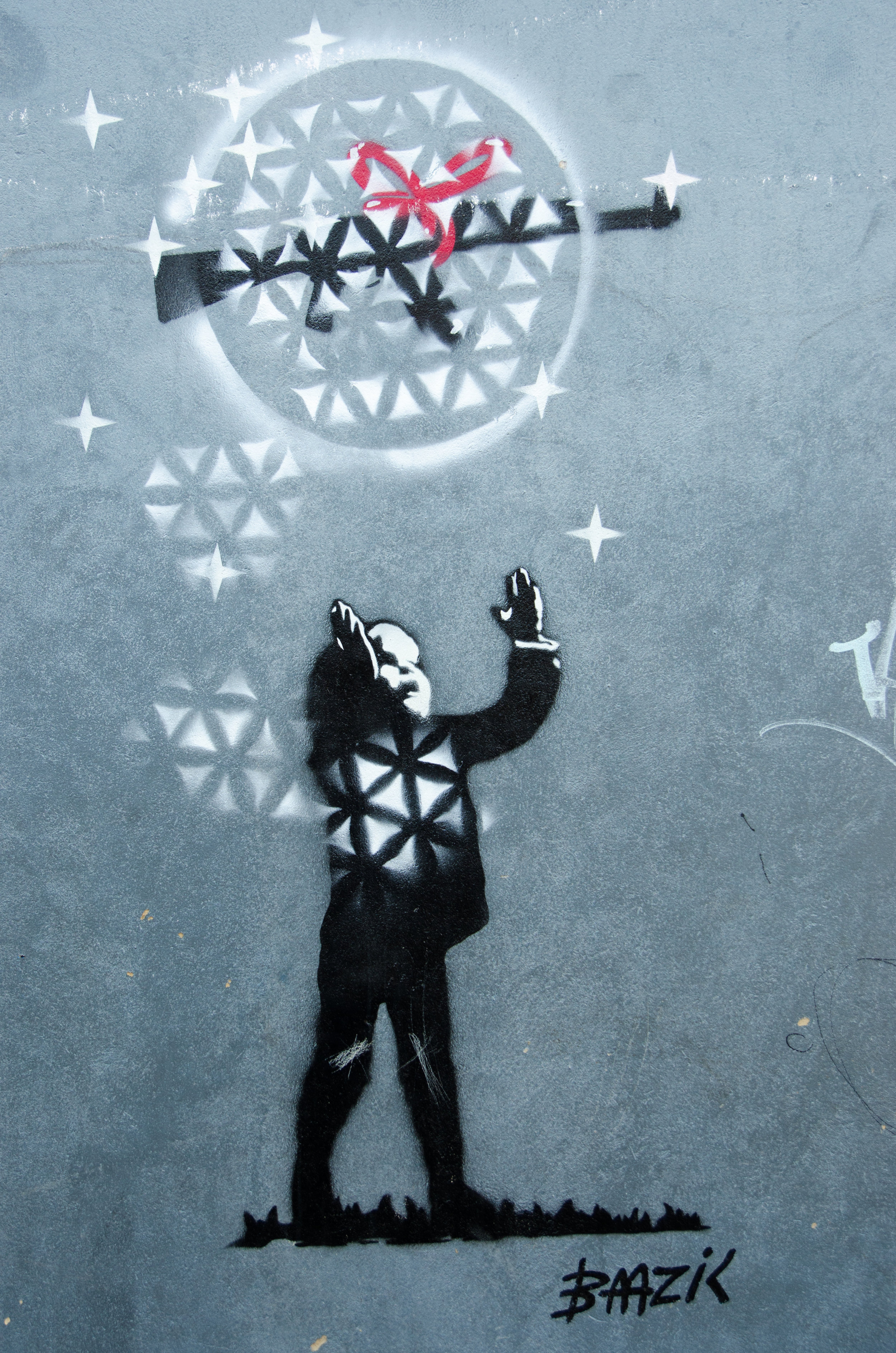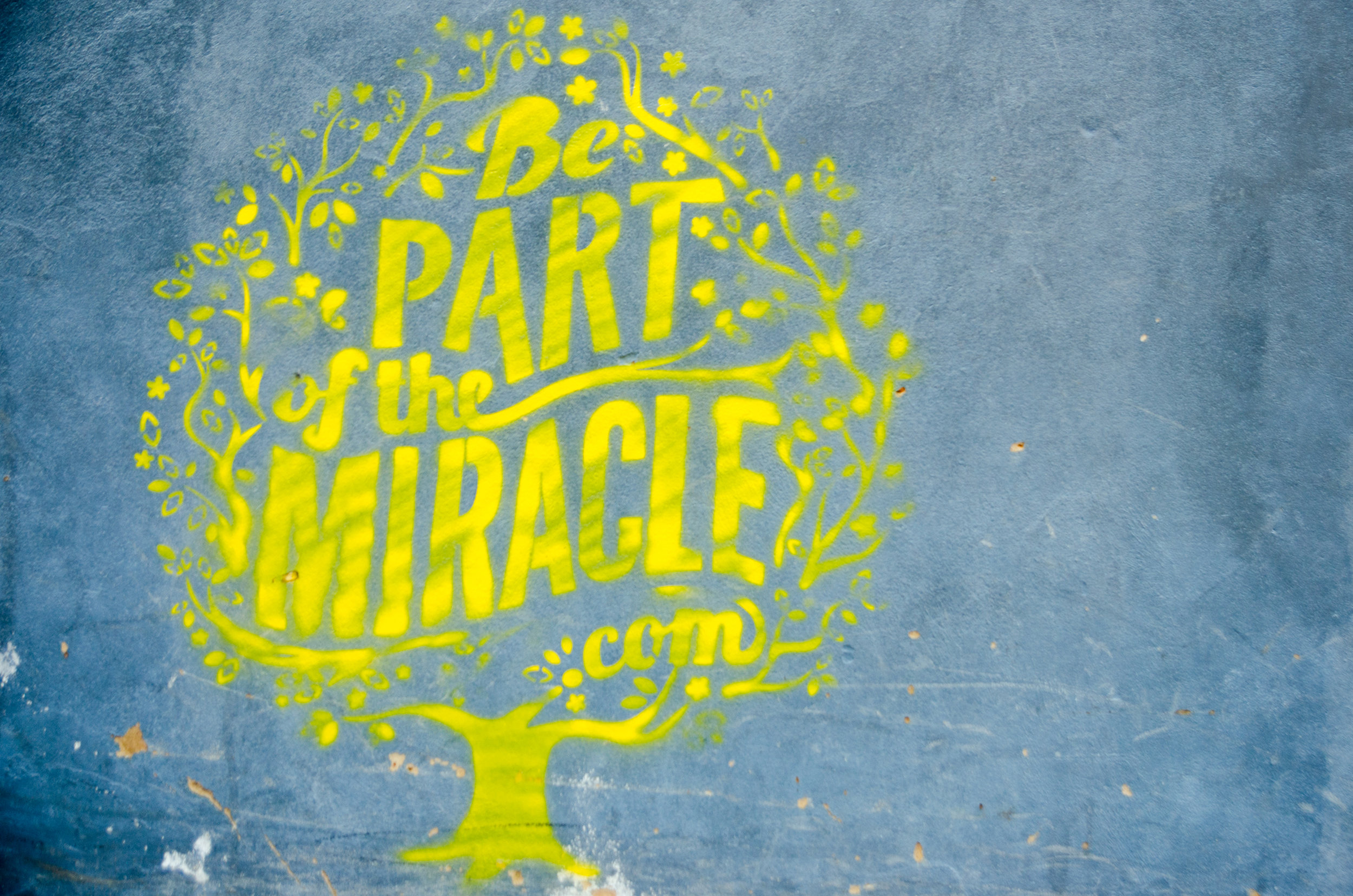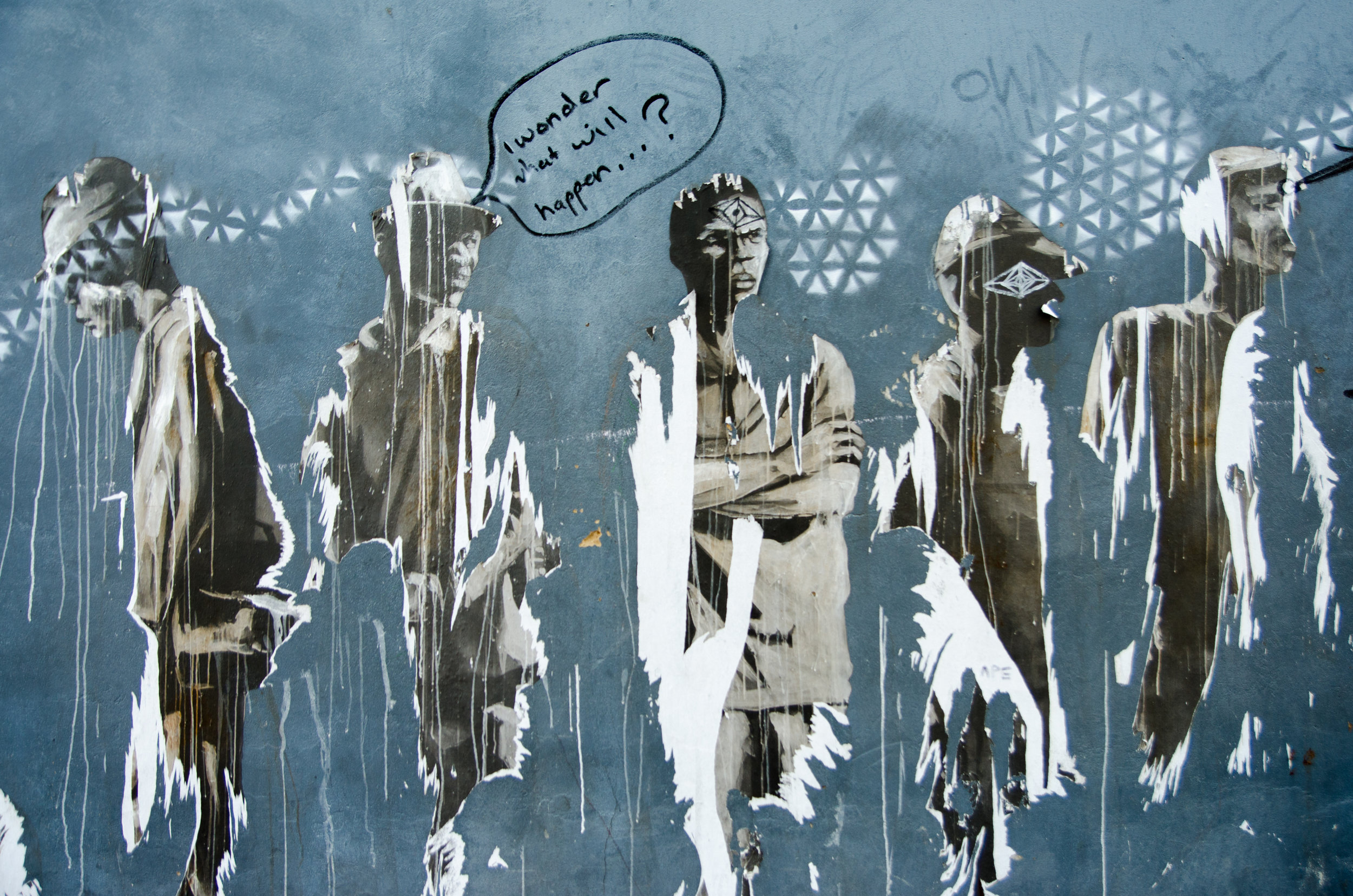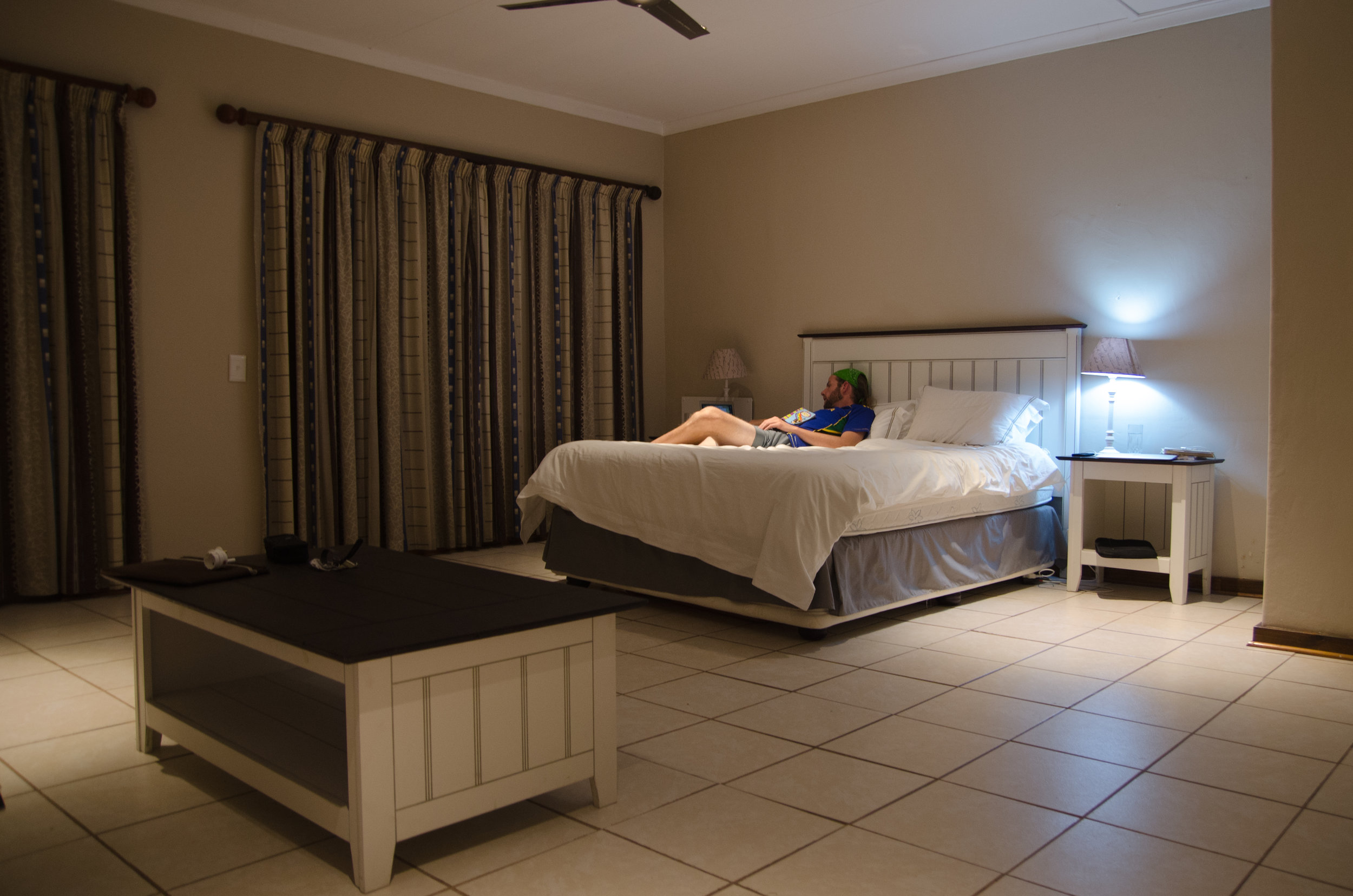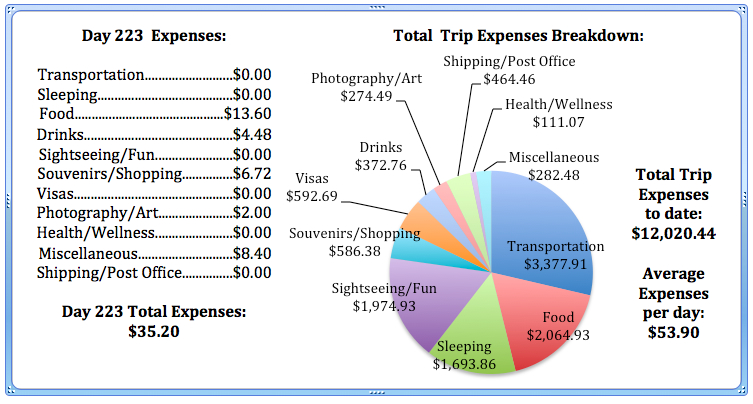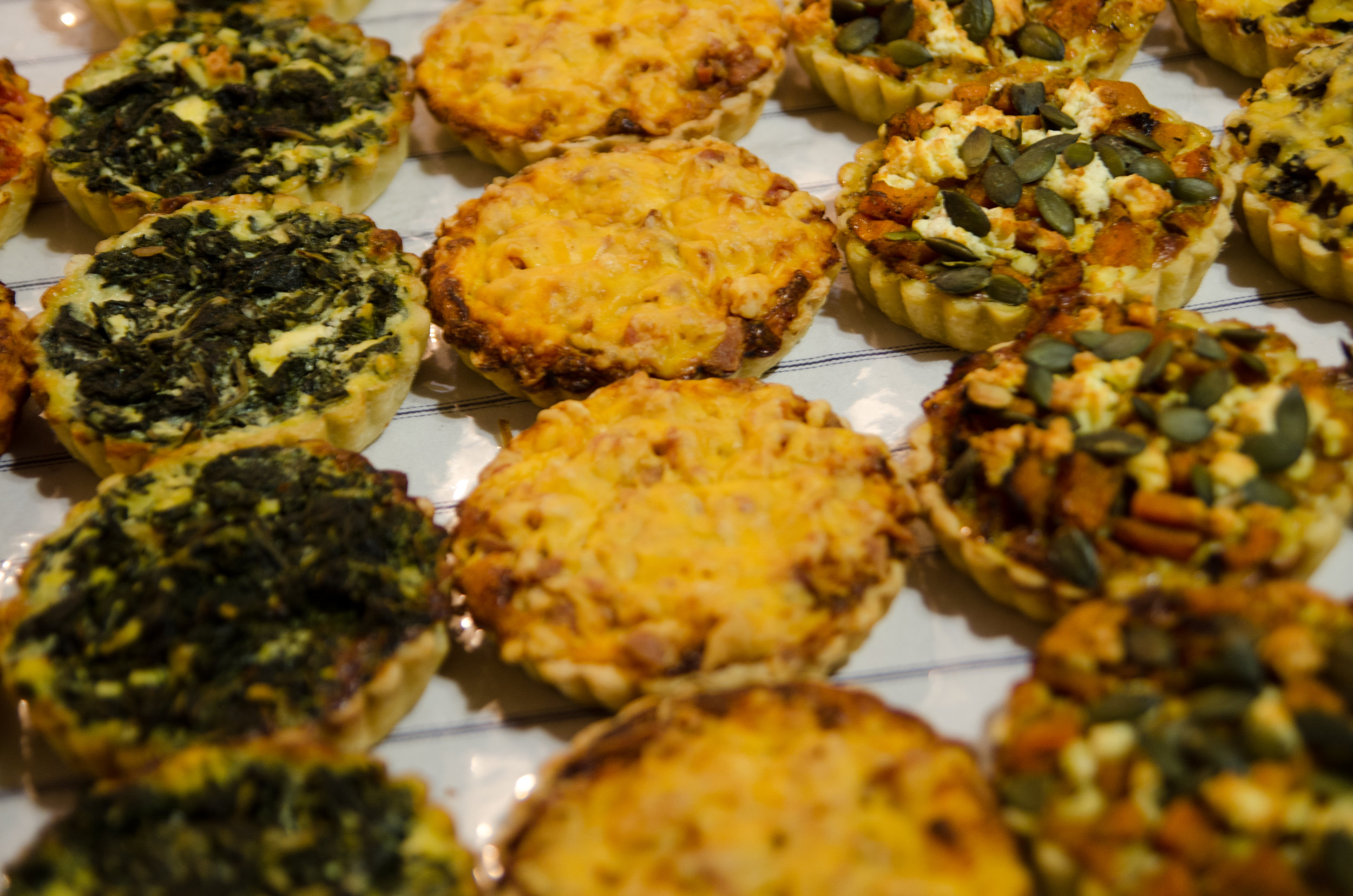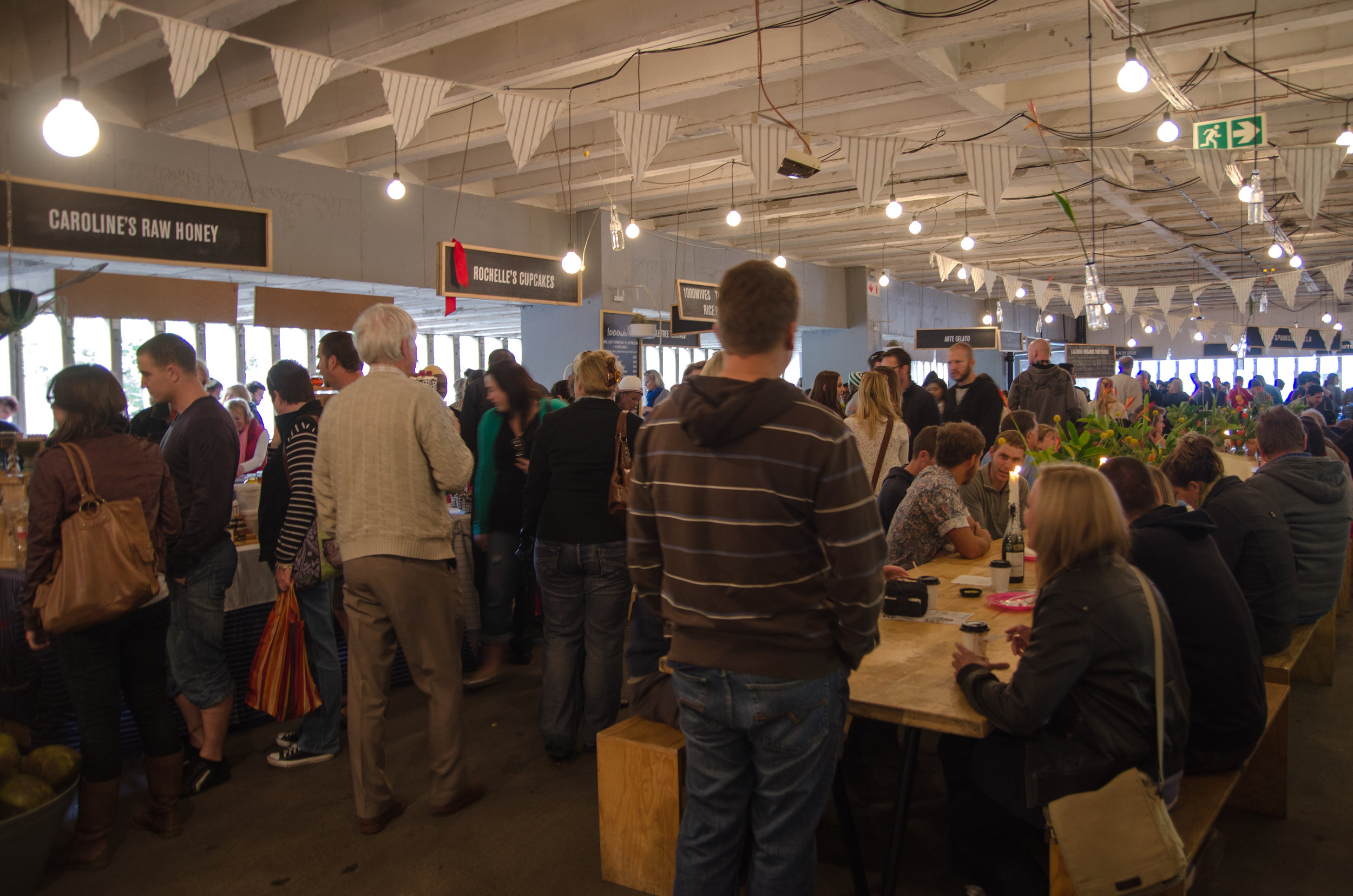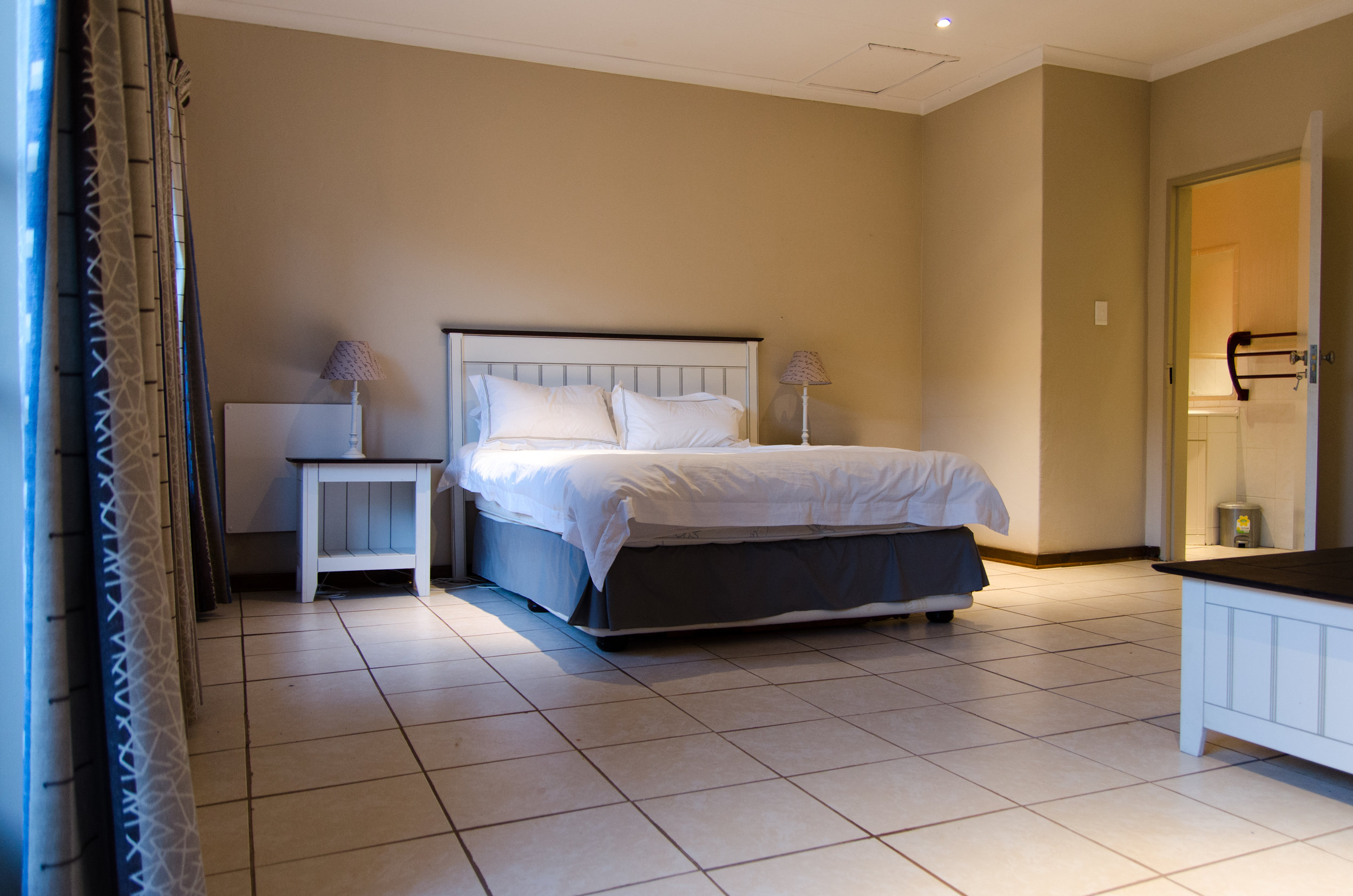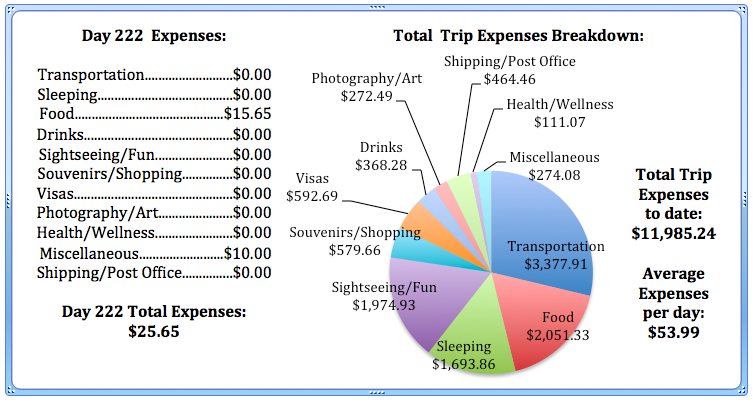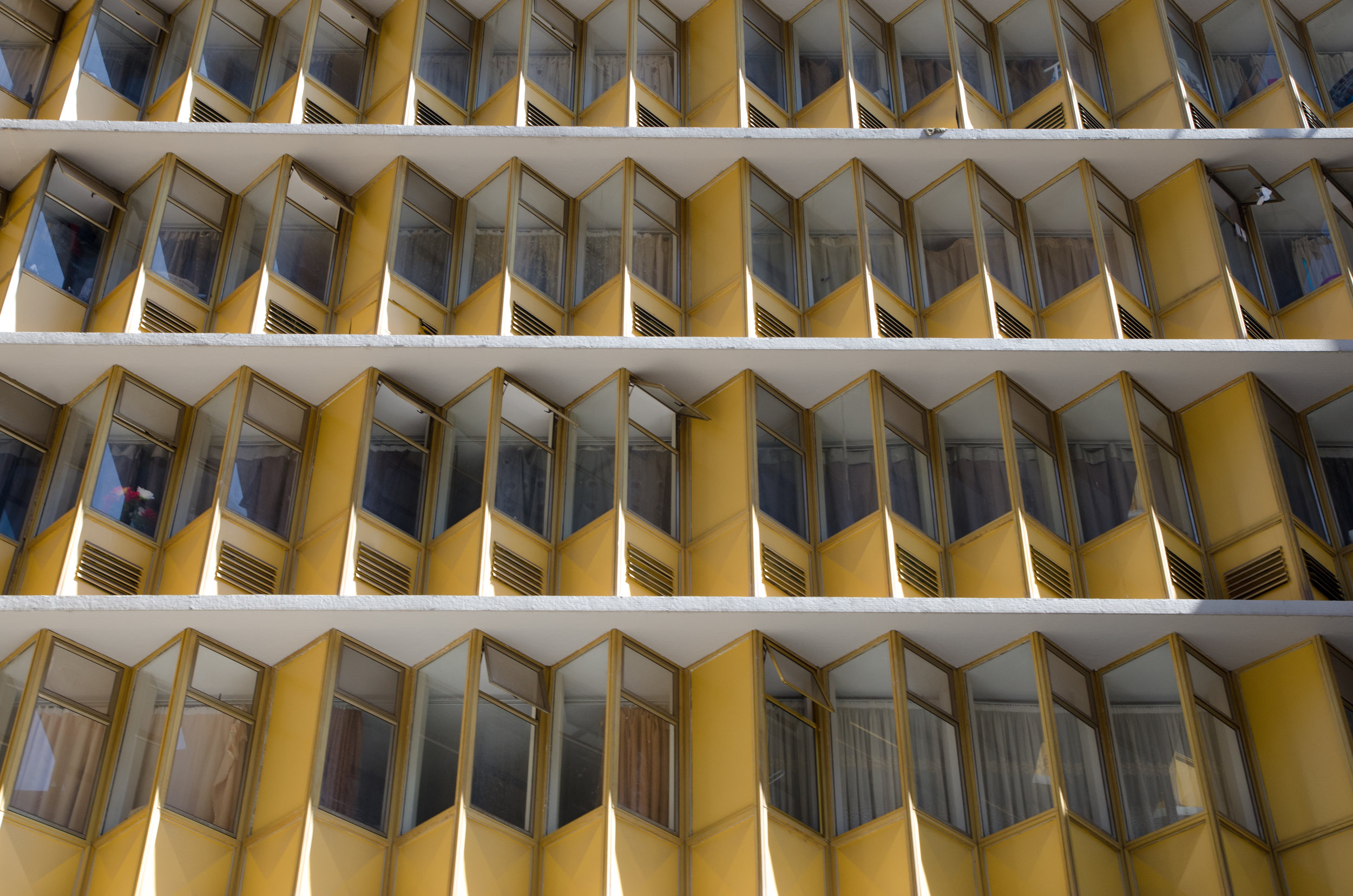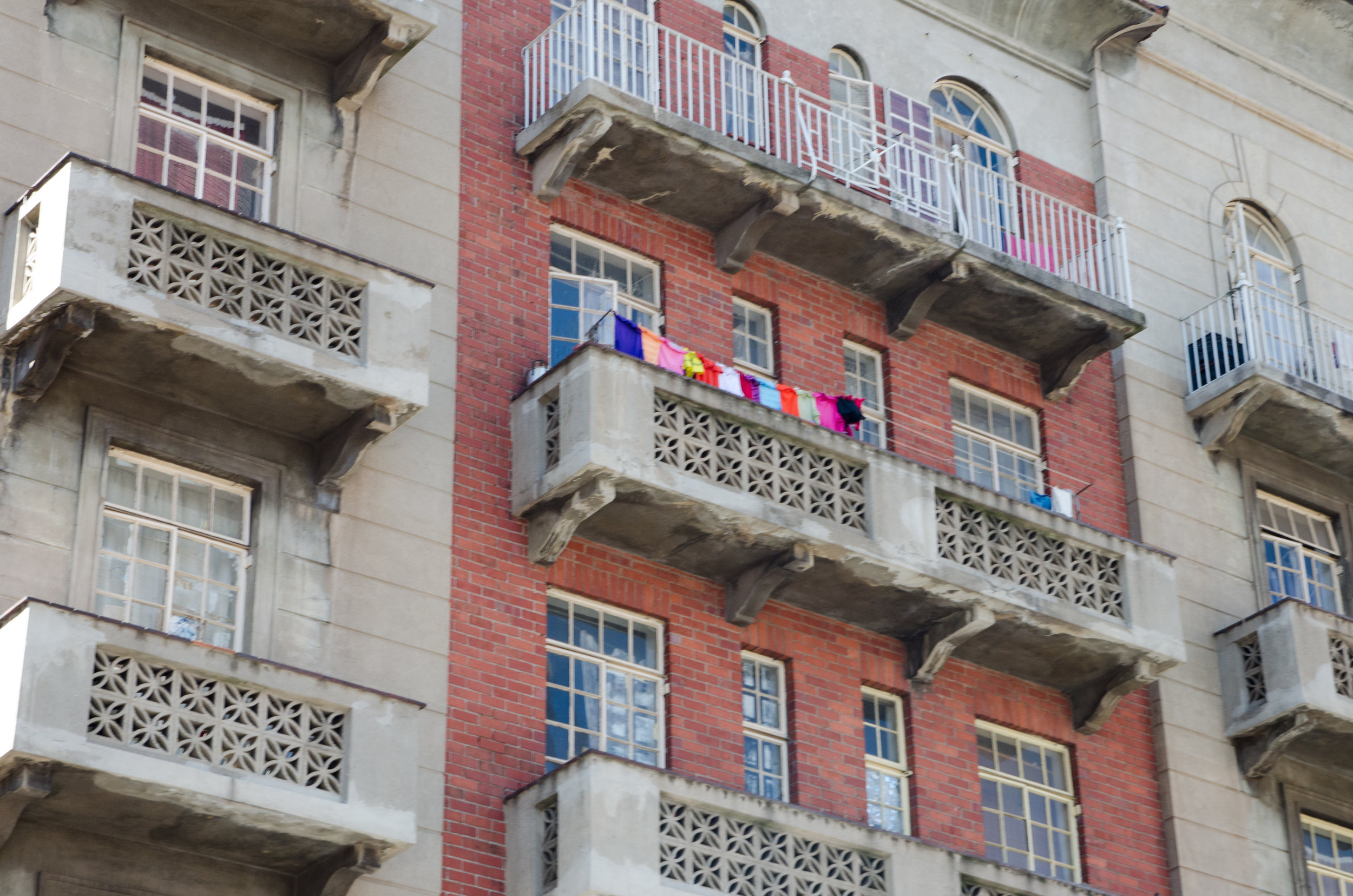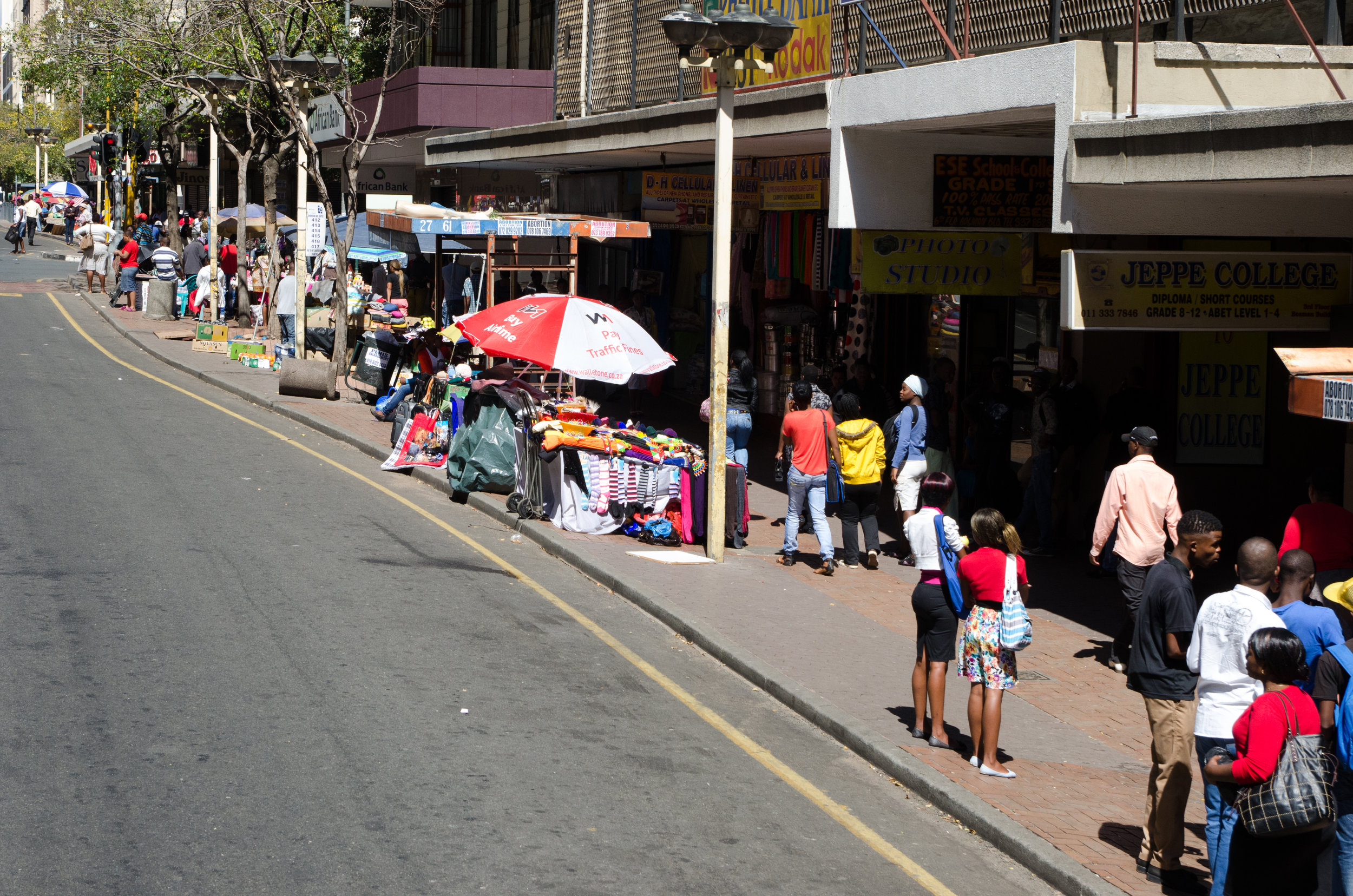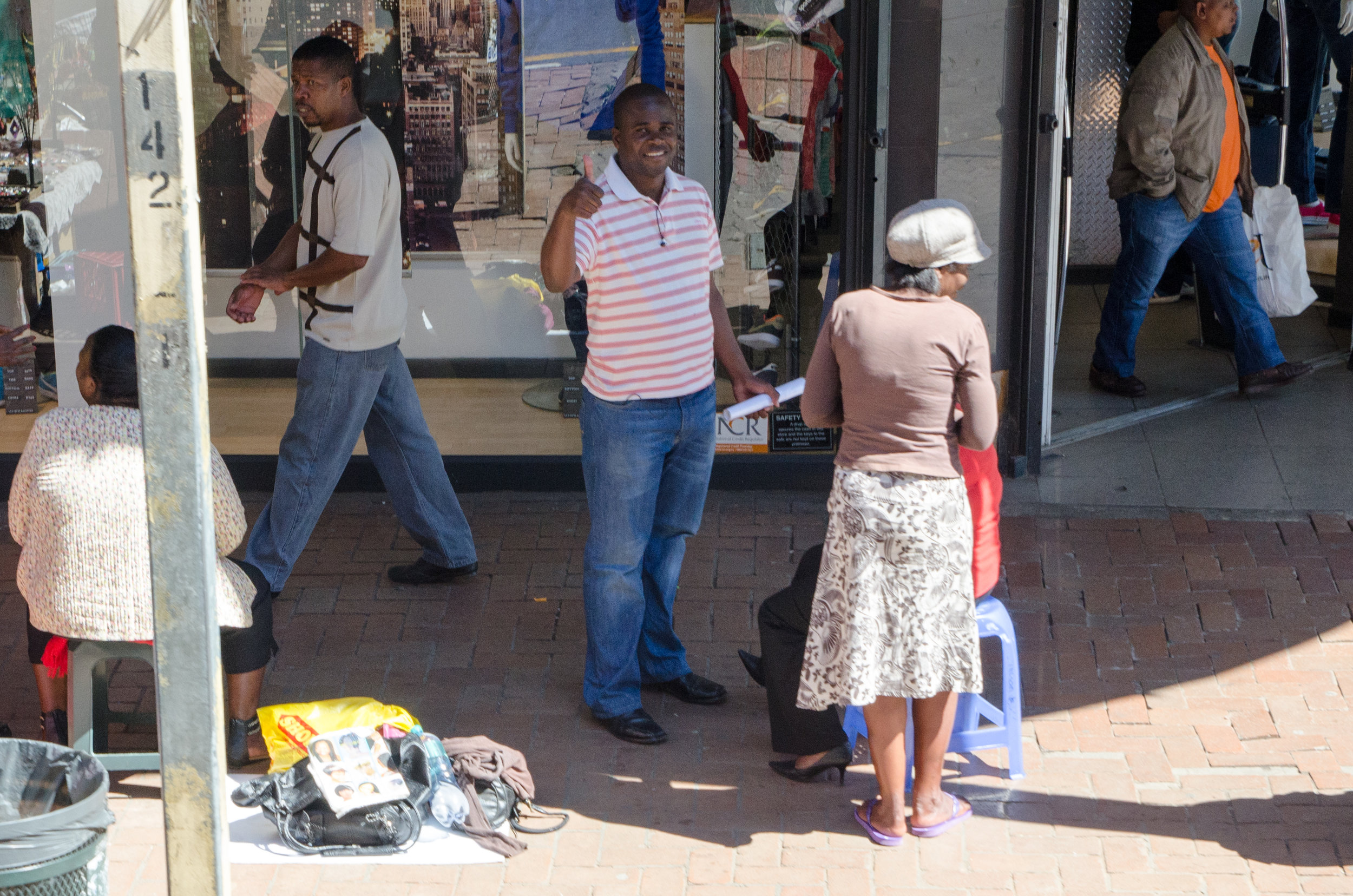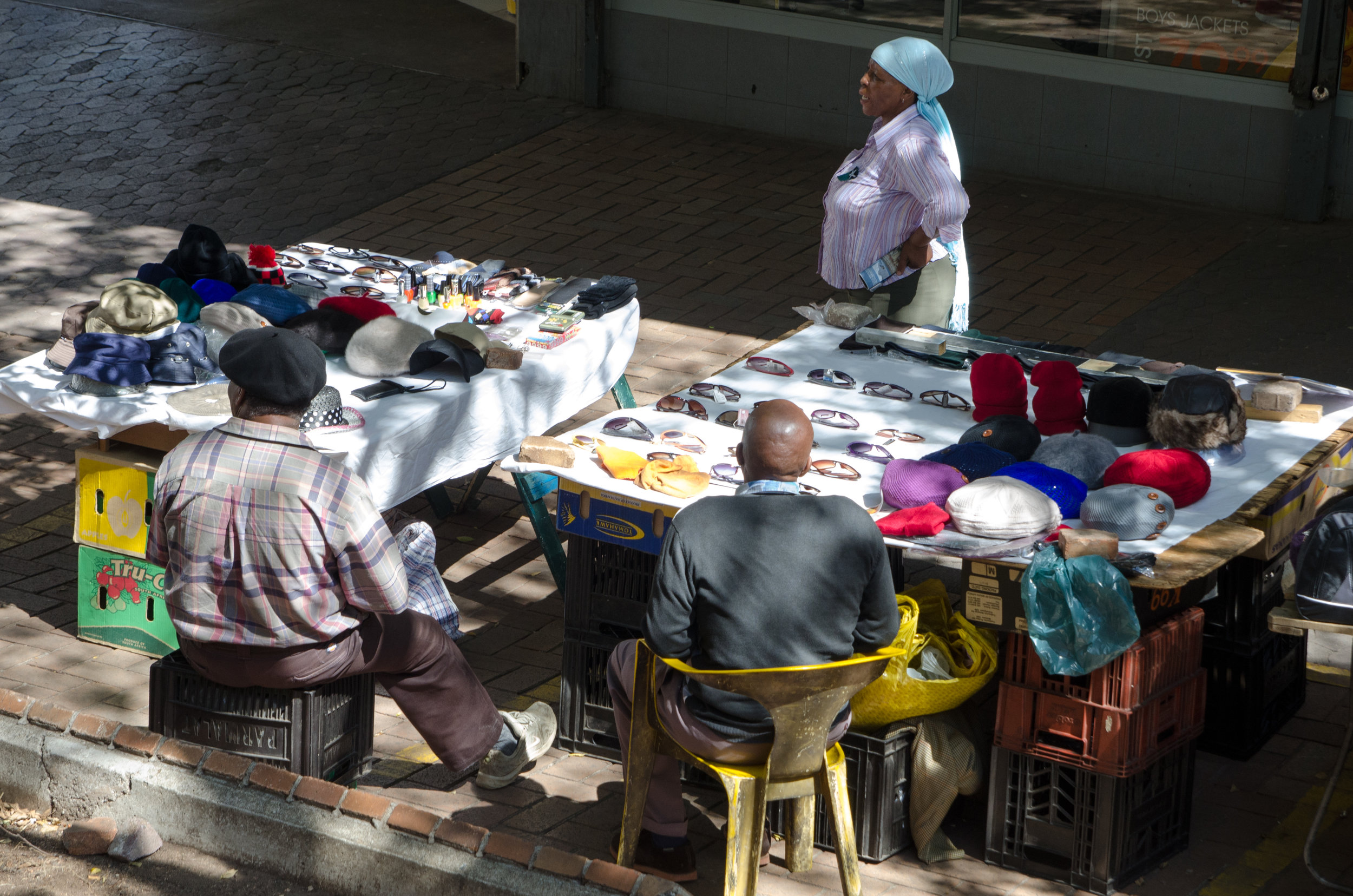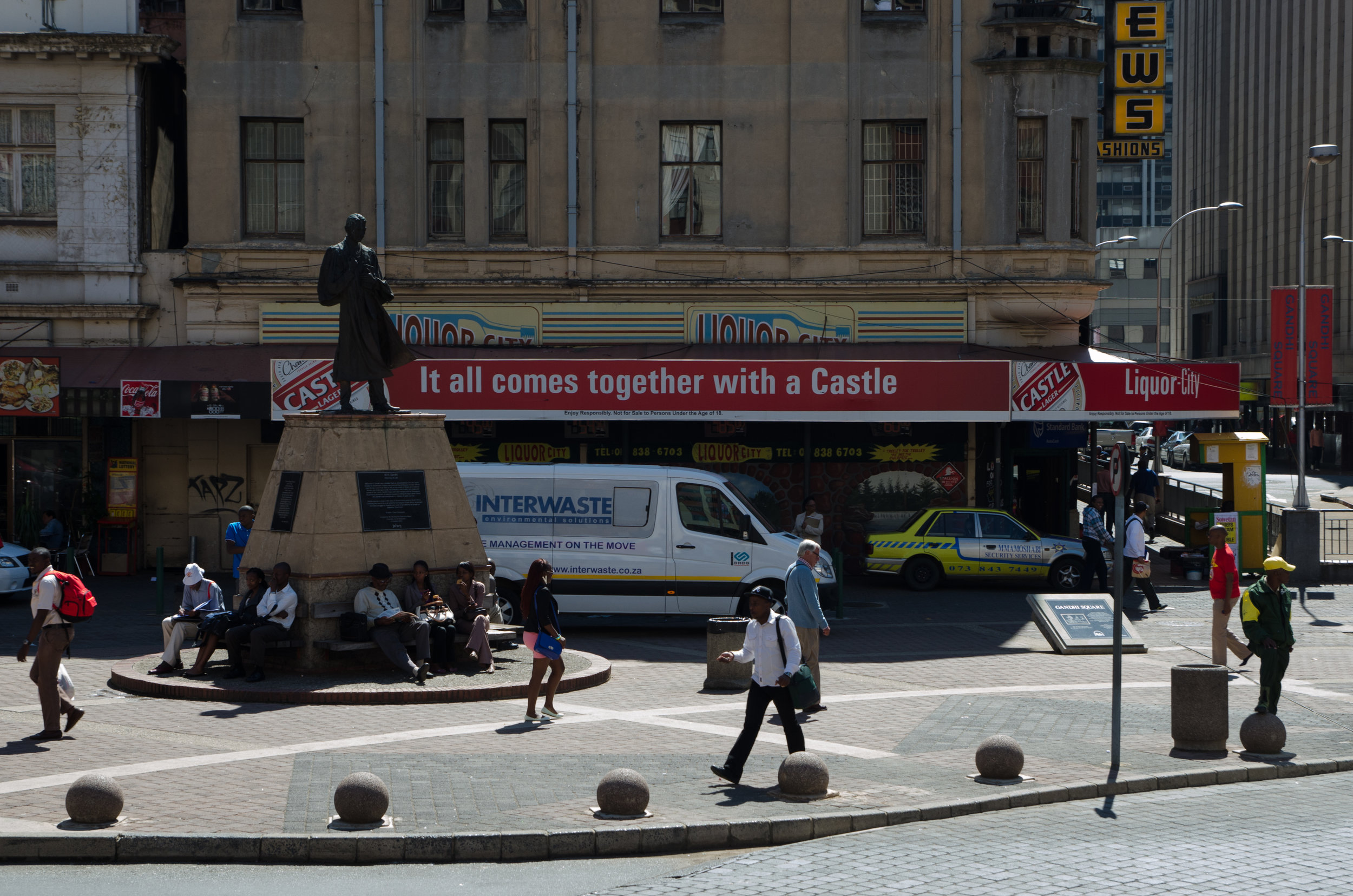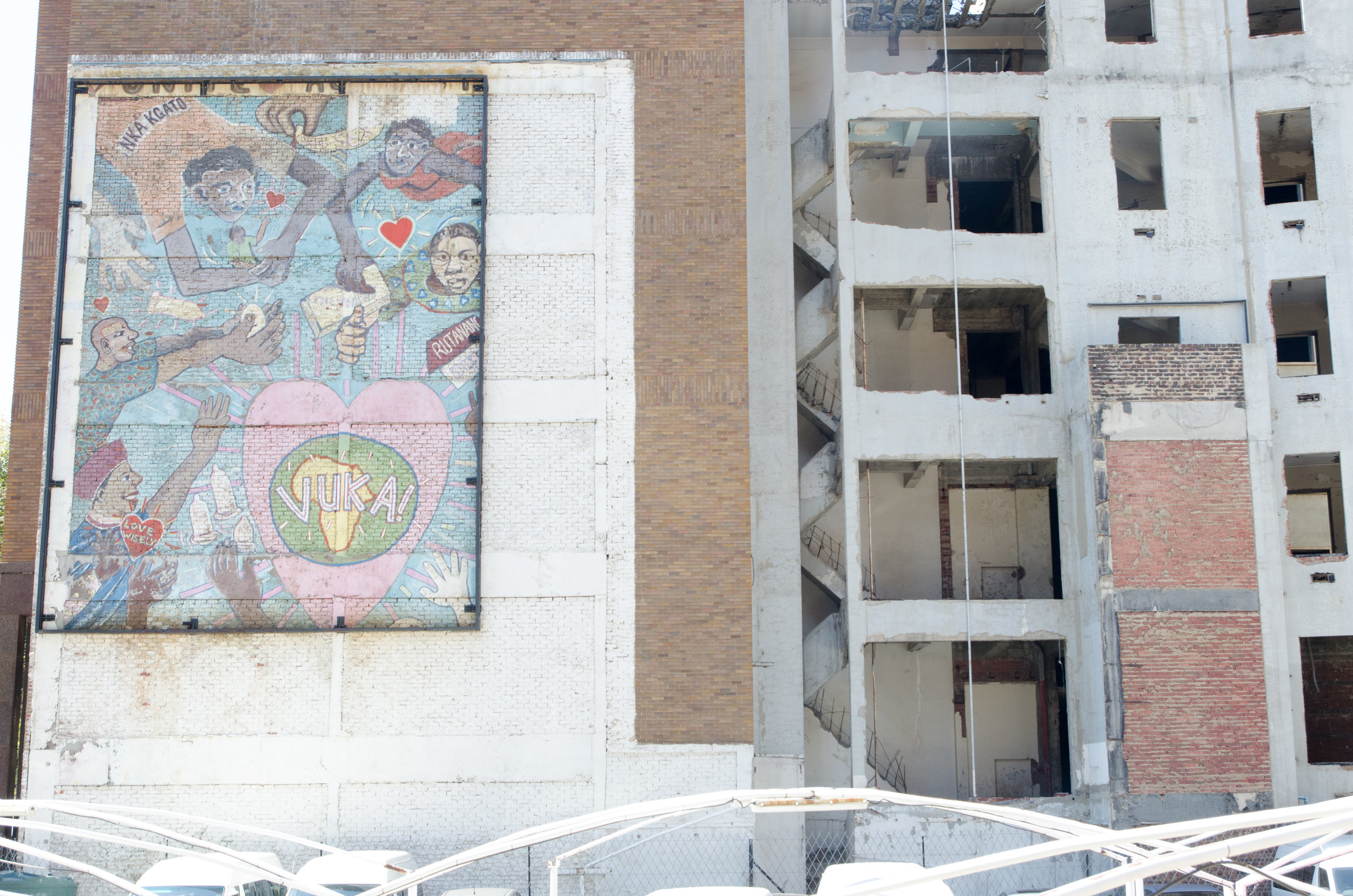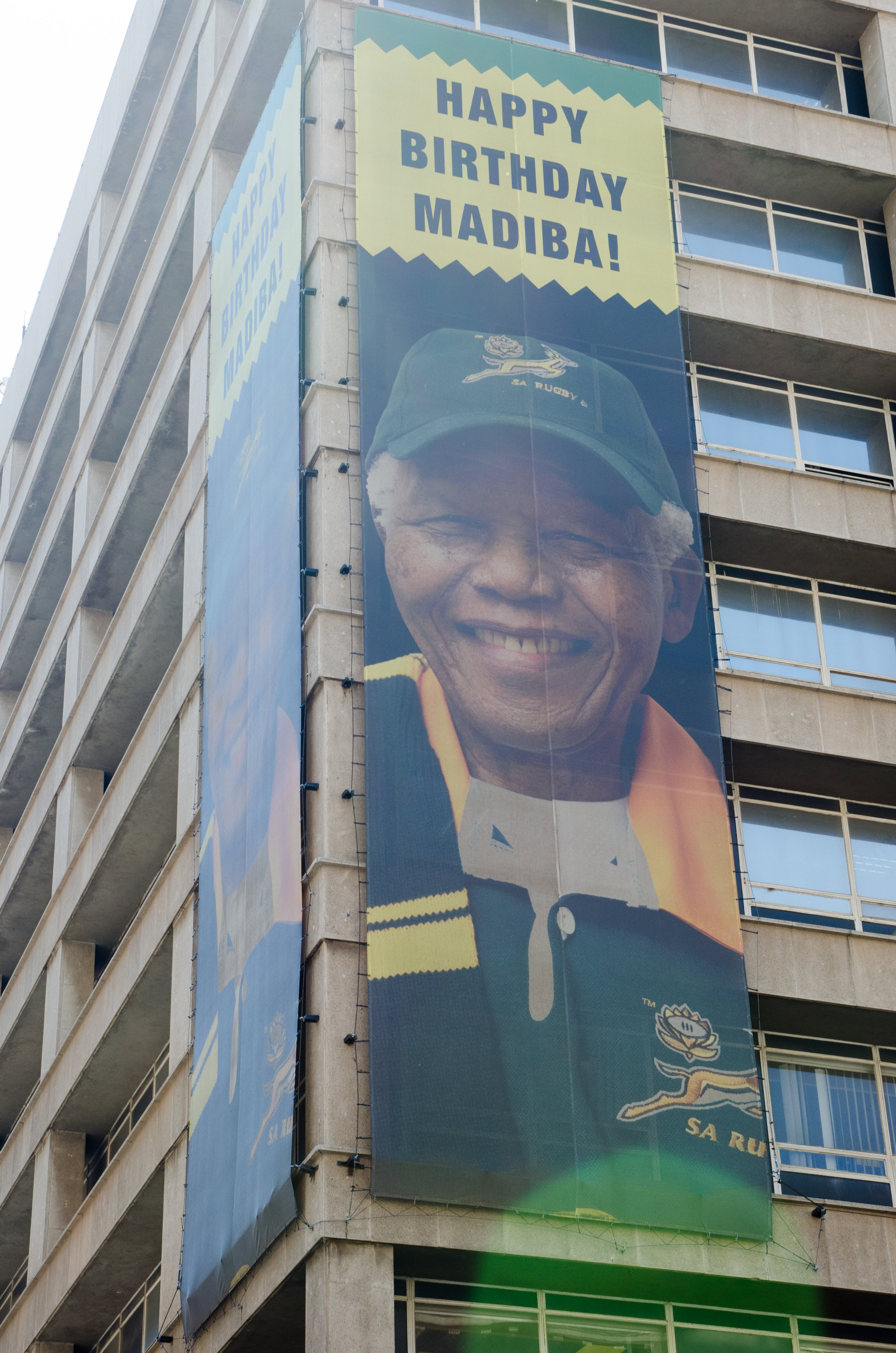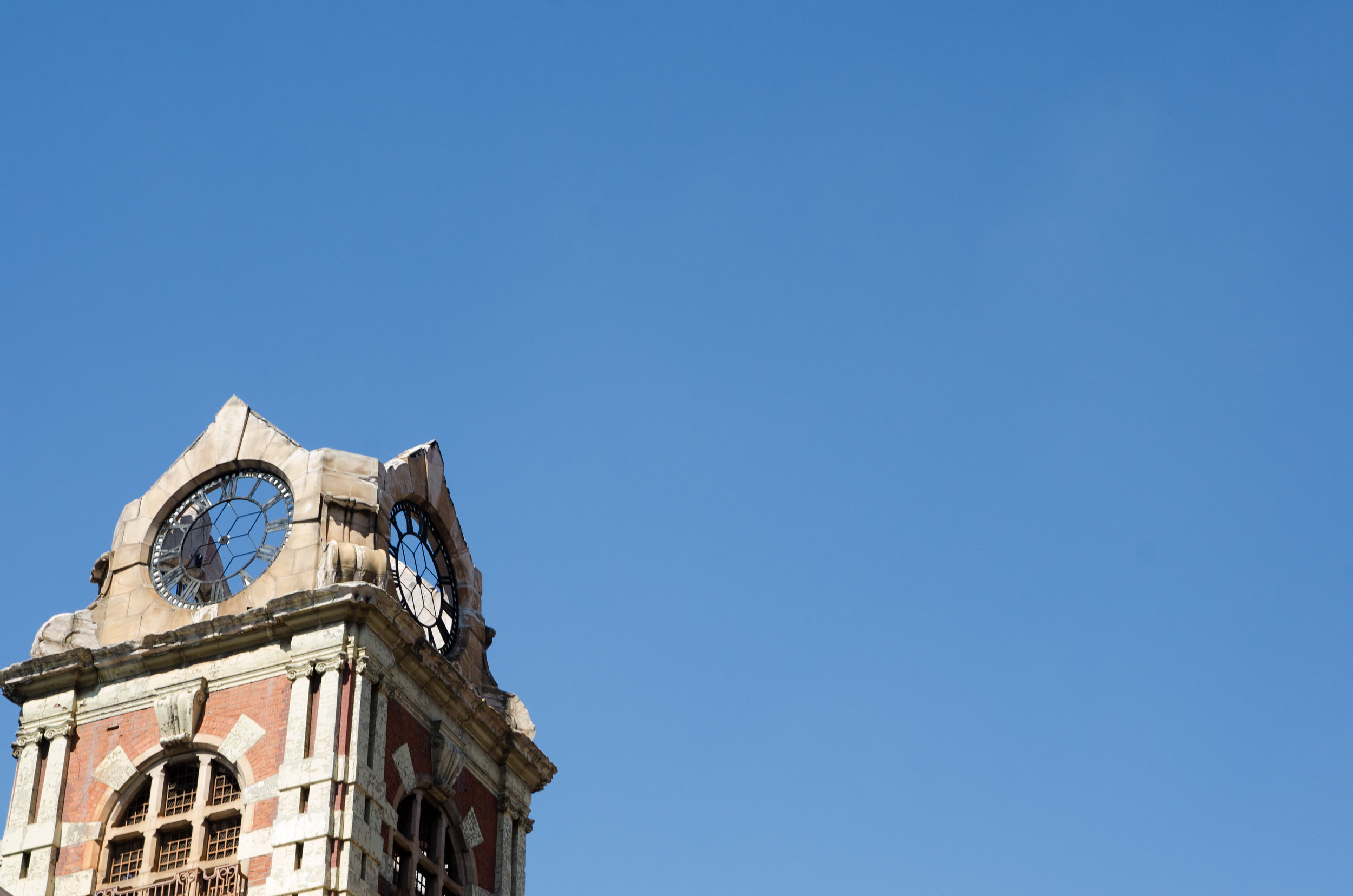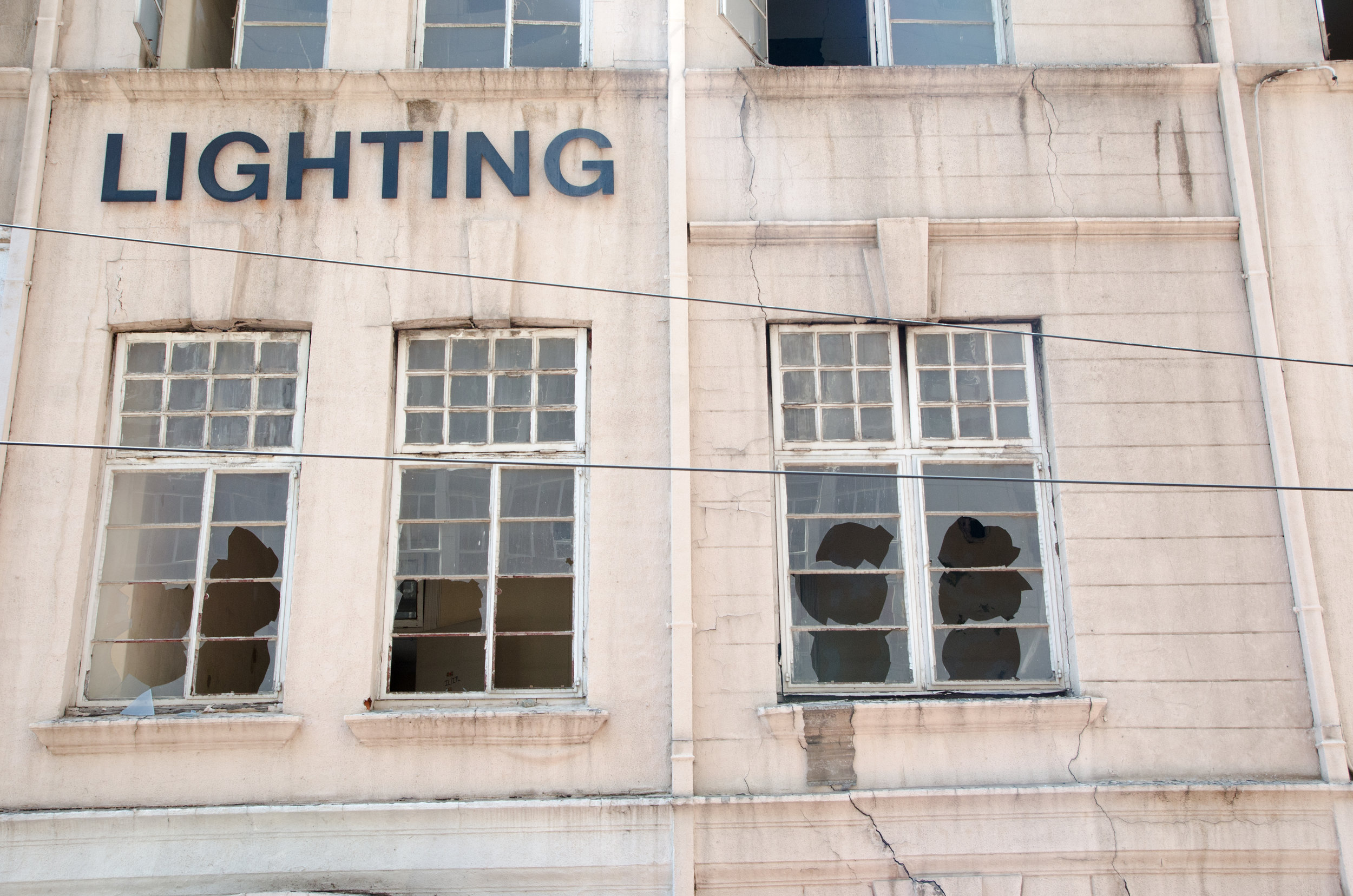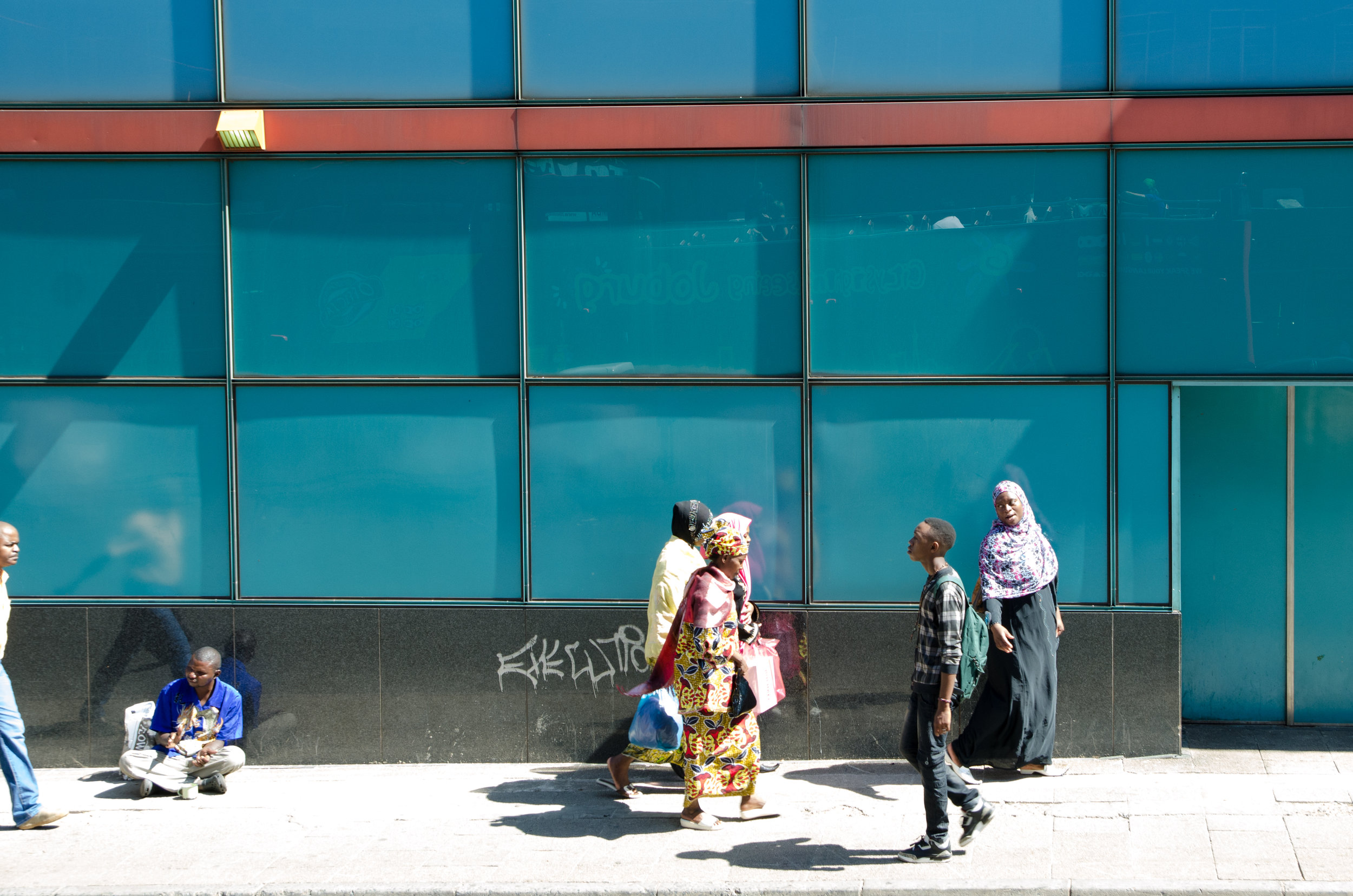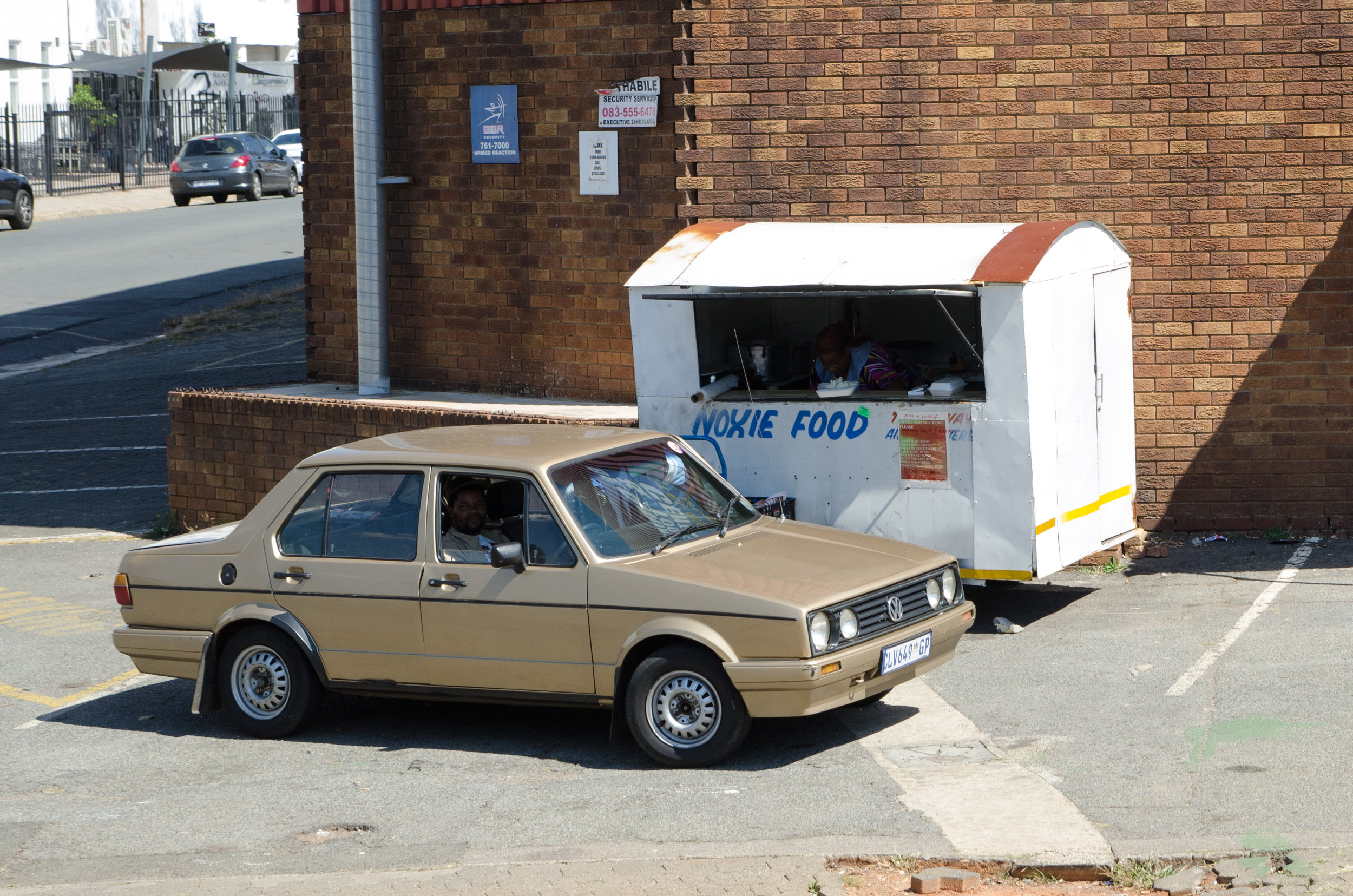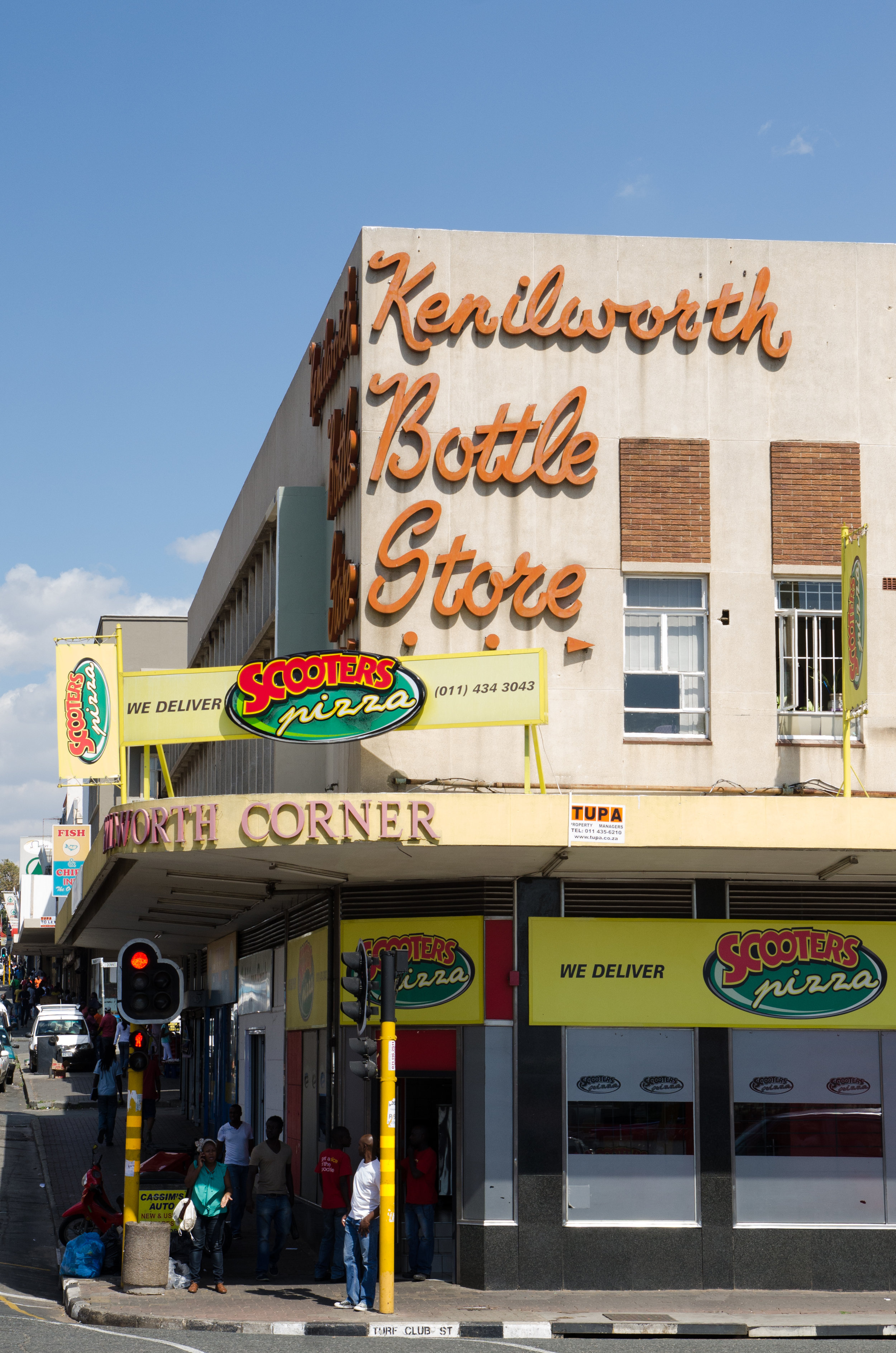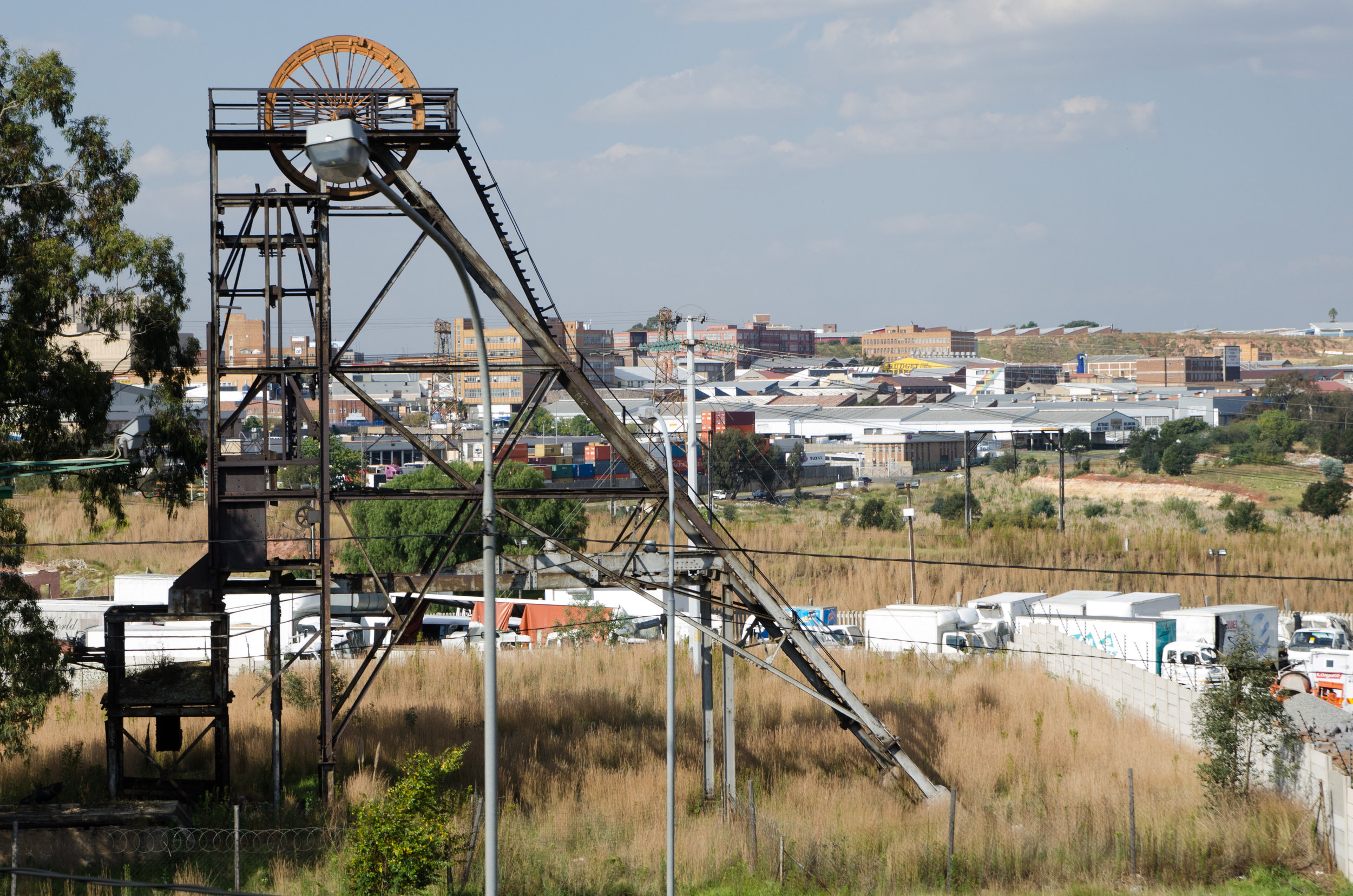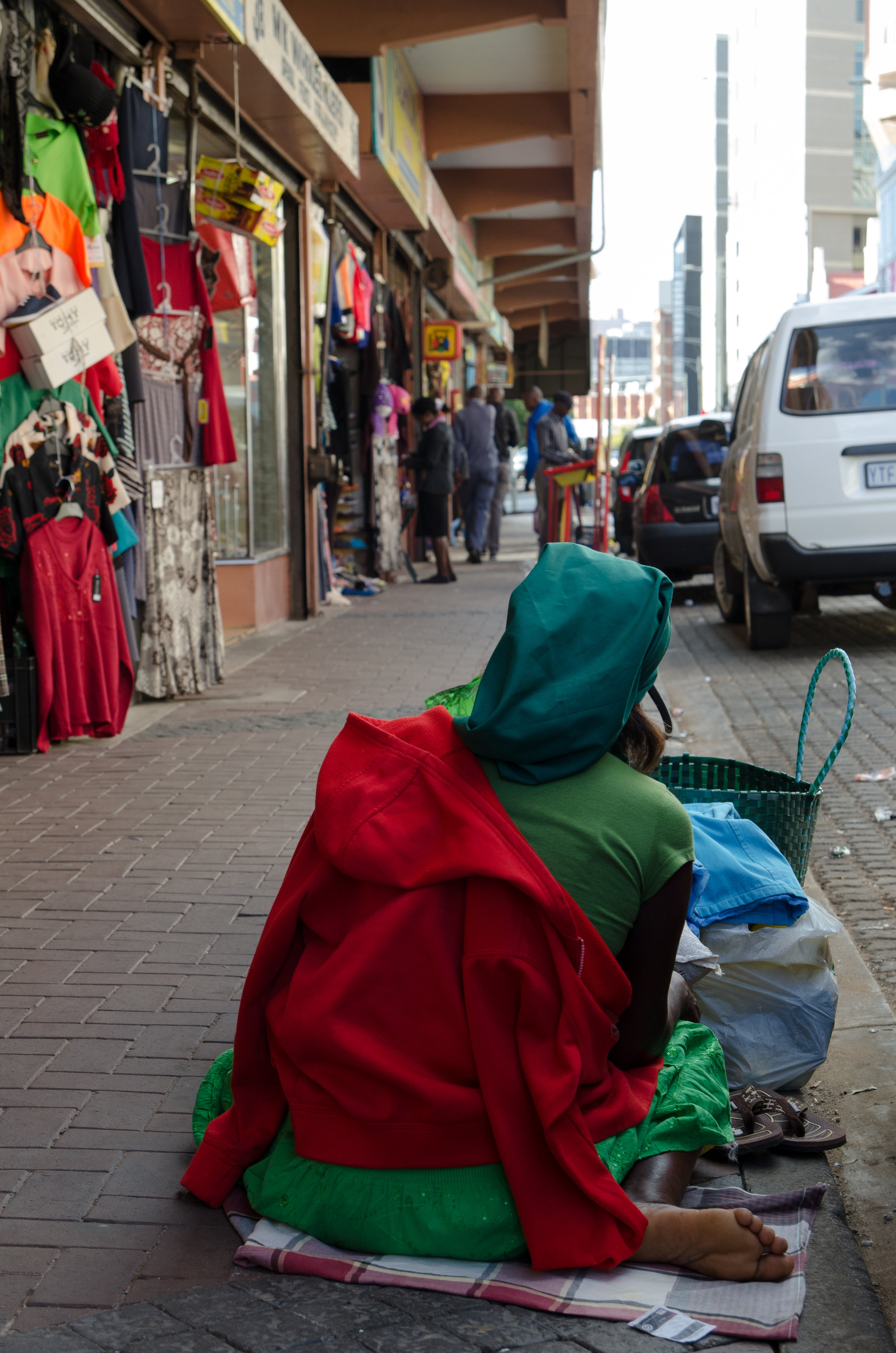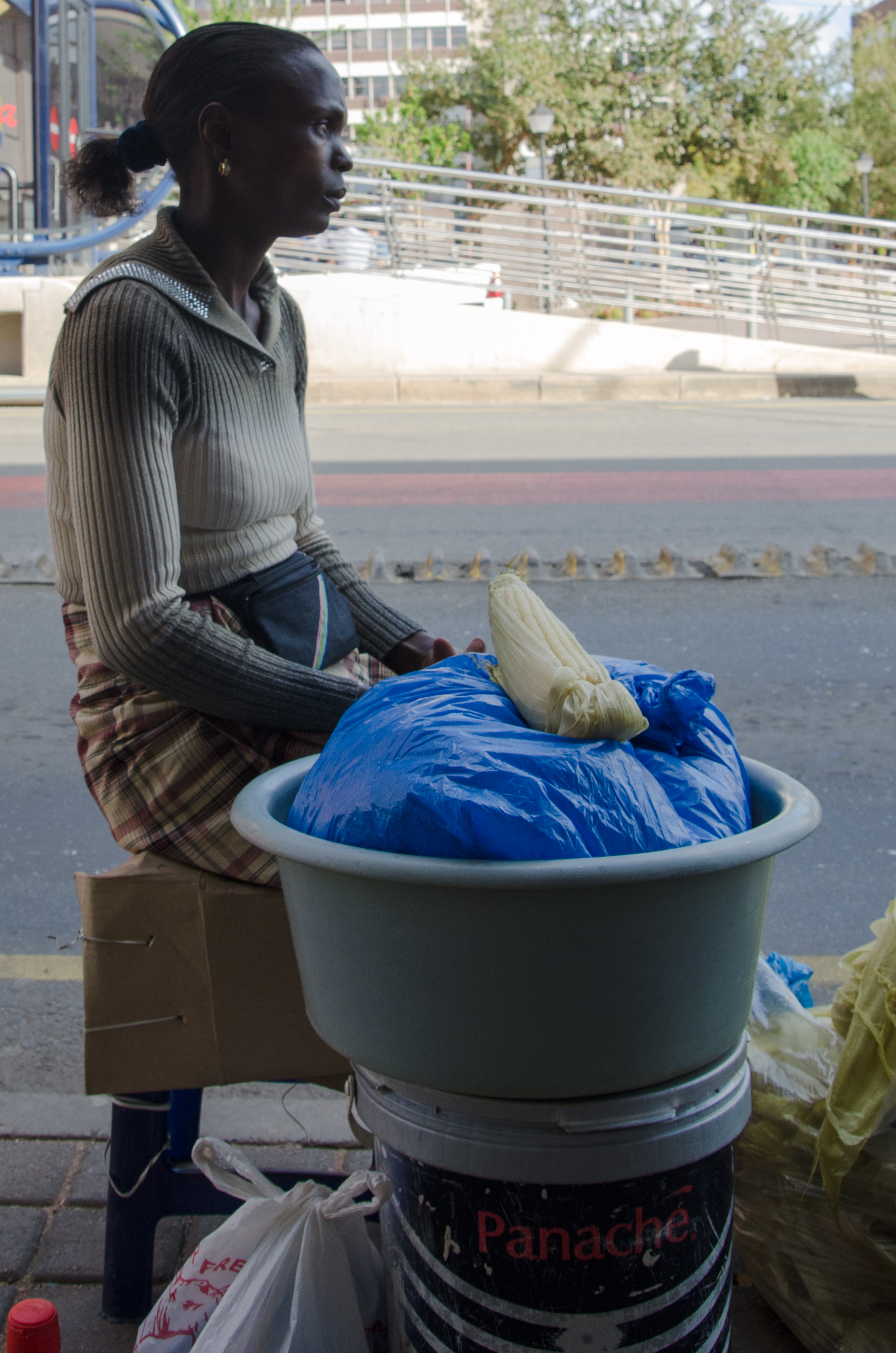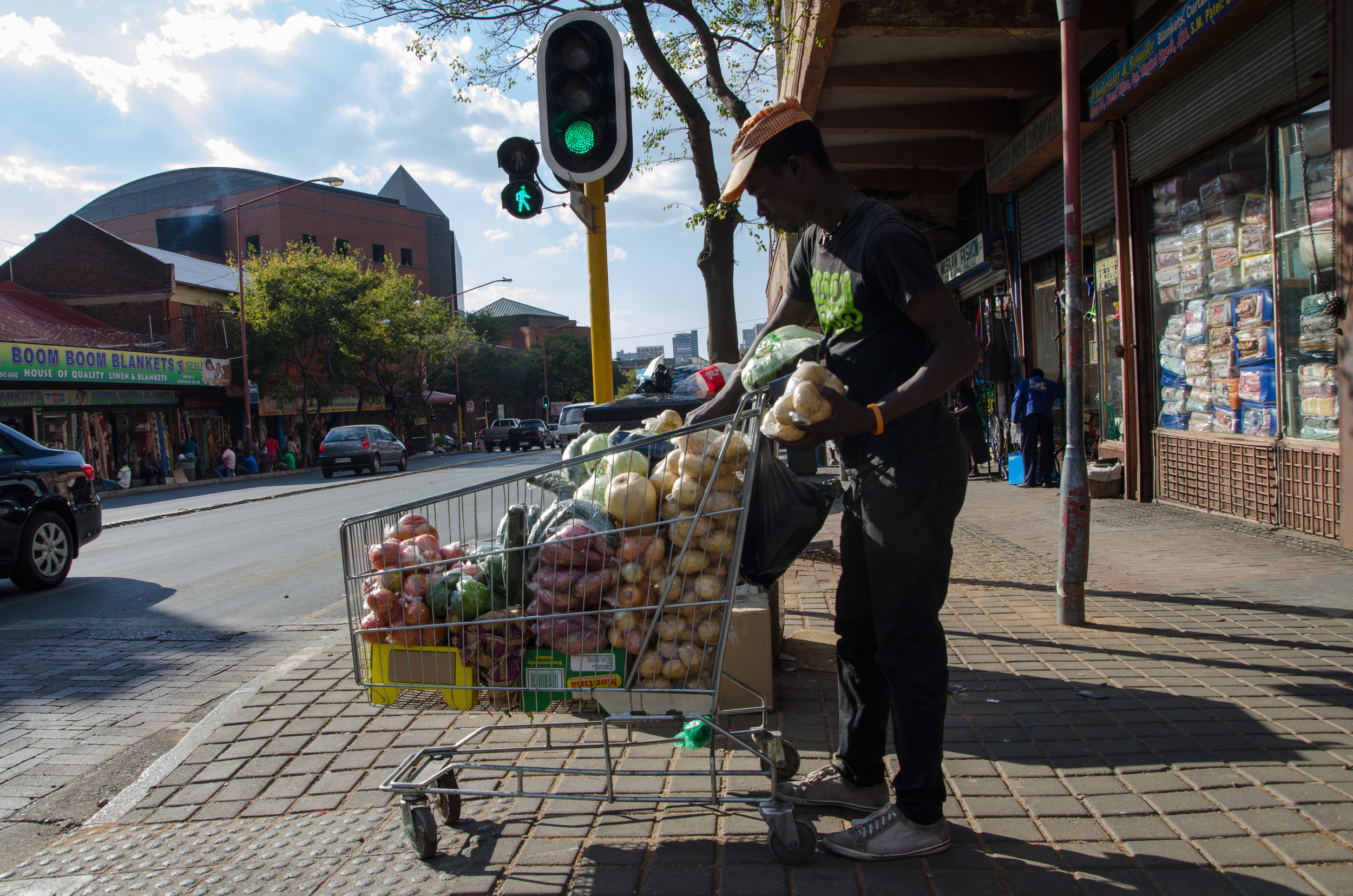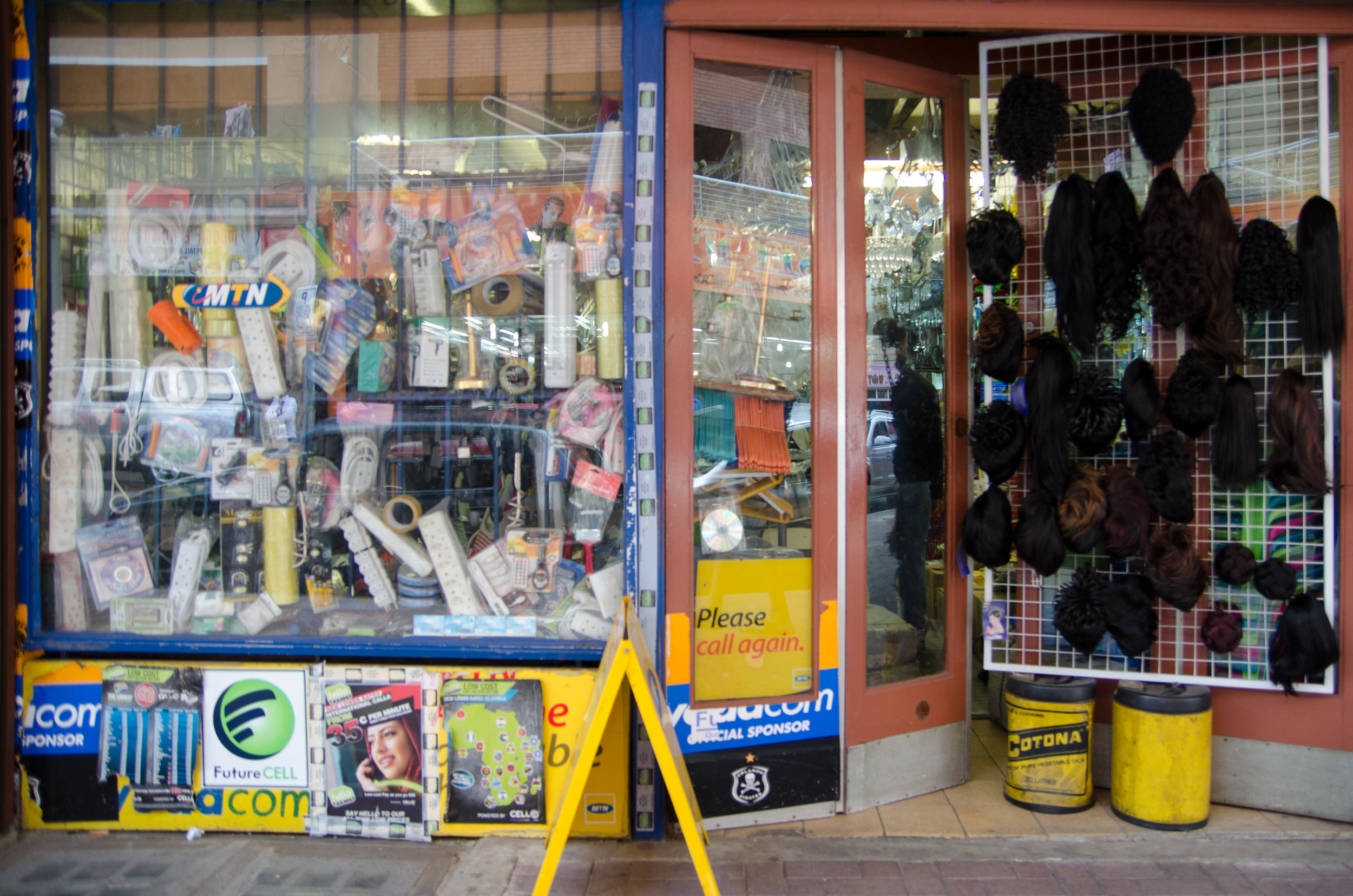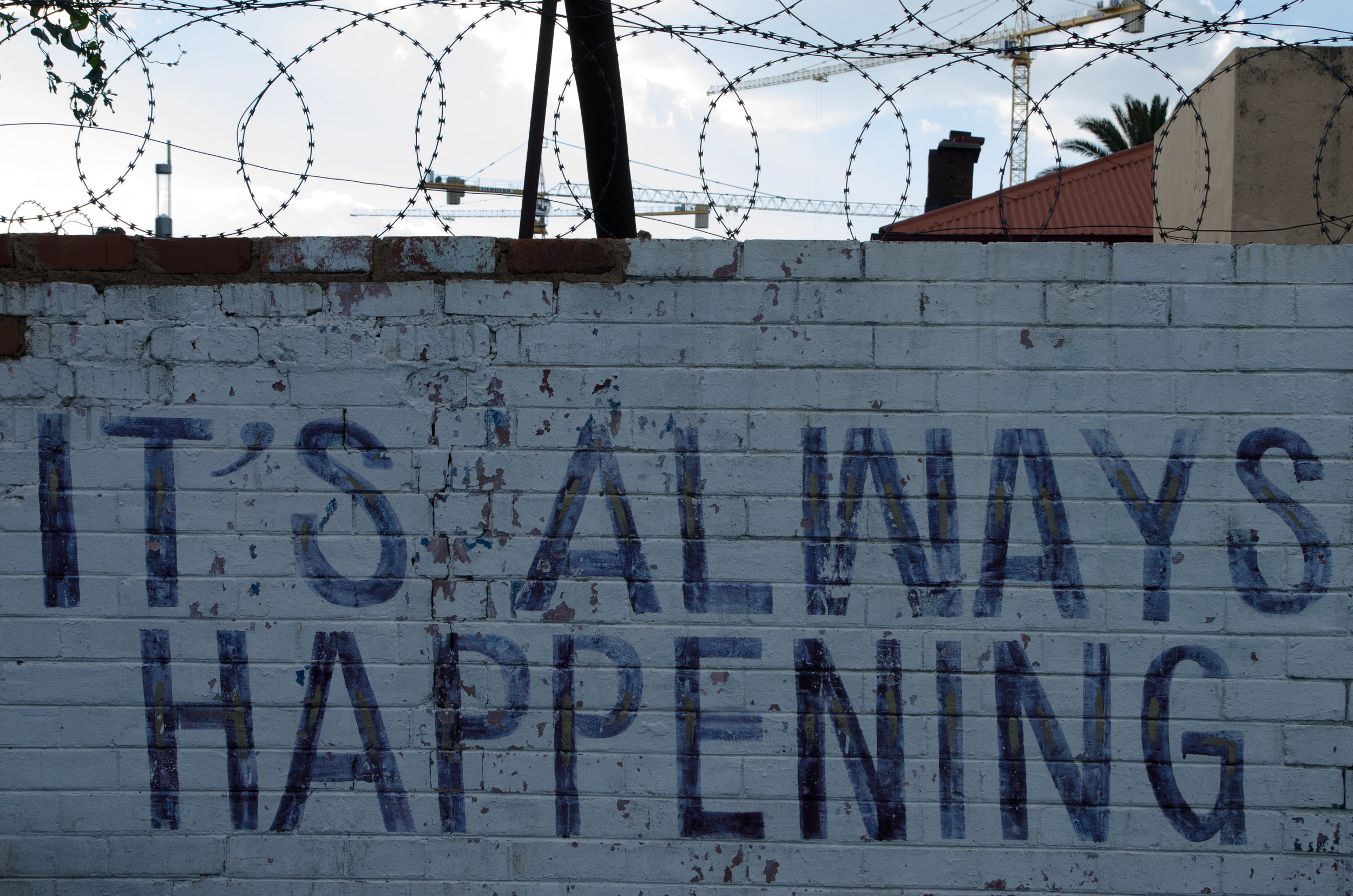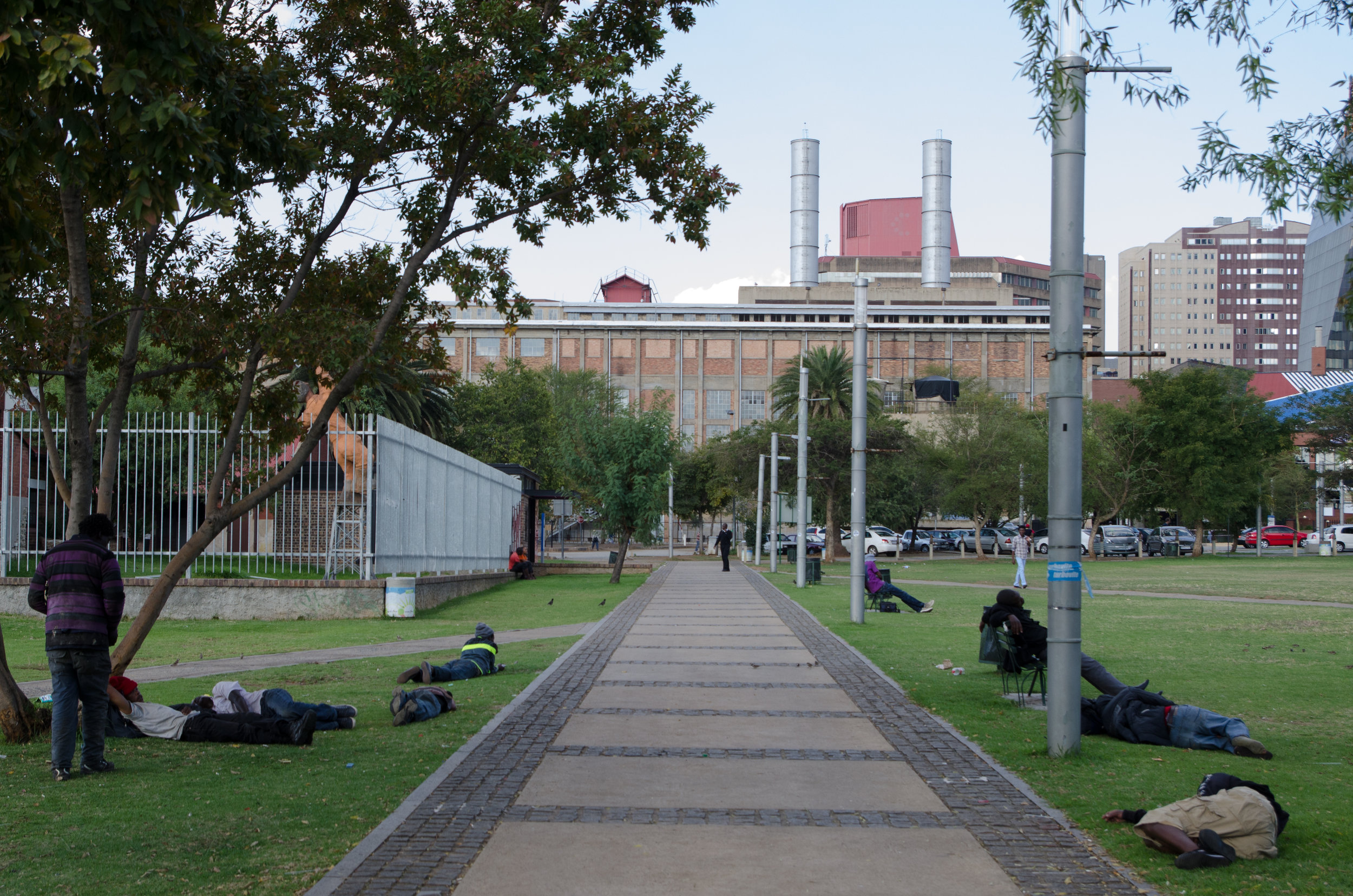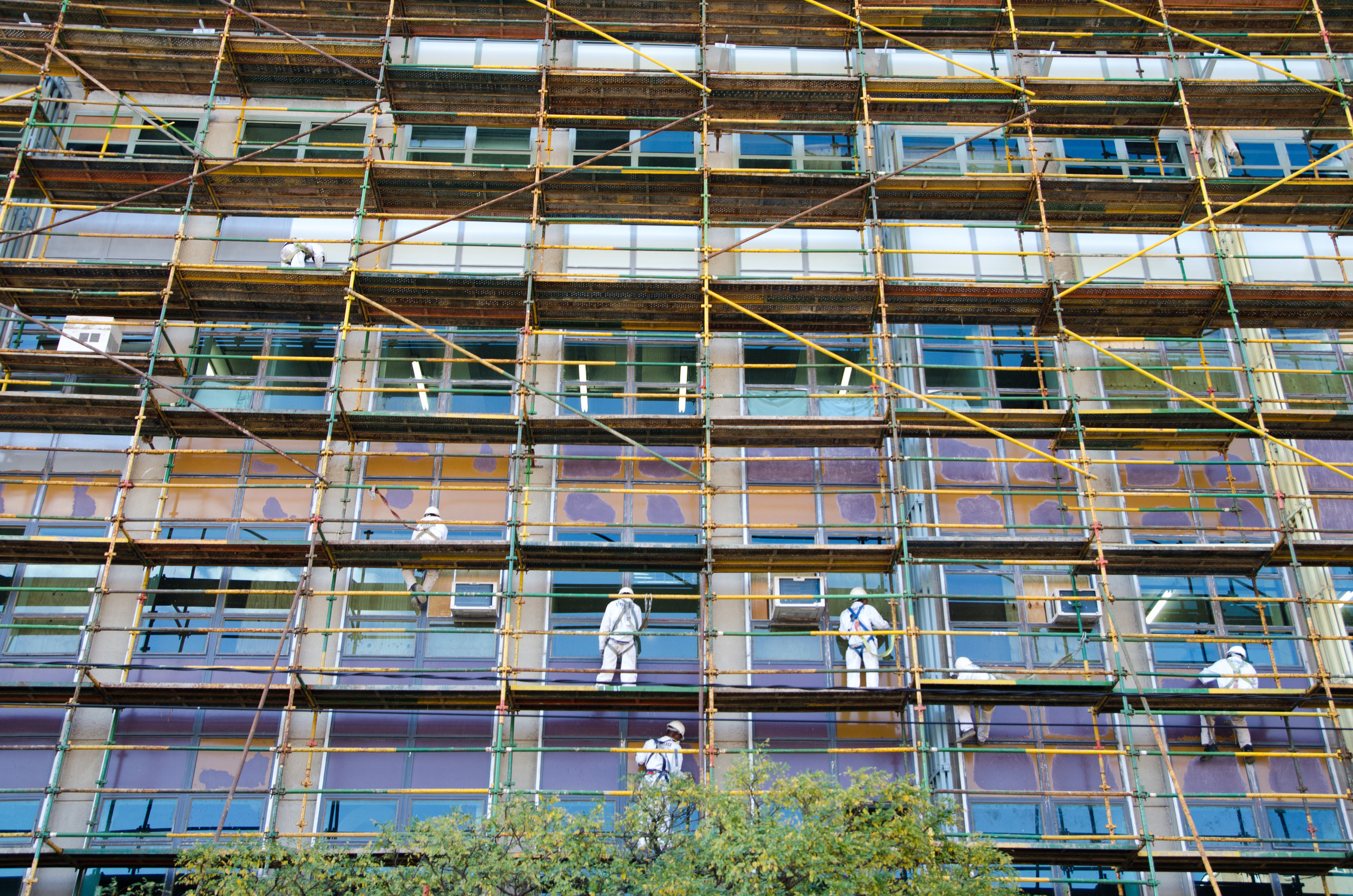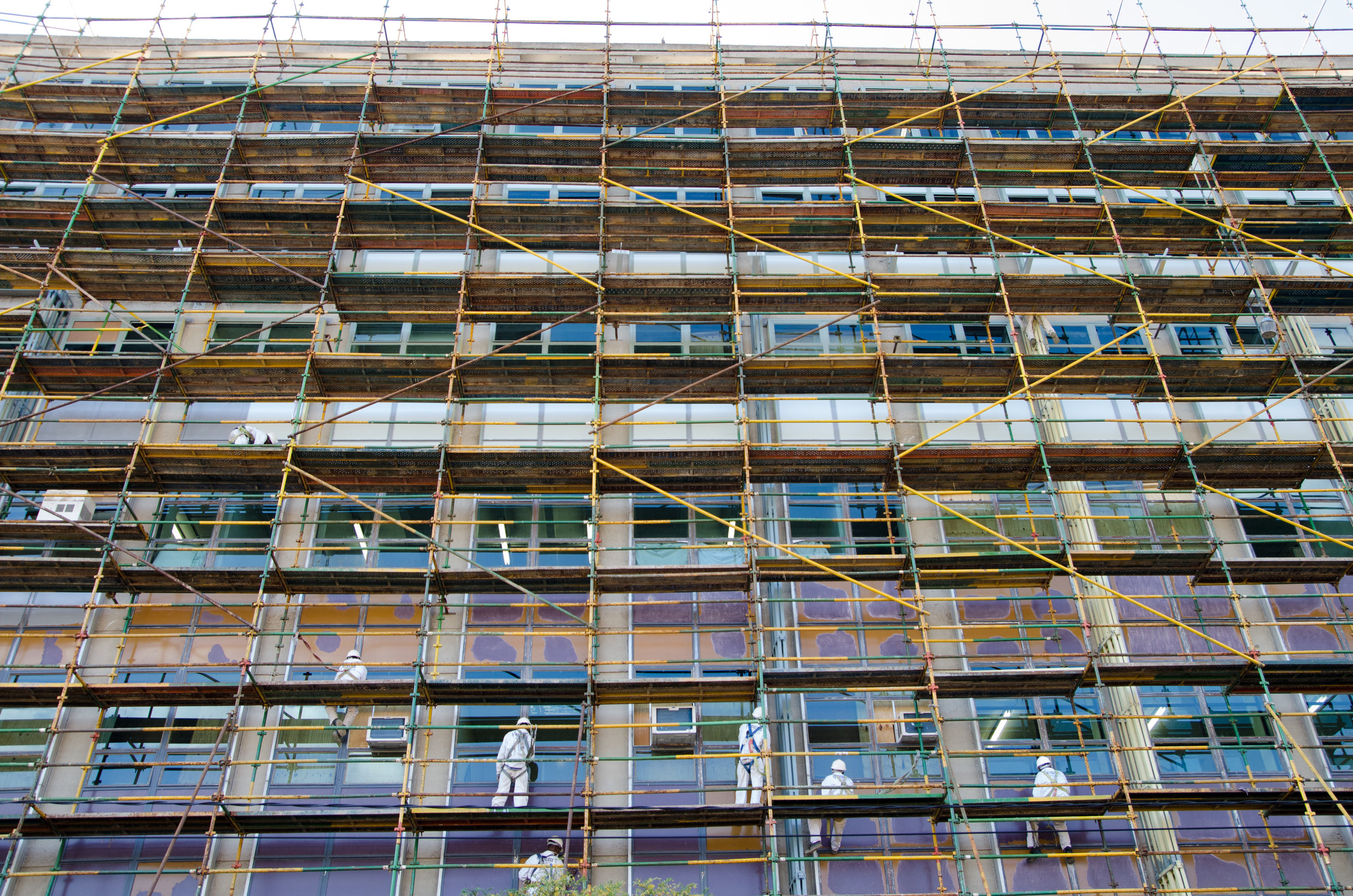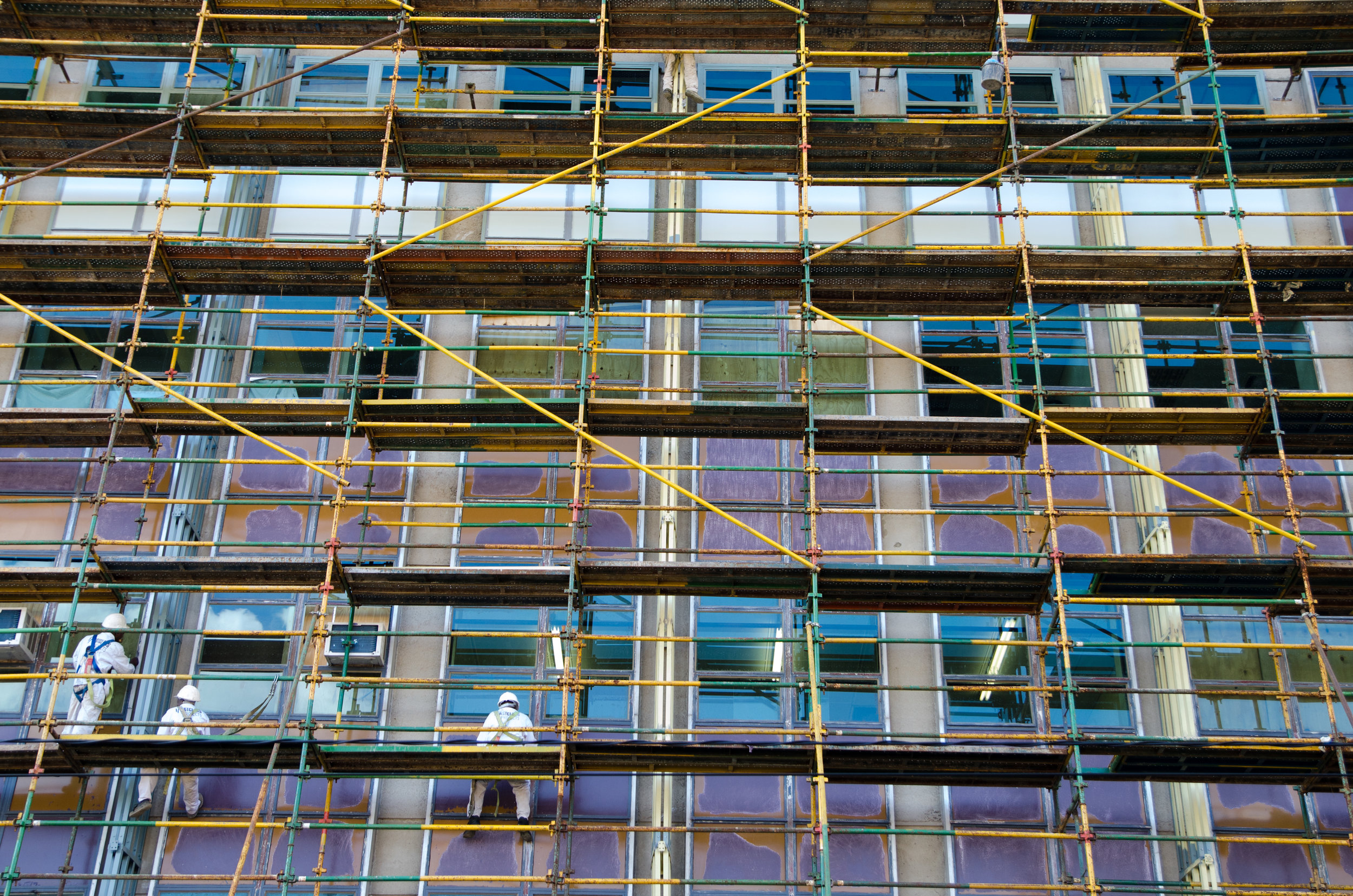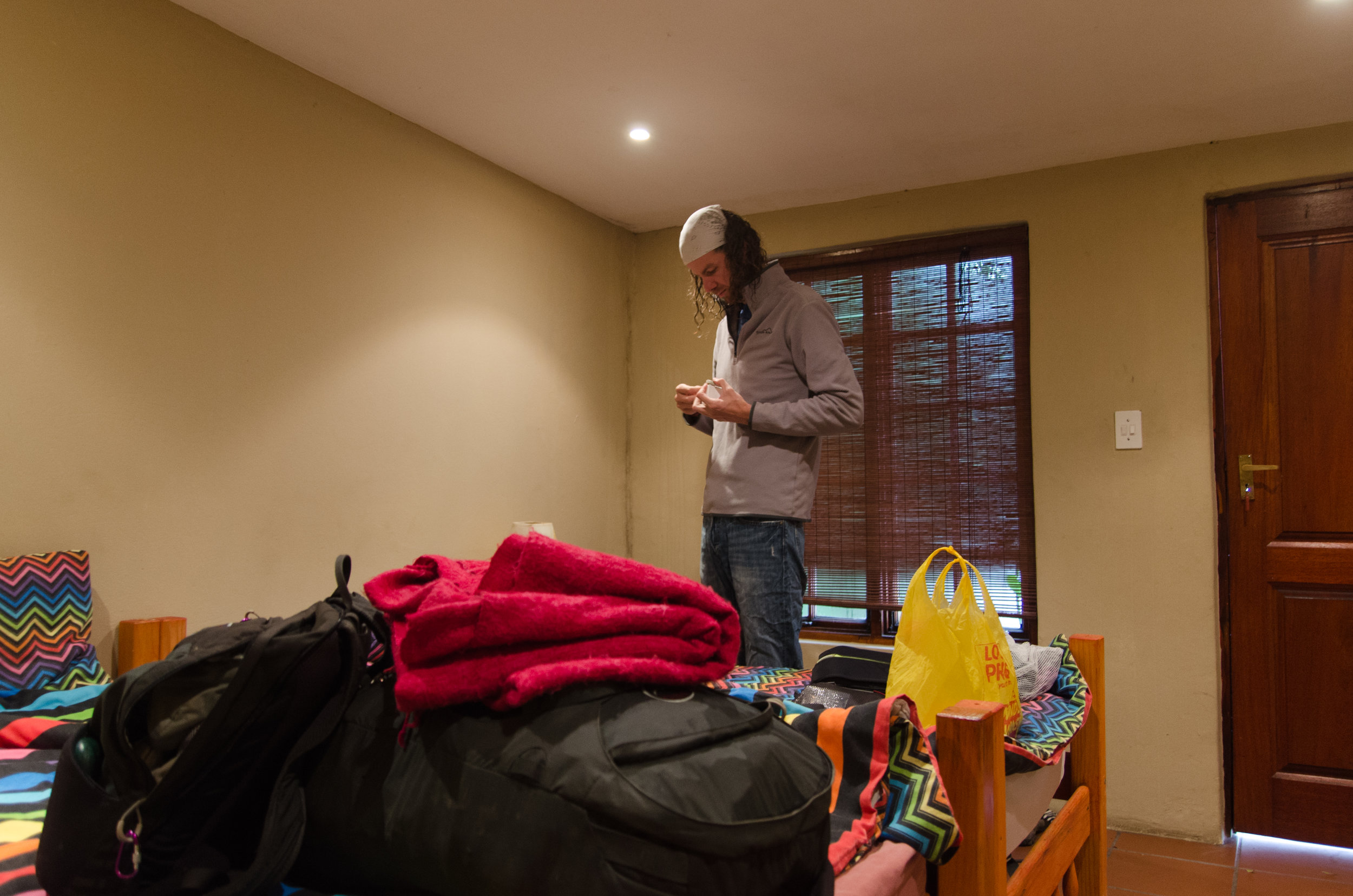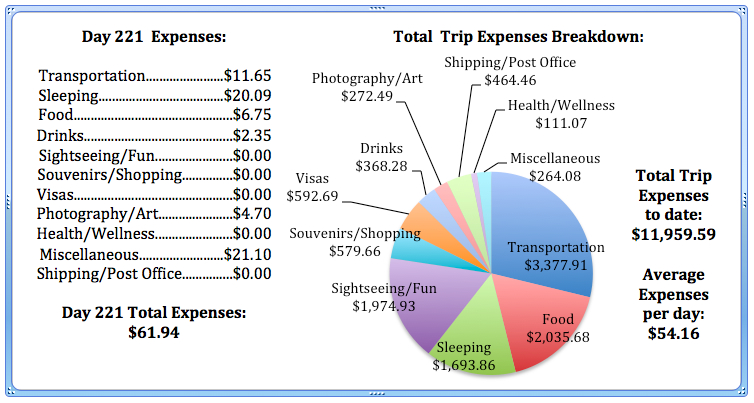Driving into Knysna we passed a rather extensive shanty town just outside of the city. Driving through the town to look at the fancy mansions or just smaller houses along the water reenforced our perceptions that there is a continued racial divide in South Africa. The shanty houses we drove past were minimal. stacked on top of each other. cringe-worthy. Not ten (I’m guessing here) miles away were huge houses that were seemingly empty. Vacation houses, Andrew suggested. None of them even looked lived in. A few maids (black people, in uniform, of course) were seen beating dust out of a rug or taking out the trash, but it was apparent that only white people lived here.
When we walked through town, a few people stopped to ask us for money. Andrew and I have tried to avoid handing out money. If we gave everyone something, we wouldn’t be able to continue this trip. That’s why we’ve tried to volunteer along the way, or give back in a other ways. It’s not always easy. I’ve caved and bought something from a child (or remember my five minute massage?). Andrew has given some small change here and there… It has affected us differently and at different times.
Whenever someone would stop us here in Knysna, they would hone in on Andrew. I’m not sure why. Sometimes they go for me. Sometimes they go for him. Usually, we try to be as polite as we can while not slowing down. As soon as you stop, it can be so much harder to get away. We don’t always know when it’s a scam or not either. Quite simply, it can be a toss up.
Today, a man came up to us a few blocks away from the grocery store we just visited and said something very softly to Andrew. The man practically ignored me, not in a rude way, more like one man talking to another man. I kept walking, figuring Andrew would eventually get away and catch up. I waited around the corner. and waited. and waited. Eventually, Andrew caught up and told me he needed to go back to the store for more bread.
“Is that all you gave him?” I asked slightly surprised that he gave him some of our dinner, yet also slightly surprised that all he gave him was our bread. We wanted to get so much more from the store- more vegetables, more cheese, some Nandos sauce, some ice-cream- but decided we didn’t NEED any of it, and in the spirit of trying to get our budget back down, we walked away from everything extra we wanted. Andrew looked a little shook up, but I didn’t press it, and we stopped in another store to pick up a cheap bottle of wine to go with dinner.
Which again, felt a little wrong. Andrew had just given away some bread to a man who clearly (unless it was indeed a scam) needed it. And we were still able to walk into a store and get a $4.00 bottle of wine. While we were in there we overheard a white South African girl calling friends asking what they were going to drink that night, asking if she should get more bottles or not. She circled the store, spotting her uncle’s label of wine and then complained (loudly) how expensive it was. Then with her two friends in tow, she ponied up to the counter, talking (still way too loudly) on her phone the entire time about their plans for that evening, and then walked out with two boxes of various wines. I could tell Andrew was uncomfortable. I could see it written on his face how bad he felt having talked to the man on the street, having only given away some bread, buying some drinks for himself, and then having to listen to a young, rich, white, South African girl unintentionally advertise how wealthy she was in comparison to the older, poor, black man outside.
We walked back to the hostel. Andrew told me the man had come on a boat from the Sudan and he was trying to find other Sudanese people that he knew about in Knysna, but all of the truck drivers were asking him for 100 Rand (basically $10.00) and he didn’t have any money. He said he hadn’t eaten in two days and he couldn’t find any ‘familia’ around to help him. Andrew said that the man was in tears, he looked really scared. His voice started shaking and Andrew could tell he was trying not to cry, but he couldn’t help it. Andrew admitted that it could have been a scam, but if it was it was a damn good one. He had never seen someone look so scared and helpless before. I could tell Andrew was conflicted, wondering if he should have given the man more or if he should be satisfied for what he did give him or what if it WAS a scam…
Tired from a restless (slightly sleepless) night in the hostel, I had planned to take a nap. Andrew paced back and forth, clearly still upset as he thought about the man on the street.
“Do you want to lay down with me?” I asked, knowing that would make me feel better if I was him as I climbed into my bottom bunk that I couldn’t even sit up in. He nodded and climbed in after me. We’ve gotten remarkably good at squeezing into these bunks that are entirely too small for two, let alone when one of us is so tall. I wrapped my arms around him and fell asleep. I woke up to him still in my bunk looking at his computer, telling me he was going to run back to the store for more bread. When he returned, I asked if he saw the man on the street again. He didn’t, and perked up over a beer and a brai that night.
